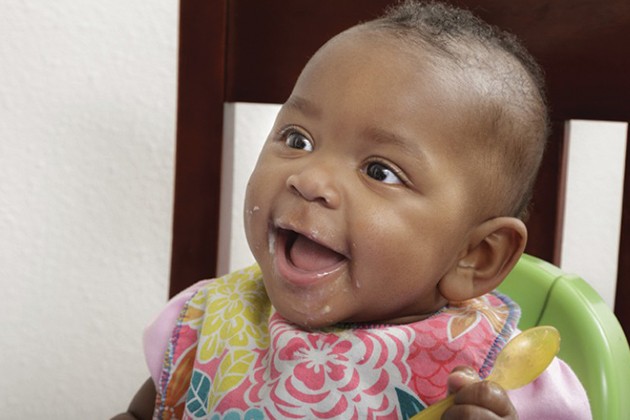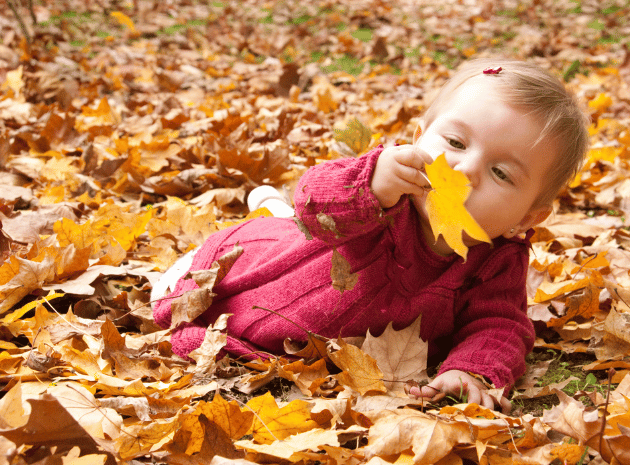
13218307041
www.IncredibleKids.com Incredible Babies Fun for Ones Incredible Ones
Incredible Babies
Welcome to parenthood! There are many different ways to raise and parent a child.
We’re here to help you discover the most effective parenting path for your family.
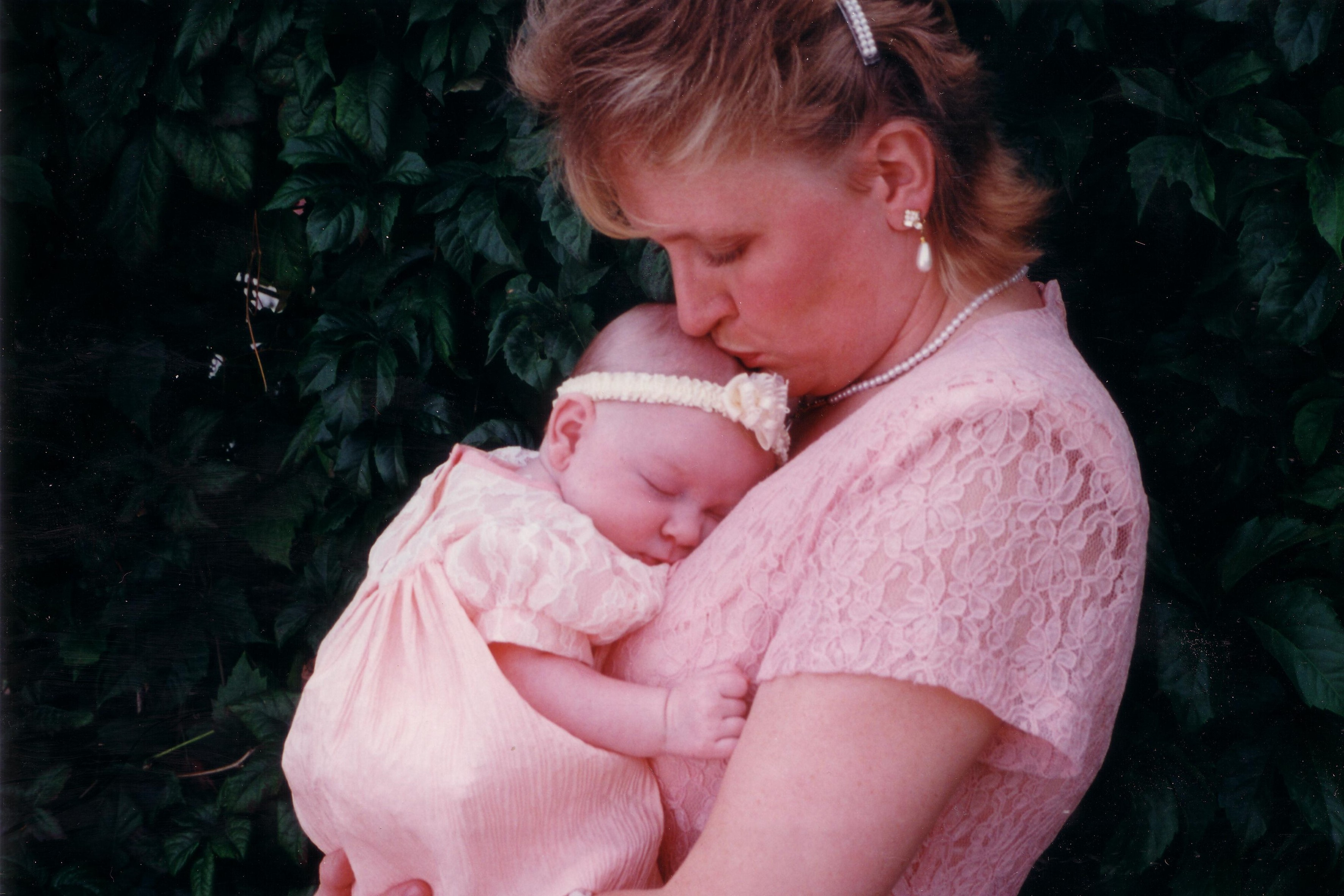
Pick and choose what’s important to you and your family and do only those things first. Pass up on what’s not necessary during this time. It can be hard to let things slide and it may give you more work eventually (I’m specifically thinking of laundry).
However, your state of mind is more important than clean laundry. Remember that dirty shirt I wore two days in a row? That’s okay. Give yourself a break and some grace.
It’s also important for us to evaluate our definition of parenting. Parenting isn’t doing the laundry or cooking dinner. Those are things we do because we’re adults, but they aren’t actual parenting.
Parenting is how we treat our children. It’s teaching them instead of punishing them. It’s giving them hugs and kisses before bedtime. It’s making them feel safe after they have a bad dream. It’s helping to patch up boo boos. Parenting is love.
Parenthood can easily squeeze the life out of you. Our sweet children can easily make us feel worthless and make us dread each and every day.
While this post doesn’t address how to get THEM back on track, it does focus on how to get yourself back on track. Taking care of yourself is the best thing you can ever do for yourself and your children.
Tons of Fun Activities for Infants and Toddlers
Ton's of Fun Activities For Infant and Toddlers
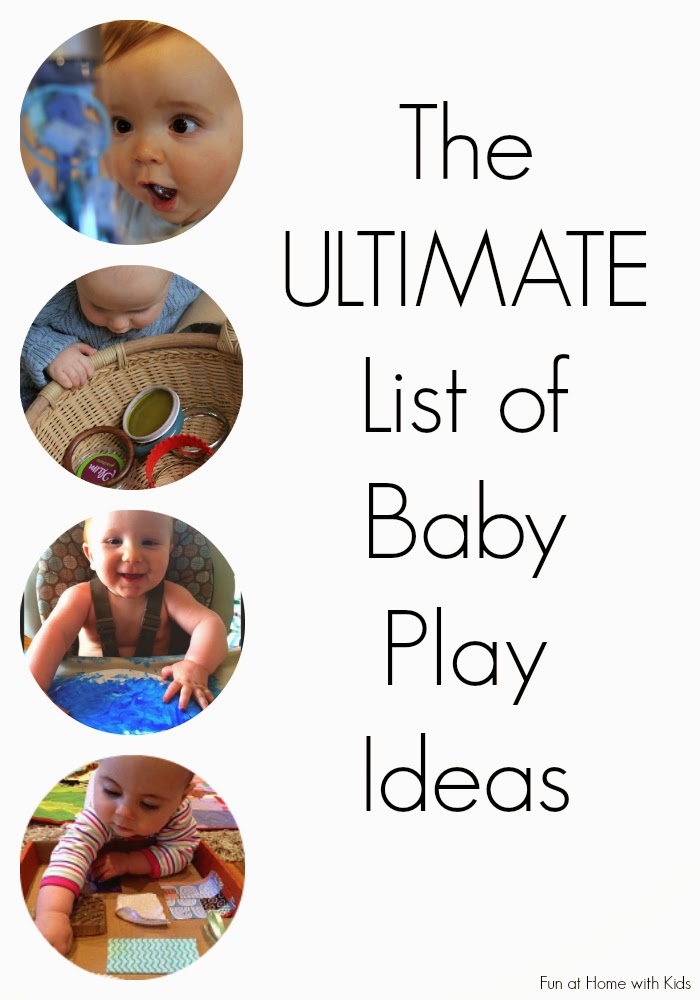
I thought it would be easier for you to have a ton of fabulous and fun baby play ideas together and in one spot - Activities for Babies below. (These appear in random order.)
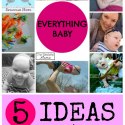
5 Ideas to Play, Craft & Bond with Baby
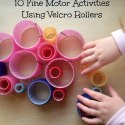
Fine Motor Skills Play With Using Velcro Ro
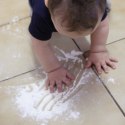
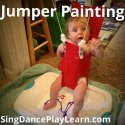
Jumper Painting: An Art Activity for Babies
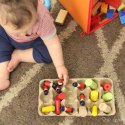
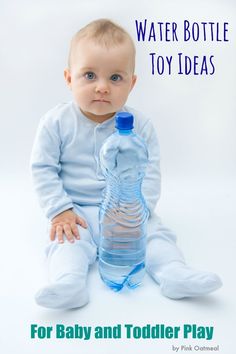
Water Bottle Toys For Babies and Toddlers | Pink O
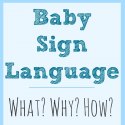
Baby Sign Language | Racheous - Lovable Learning
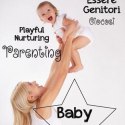
Baby Play - Fun, educational ideas for under 1's
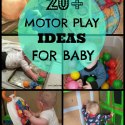
20 Motor Play Ideas For Baby | Pink Oatmeal
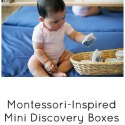
Montessori-Inspired Mini Discovery Boxes
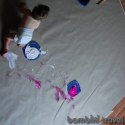
Big Paper Paint | Bambini Travel
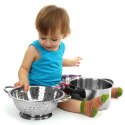
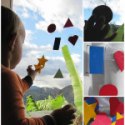
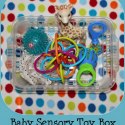
Play and Learn Everyday: Baby Sensory Toy Box

Treasure Baskets for Babies aged 9-12 Months
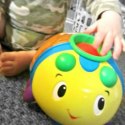
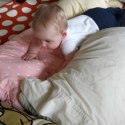
Gross Motor Crawl - Pink Oatmeal
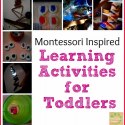
Montessori InspiredActivities for Toddlers
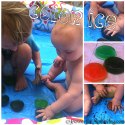
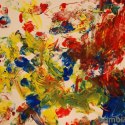
Feet Painting | Bambini Travel

Our all-time favorite household baby toys
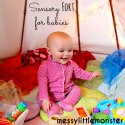
Sensory Fort for Babies: Messy Little Monster
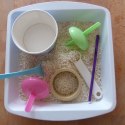
Mama Bee Simple: Indoor Sensory Play
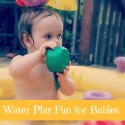
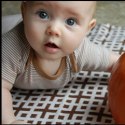
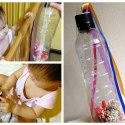
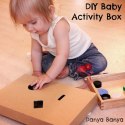
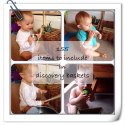
150 Items to include in your discovery basket |
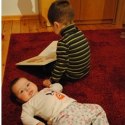
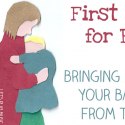
Sing To Your Baby - Songs for 0 - 6 months
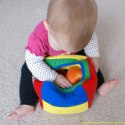
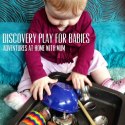

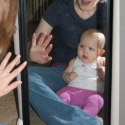
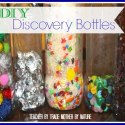
DIY: Discover Bottles for Babies
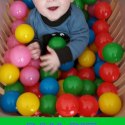
Ball Pit Play Ideas - Pink Oatmeal
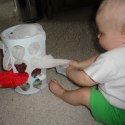
Scarf Pull - Homemade Baby Game
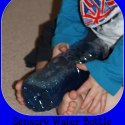
Play and Learn Everyday: Sensory Water Bottle
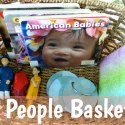

10 Ways for Dad and Baby to Bond
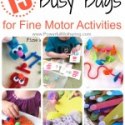
Busy Bags for Fine Motor Activities
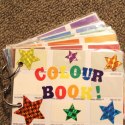

Neon Edible Finger Paint | I Heart Arts n Crafts
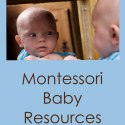
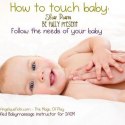
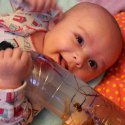
Messy Little Monster: Firework Sensory Bottle
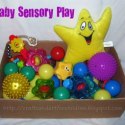
Sensory Exploration Bin for Baby

Baby Handprint Keepsake with Free Poem
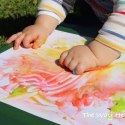
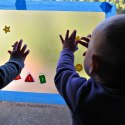
Sticky Window Play with Buttons
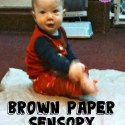
Super Simple Brown Paper Sensory Activity
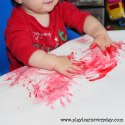
Play & Learn Everyday: Baby Valentine's Day Cards
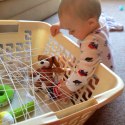
Spider’s Web discovery basket | The Train Driver's
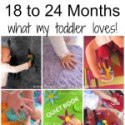
Activities for 18 to 24 Months
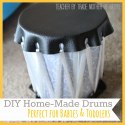
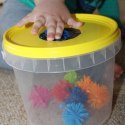
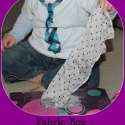
Play and Learn Everyday: Fabric Box
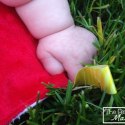
How to Make a Sensory Taggie Toy - with noise!
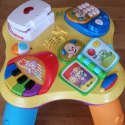
Fun Ways To Use An Activity Table For Baby

Mommy and Me Yoga: Baby Massage and Stretch
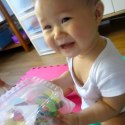
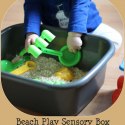
Play and Learn Everyday: Beach Play Sensory Box
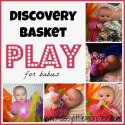
Playing with a discovery basket
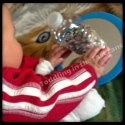
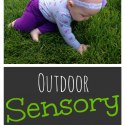
Outdoor Sensory Play - TONS OF IDEAS
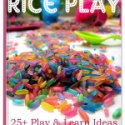

5 Easy Things To Do With Your Baby At The Park
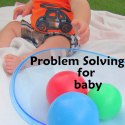
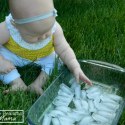
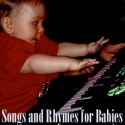
Songs and Rhymes for Babies - SingDancePlayLearn

Loving Care for Bonding with Baby!
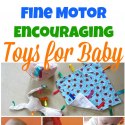
Fine Motor Encouraging Toys for Baby
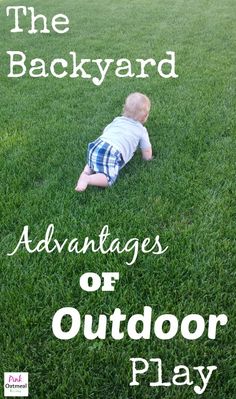
Exploring The Backyard - The Advantages Of Outdoor Play
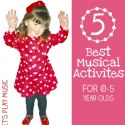
5 Best Music Activities for Kids aged 0-5!
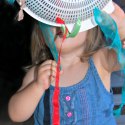
A Simple to Make DIY Toy for Toddlers
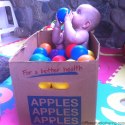
Cardboard Fun in a Box of Balls
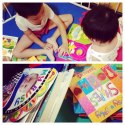
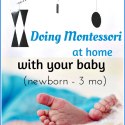
DOING MONTESSORI AT HOME WITH YOUR BABY
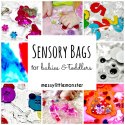
Messy Little Monster: How to make sensory bags for
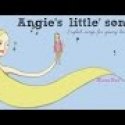
15 Baby Songs and play activities - YouTube
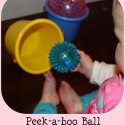
Play and Learn Everyday: Peek-a-boo Ball
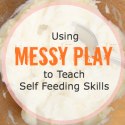
Using Messy Play to Teach Self Feeding Skills
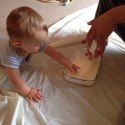
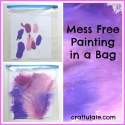

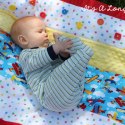
It's a Long Story: Homemade Sensory Play Mat
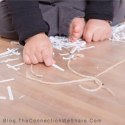
Sticky Play - Contact Paper Crafts for Toddlers
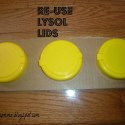
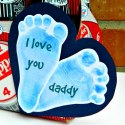
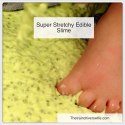
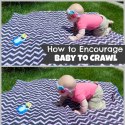
How to Encourage Baby to Crawl
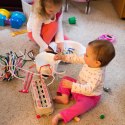
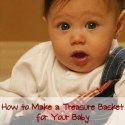
How to Make a Treasure Basket for Your Baby
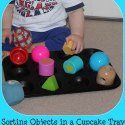
Play and Learn Everyday: Sorting Objects in a Cupc
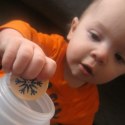
DIY Snowflake Drop Baby Activity
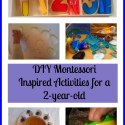
DIY Montessori Inspired Activities for a 2-yearold
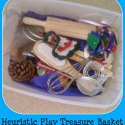
Play & Learn Everyday: Heuristic Play Treasure Box
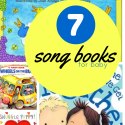
Favorite Books of Songs for Babies
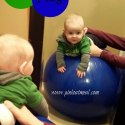
Baby Play Ideas - Ball Play - Pink Oatmeal
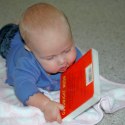
Tips for Reading with Babies and Toddlers
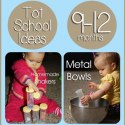
Tot School Ideas for Ages 9-12 Month
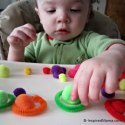
Toddler Sensory Play Exploring Circles
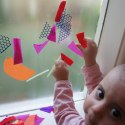
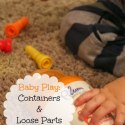
Baby Play: Containers & Loose Parts
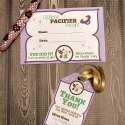
Free Pacifier Fairy Printables - Moms & Munchkins
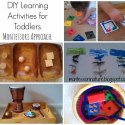
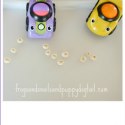
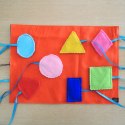
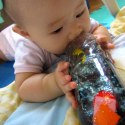
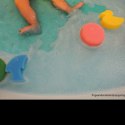
Sponge Bath Activity- easy and fun
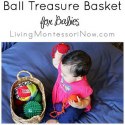
Ball Treasure Basket for Babies
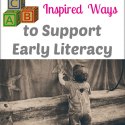
5 Montessori Ways to Support Early Literacy
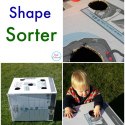
Jumbo Shape Sorter - Pink Oatmeal

Exploring Yellow | Bambini Travel
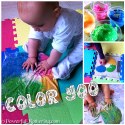
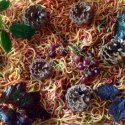
Autumn Fall Sensory Discovery Bin

Resources for Tot School Activity Ideas At Home
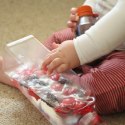
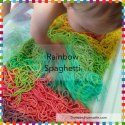
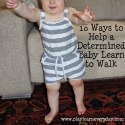
10 Ways to Help a Determined Baby Learn to Walk
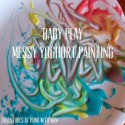

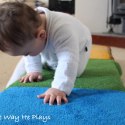
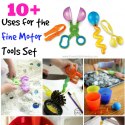
Uses for the Fine Motor Tools Set
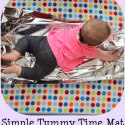
Play and Learn Everyday: Simple Tummy Time Mat
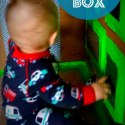
BIG Sensory Box For Babies and Toddlers | Pink Oat
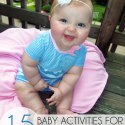
15 Baby Activities For 3-6 Months
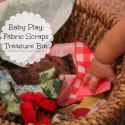
Baby Play: Fabric Scraps Treasure Bin
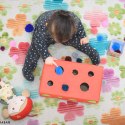

10 Ways to Help a Frustrated Baby Learn to Crawl

Baby Keepsake: Heart Footprint Canvas
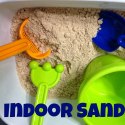
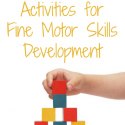
Activities for Fine Motor Skills Development
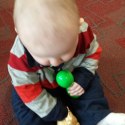
Music Benefits For Babies | Pink Oatmeal
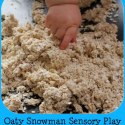
Play and Learn Everyday: Oaty Snowman Sensory Play
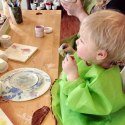
Mama Bee Simple: Ceramics Café
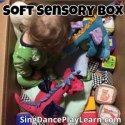
Soft Sensory Box for Babies - SingDancePlayLearn

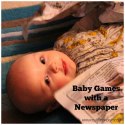
Messy Little Monster: Baby Games with a Newspaper
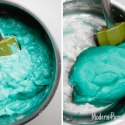
Paint with a wine cork stamp, sensory sink, & more
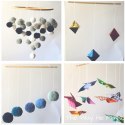
Baby Mobiles - How and why to use them
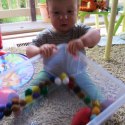
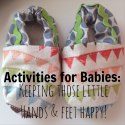
Simple & Fun Activities for Babies

How to Prepare a Montessori Baby Room
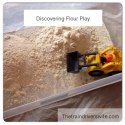
Discovering Flour Play | The Train Driver's Wife

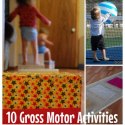
10 Gross Motor Activities for Infants Toddlers |

Sink or Float Rings | Bambini Travel
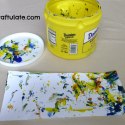
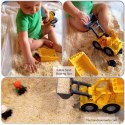
Edible Sand Play | The Train Driver's Wife
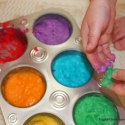
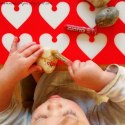
Mama Bee Simple: 'Pastel Pebble'
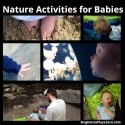
Nature Activities for Babies - SingDancePlayLearn

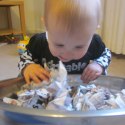
Playing to Learn: Searching for Buried Treasure

Messy Little Monster: Baby Games with a Foil Blank
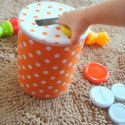

DIY Toddler Toy to Develop Fine Motos Skills
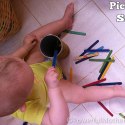
Pick up Sticks a Recycled Toddler Activity
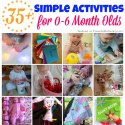
35 Simple Activities for 0-6 Month Olds

Edible miniature Water Beads |
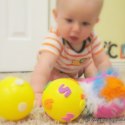
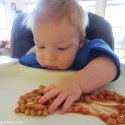
Baby Play: Sensory Baked Bean squish
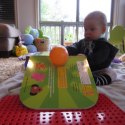
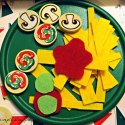
Mama Bee Simple: Forget Food, Think Felt
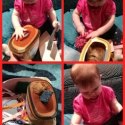
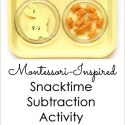
Montessori-Inspired Snacktime Subtraction Activity

5 Basic Baby Signs Baby Sign Language Chart [Con

Wind Your Bobbin Up : First Baby Songs
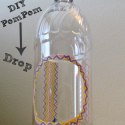
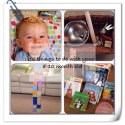
10 fun things to do with your 8-10 month old baby

Sensory Art for Babies and Toddlers

Preparing a Montessori Baby Space

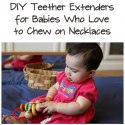

How to make a discovery basket
There are so many clever and creative ways to play with babies here - I have so enjoyed seeing the inquisitive and curious looks on all their tiny faces as I compiled and tried this list!
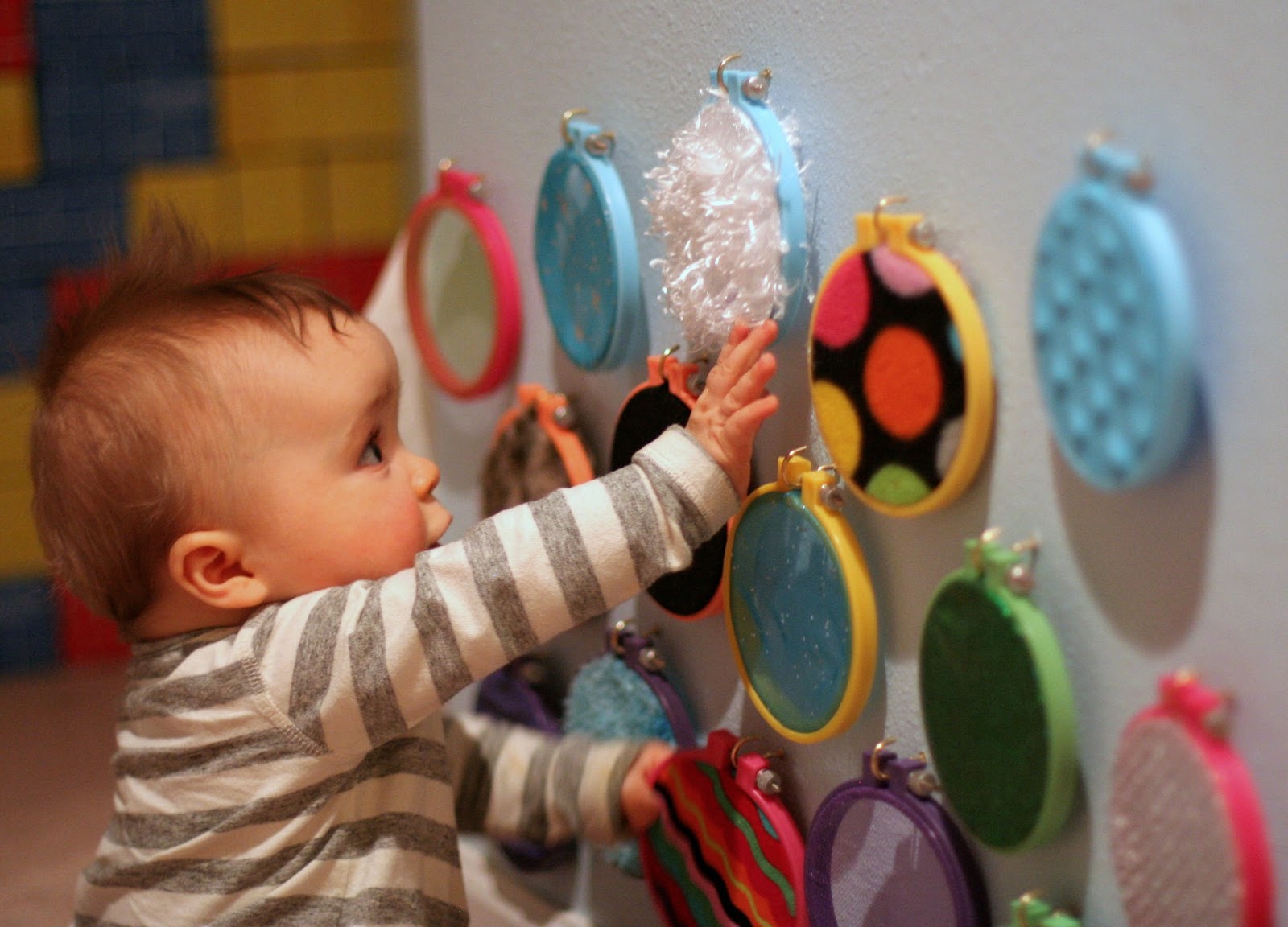
Fun at Home with Kids' five favorite baby play posts are:
DIY Sensory Boards (two kinds) (pictured)
Scented Edible Rainbow Fingerpaints
Edible Sensory Play: Dirt and Worms
You can find ALL of Fun at Home with Kids' baby play posts here.
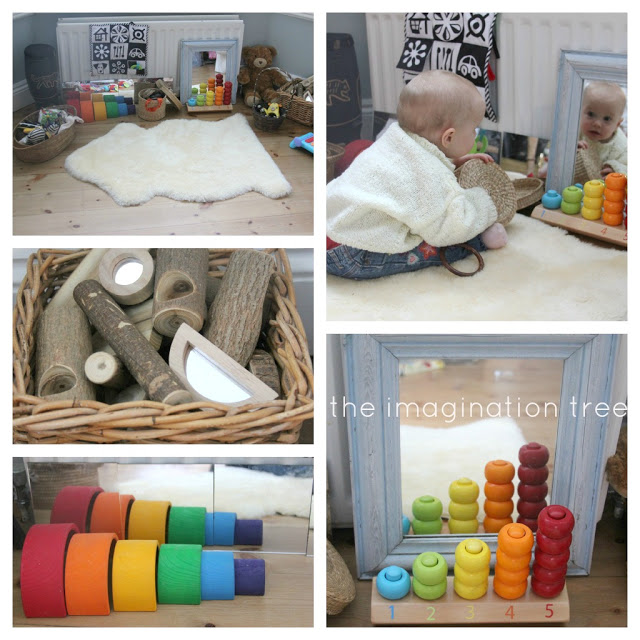
The Imagination Tree's five favorite baby play posts are:
Treasure BasketsBaby Play Area (Reggio and Montessori Inspired) (pictured)Homemade Baby ToysSensory TunnelDiscovery Bottles
You can find ALL of The Imagination Tree's baby play posts here.
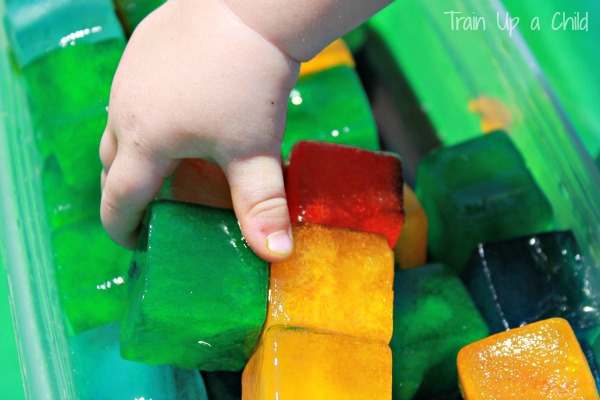
Learn Play Imagine's five favorite baby play posts are:
Colored Ice in the Play Pool (pictured)
Five Messy Sensory Bins for Babies
Five Simple Sensory Bins for Babies
You can find ALL of Learn Play Imagine's baby play posts here.
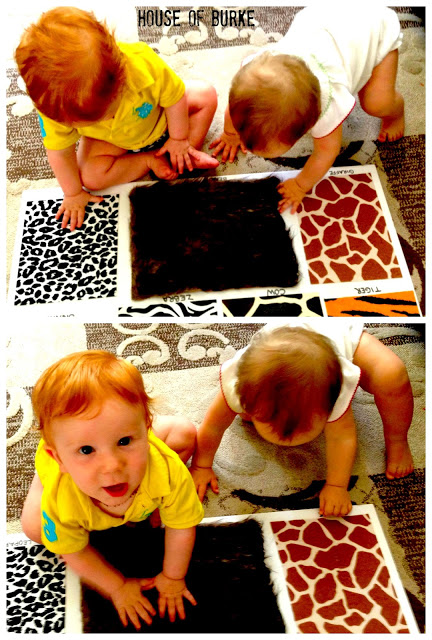
House of Burke's five favorite baby play posts are:
Animal Texture Board (pictured)
Exploring the Guitar with Baby
Bouncy Ball Sensory Bag Painting
You can find ALL of House of Burke's baby play posts here.
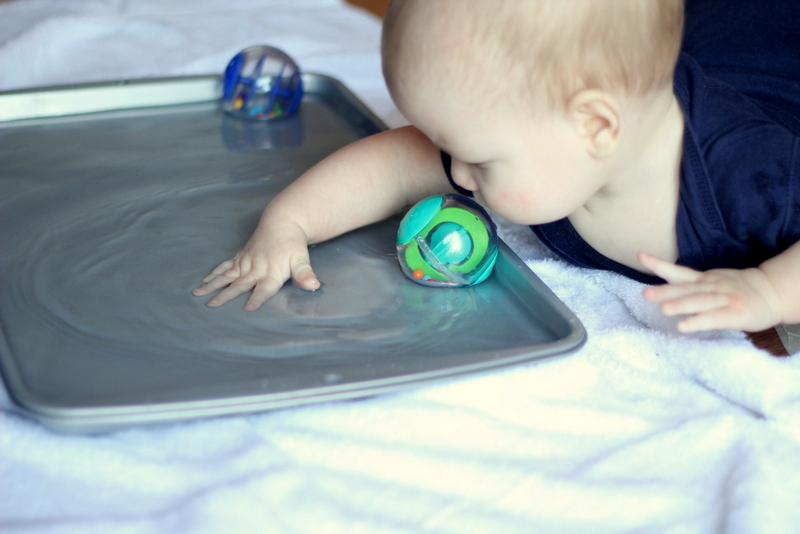
Dirt and Boogers' five favorite baby play posts are:
Baby Water Play(pictured)
You can find ALL of Dirt and Boogers' baby play posts here.
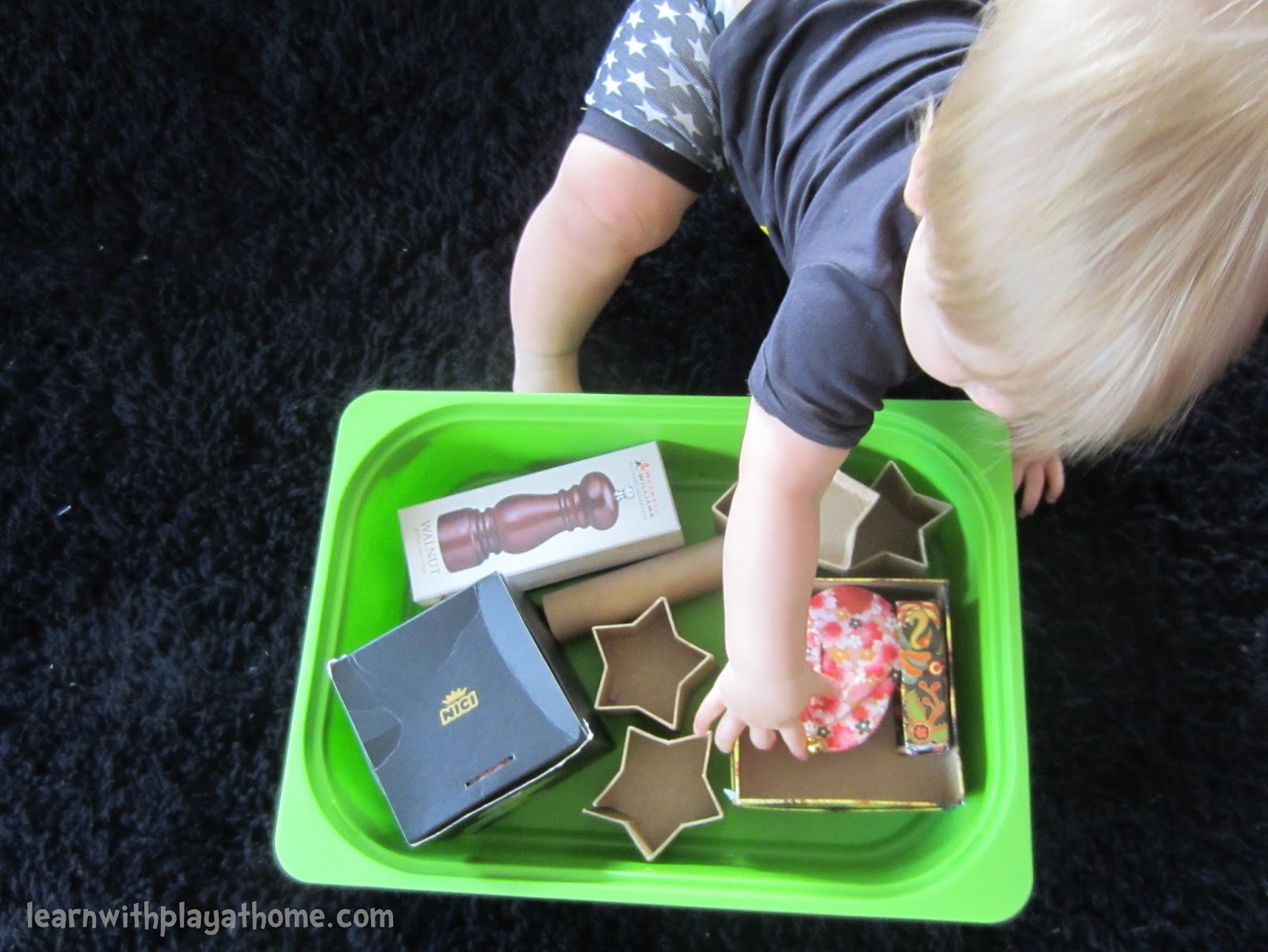
Learn with Play at Home's five favorite baby play posts are:
Baby Box Play (pictured)
You can find ALL of Learn with Play at Home's baby play posts here.
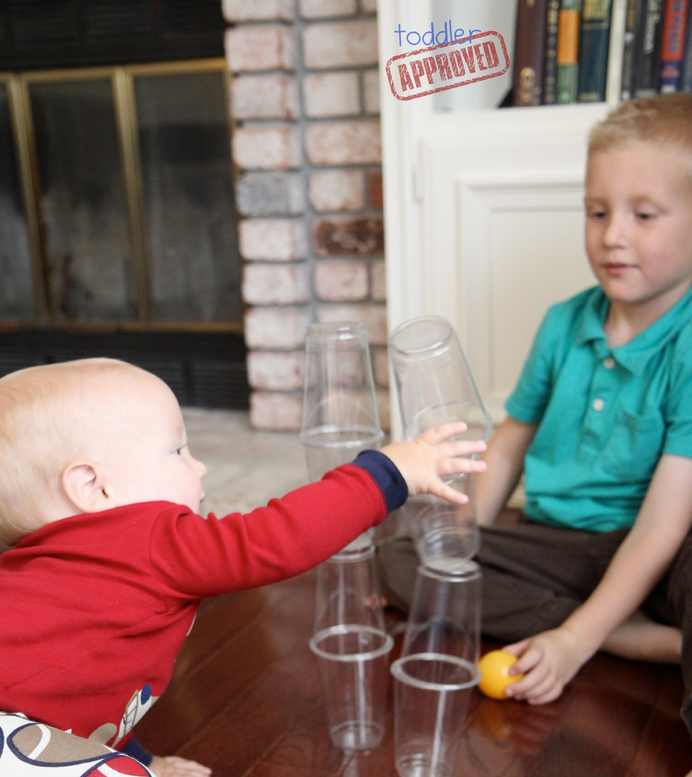
Toddler Approved's five favorite baby play posts are:
Knocking Down Cup Towers (pictured)
Autumn Sensory Tub
Silly Stackers
Simple Shakers
Water Bottle Fountain
You can find ALL of Toddler Approved's baby play posts here.
Paint on the Ceiling
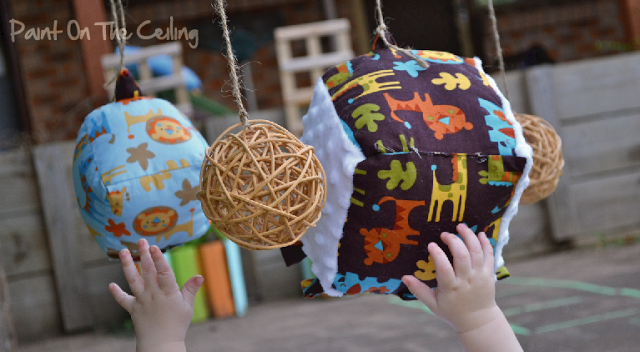
Paint on the Ceiling's five favorite baby play posts are:
Hanging Objects
Textile Treasure Basket
Sensory Water Bag
Fun with Sheets
Rice Bubble Sensory Tub
You can find ALL of Paint on the Ceiling's baby play posts here.
Plain Vanilla Mom
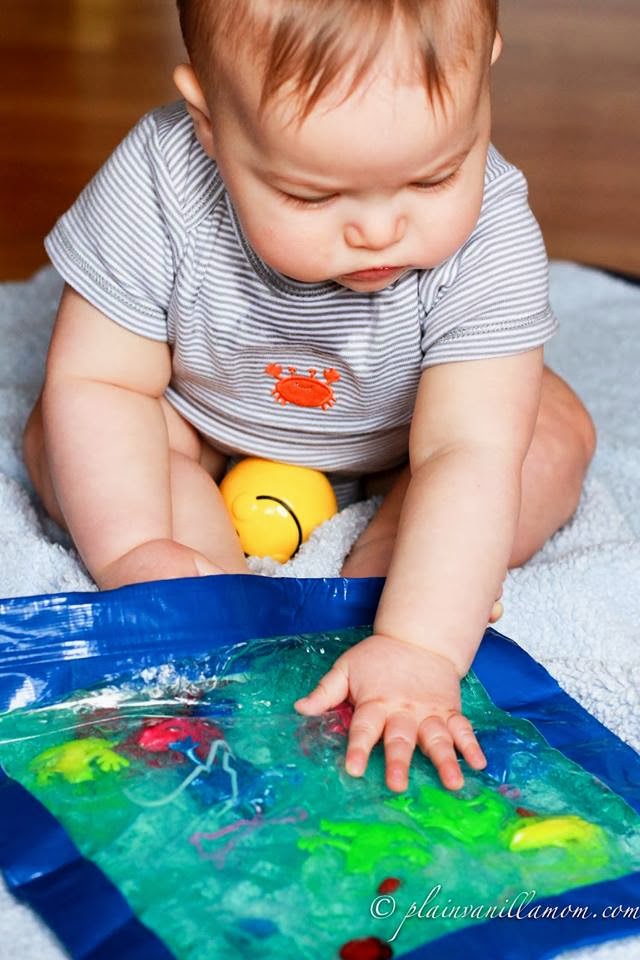
Plain Vanilla Mom's five favorite baby posts are:
DIY Wooden Ring Ribbon TeetherTravel Boxes
Pom Pom Sensory Bin
Alphabet Soup: First Sensory Bins
Sensory Bag for Baby
You can find ALL of Plain Vanilla Mom's baby play posts here.
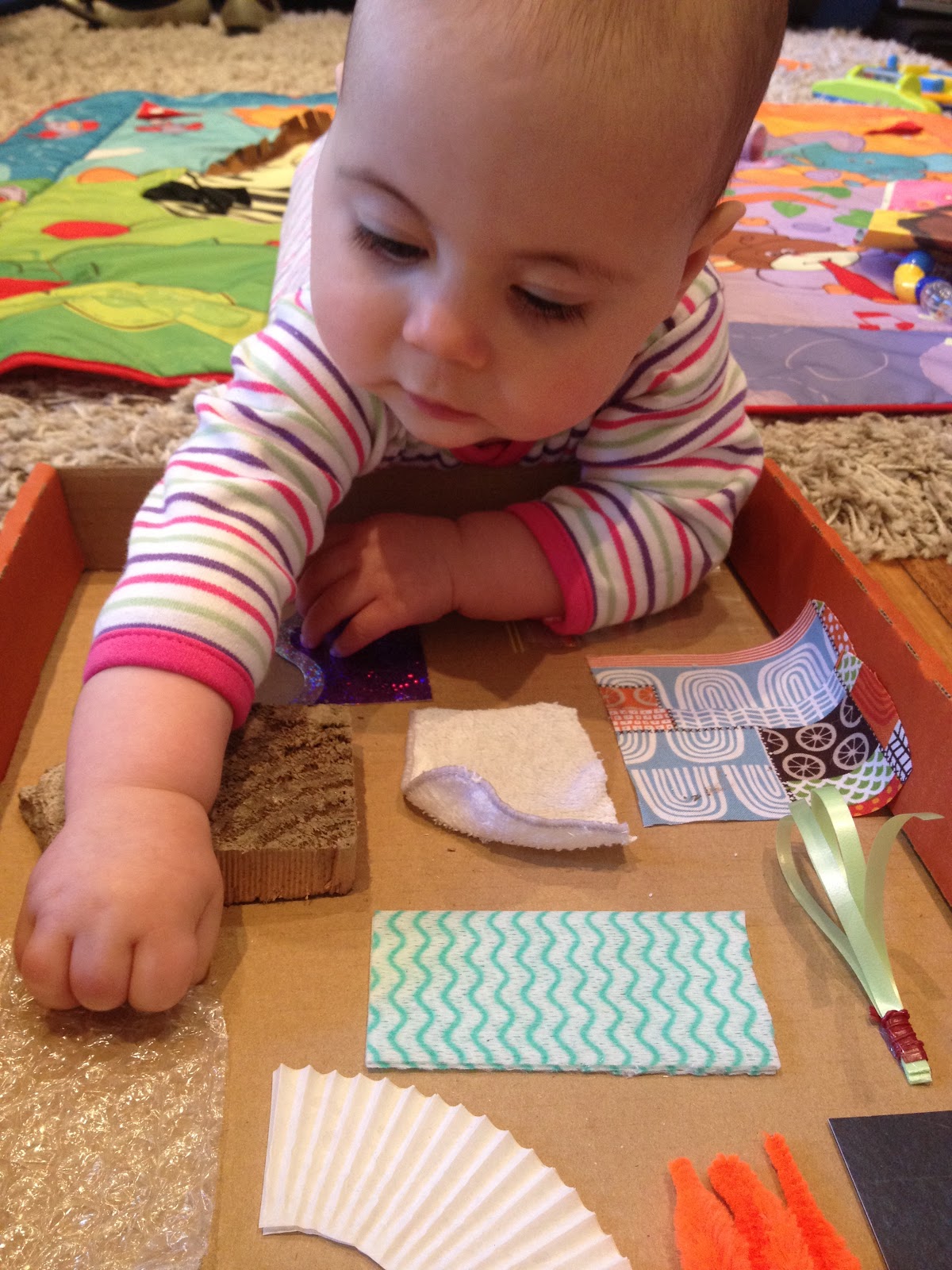
Laughing Kids Learn's five favorite baby play posts are:
DIY Sensory Board for Babies (pictured)
You can find ALL of Laughing Kids Learn's baby play posts here.
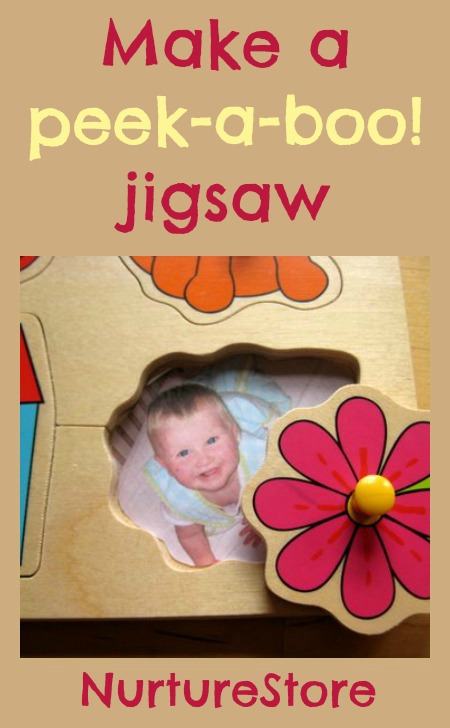
Nurturestore's five favorite baby play posts are:
Personalized Baby Jigsaw (pictured)
You can find ALL of Nurturestore's baby play posts here.
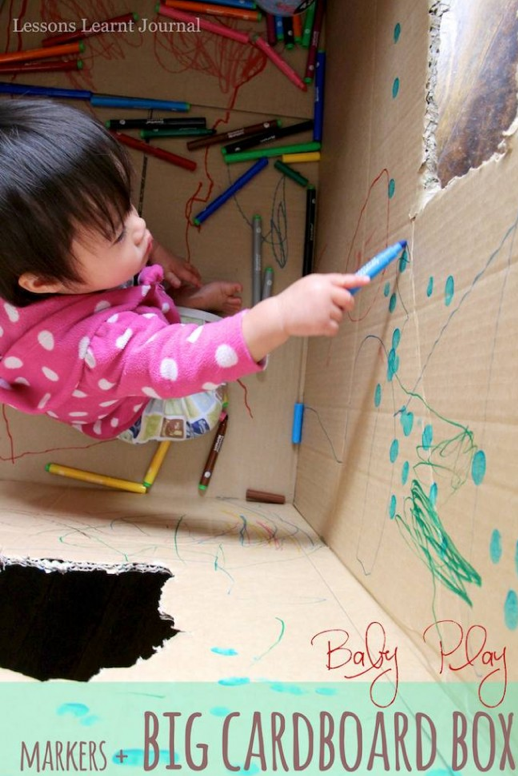
Lesson Learnt Journal's five favorite baby play posts are:
Activities for Chidren: Baby Games
Collage with Sticky Back Paper
Markers + Big Cardboard Box (pictured)
Open Ended Play with Wet Chalk
You can find ALL of Lesson Learnt Journal's baby play posts here.
Infant Play By Age
I have seen lots of new moms struggle with which activities are suggested for their childs age, So, I decided to compile this list as a helpful guide to share different activities for infants and toddlers that are mom tested and baby approved. If you stay at home with your child like I do, the days can seem to drag along. Hopefully these ideas are helpful and educational! Remember that just because something is listed for a certain age, doesn’t mean it isn’t beneficial for other ages as well!
Activities for 0-3 Months
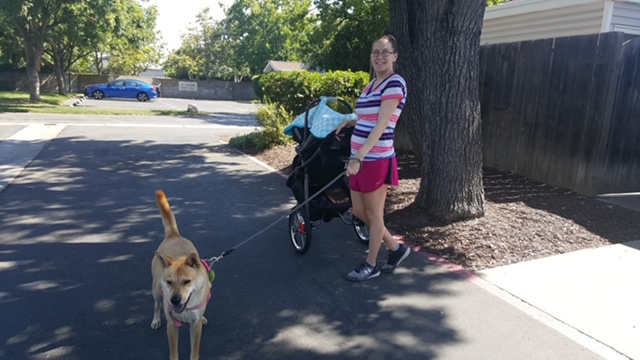
Go for a walk outdoors. My baby did not like to be laid down, so I wore him in a carrier all the time. Babywearing is great for your baby to get tummy time practice and still be close to you. You can do things with your hands, and your arms won’t get tired from holding a sleeping baby in one position. You can also take your baby for a walk in a stroller. It is nice to get some exercise and fresh air.
Can do kiddo and eat sleep and play share great ways to encourage your babies development.
Tummy time is great for building your newborns’ neck and head muscles. My baby didn’t love laying on his belly, but most babies love to lay on their parents’ chests. You can put a fun toy in front of your baby to give them something to look at while they practice.
Nurtured noggins has wonderful ideas for activities for infants.
Talk to your newborn about what you are doing throughout the day.
Activities for 4-6 Months
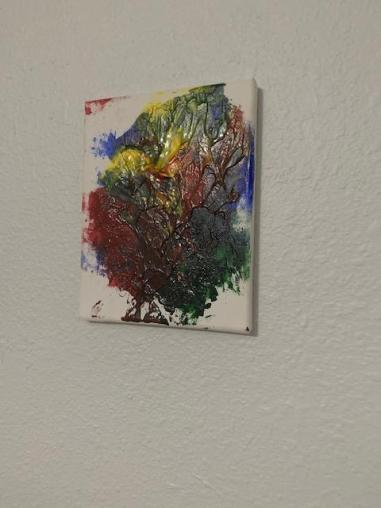
Build a fort with your furniture, pillows, and blankets. My baby loved doing this on the bed with his dad. It is so fun at any age to hide under a homemade tent and play.
Lay on a play mat with hanging toys. This wooden play gym is the perfect, non-toxic set up that you can move anywhere in the house for entertainment.
Babies love wrist rattles like the ones I put in my guest post on the best baby and toddler gift ideas. It is so cute to see your baby shake them and make their own music.
My baby loved plastic bag painting. We put a canvas inside a bag with different colors of paint, and he kicked and hit it creating his first piece of art. We still have it in his room hanging, and he loves to look at it and feel the texture now as a toddler.
Find some paper, and let your baby tear away! It was right around this age for my baby’s first Christmas, and he loved opening the wrapping paper more than the gifts themselves.
Shine a flashlight in a dark room. A lot of time is spent sleeping these days, so make light of it before a nap or bedtime. Your baby will love seeing the shadows and exploring light and dark.
Activities for 7-9 Months
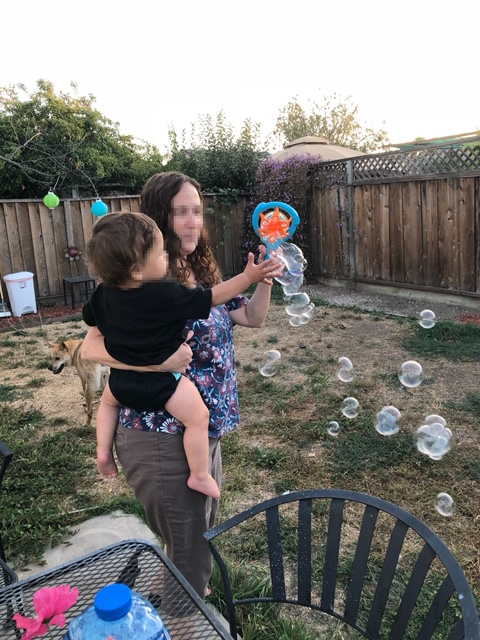
Blow bubbles! This is one of the most fun and simple activities for infants and toddlers. You can find bubbles for a dollar at dollar tree or make your own. Bubbles provide amusement for days as your child will love to watch them float around.
Look in the mirror together. Your baby will get a kick out of seeing his/her reflection. Although, at this stage he/she probably won’t recognize the image as being his/her self. It is fun to make silly faces or play peek a boo.
Look at pictures of familiar faces. You can create your own cards by printing photos of your family members and friends. Then, I would suggest laminating them, because we all know how much babies love to put everything in their mouths. Plus, this helps keep the pictures from being torn or soaked with water. You can even take it a step further by gluing them to card stock, so they will be nice and firm to resist being bent.
Play with the steering wheel or explore in the car. This remains one of my toddlers favorite activities. Any time we are in the car, he likes to navigate through the back seat and press all of the buttons.
Look out the window. You can talk to your baby about what you see. They will love seeing birds, cars, people, and more! Sometimes they may even catch their reflection on the glass.
Roll a ball back and forth. This is one of the activities for infants and toddlers that helps their gross motor skills and hand eye coordination. My toddler giggles when we play with balls as they are his favorite.
Activities for 10-12 Months
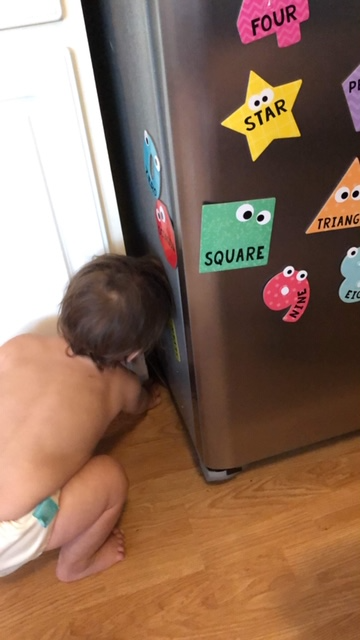
Put balls in a muffin tin (teaches one to one correspondence). This activity can be done with any small balls you have. Most people should be able to find a muffin tin in their kitchens. If you don’t have one, children love to play with anything you have that isn’t a toy. My baby loves to play with bowls and spoons, pounding on them to make noise or rolling his ball around inside. Some of the best activities for infants and toddlers are just talking to them and involving them in your everyday activities.
Velcropuff ball activity: I love this idea! I found it when creating this blog, and it sounds so fun and easy. You just need velcro and puff balls, and your baby can enjoy sticking the puff balls on the velcro and pulling them off.Pull your baby around in a basket. The majority of people have laundry baskets in their homes. It isn’t the most comfortable for the parent, but babies get a kick of riding around the house in a basket. If you don’t have a basket you could use a large box.
Buy some magnets and let your baby place them on the refrigerator. My mom made DIY magnets by gluing little magnets on wooden animals from a craft store. Then, she put them in a metal container to carry for on the go enjoyment. This can be handy for road trips or while running errands to keep your child busy even at an older age.
Stacking games are great and can be done with everyday household objects like cups and bowls. Here is a post that talks about all of the benefits of these activities for infants and toddlers.
Create an obstacle course for your baby with pillows. He/she can have a great time just crawling over and around the mounds.
Activities For One Year Olds

Read board books. In my opinion this is one of the most beneficial activities for infants and toddlers, better yet children of all ages. We love to borrow books from our library. At this age I’ve found that board books are best, so you don’t have to worry about the pages getting torn. My toddler loves reading this book.
Play on the playground. Children need to spend time outdoors and get all of their energy out. This is one of the essential everyday activities for infants and toddlers. You should be able to find a playground near you that you can visit for free and your toddler can climb to his/her heart’s content!
Go on a walk in the stroller. If you don’t have a stroller, find a trail near you and let your toddler run around! They will love to explore nature and have the freedom without being told not to get into things they don’t belong in.
Dance! Put on some music and sing along. You can even dance without any music. Make up motions and sing nursery rhymes.
Make animal noises. My toddler is obsessed with all things animals. He loves to say the noises and sing old mc donald. These cards include amazing photos of animals.
Talk about body parts and get your child to point to them. It is never to early to practice naming different body parts. Toddlers love to show their smarts. Some of the best activities for infants and toddlers just require you being present, interacting, and engaging with your child.
Water play outside with bowls, spoons, and things to scoop. They can also have a fun time playing in the bath tub or sink with water. We got our toddler a water table that is great for all kinds of sensory play.
Tape streamers across the hallway. This is such an easy activity that you can throw together in a minute. Perfect for long rainy days stuck indoors or if you need to keep your toddler occupied for a little while. If you want to live on the wild side give them the streamer roll.
Poke a hole in a box and put ribbon through it for your toddler to pull. It will be exciting for them to see how much ribbon continues to come out. Have fun with these activities for infants and toddlers creating new games.
Create a DIY felt peekaboo house. This is such a cute idea. Similar to the familiar faces book I discussed earlier, except this plays on how much children love peek a boo. Your toddler should enjoy getting to open and close the felt flaps.
Make a ramp out of a book. We need to try this activity. I’m sure my toddler would have a lot of fun watching different toys roll and slide down differently. As you can see, a lot of activities for infants and toddlers don’t require that you buy a ton of toys.
I’m not sure how this DIY ball drop would hold up to my rough toddler. I tried creating something similar before, and he just ripped it off the wall. Ideally this would be a fun activity where your child can drop balls down a cardboard tube.
My toddler loves to just play in giant boxes that we get deliveries in. He drags them around, crawls inside, and has pretend play for days. This is one of the easiest activities for infants and toddlers.
We got this butcher paper and these non-toxic crayons. You can tape the butcher paper to the floor or a table. It is great to use for all art activities and coloring. This is a great open ended option on this list of activities for infants and toddlers.
Another activity I plan to try with my toddler that I think he would enjoy involves construction and contact paper. Your toddler can tear the construction paper and stick it to the contact paper to create their own work of art.
Here is a list of amazing montessori activities that are perfect for toddlers.
Sensory Activities from Newborn to Toddlerhood
Sensory Activities from Newborn to Early Toddlerhood
Baby sensory activities do not have to be elaborate or even messy. Parents and caretakers can take a developmentally appropriate activity and turn it into a wondrous sensory play experience.
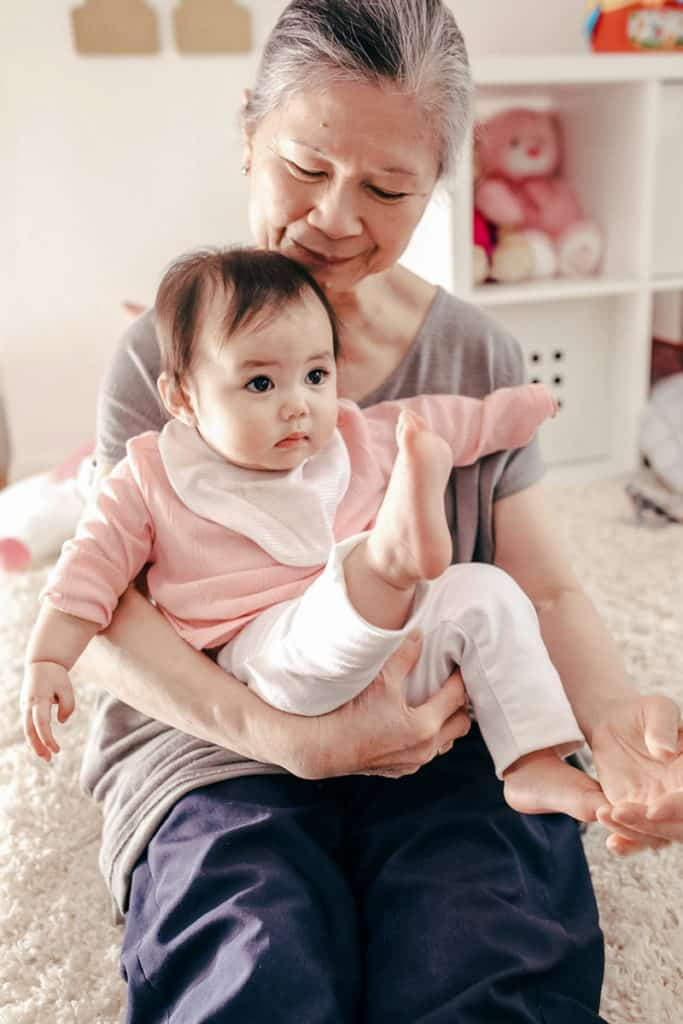
Babies and young toddlers are in a stage of play developmentwhere the goal is to learn about their bodies and environment through the sense. Basically, everything is sensory play.
Take time to appreciate how small changes to tummy time or an extra few minutes at a meal can be turned into sensory play. That means do not spend too much time planning or setting up sensory experiences. In fact, most of these sensory activities are no mess, no fuss.
At What Age Should You Start Sensory Play?
Sensory play activities can start when a baby is born. For newborns and very young infants, sensory play activities are very simple, such as touching the fabric of their clothing or listening to a parent sing. Most babies will seek the sensory experience of feeling their caregiver’s skin and warmth.
Even mouthing toys is a sensory activity for babies. Babies love to put things in their mouths because while they do not have great control of their hands and fingers to explore, they can use all the nerves in their mouths.
Sensory activities will become more complex as a baby gets older.
How To Do Sensory Play With Babies?
Sensory play for babies is honestly super simple. Start with a developmentally-appropriate activity (hint: it isn’t screen time).
Next, think about how that activity could stimulate one or more senses.
Here is where I need to mention that there are two more senses: vestibular and proprioceptive, in addition to the 5 senses of smell, taste, touch, hearing, and sight. I still love to geek out on that.
Then consider the individual interests and skills of your baby. Adjust the experience to meet your baby’s interests or connect to their current learning.
Are they starting to roll over?
Do they love to shake toys or crinkle paper?
Do they dislike getting wet?
Have they started trying new foods?
Find a sensory activity that your baby adores. You can feel confident in doing that activity over and over again. As your baby develops new skills, you can modify the activity. If your baby is engaged, they will keep learning each time.
Always, always supervise babies during sensory play. Babies are constantly learning and developing new skills. You might not be able to anticipate how a baby will engage with a particular material.
0 To 8 Months (Tummy, Rolling, Sitting)
Shadow + Light Tummy Time
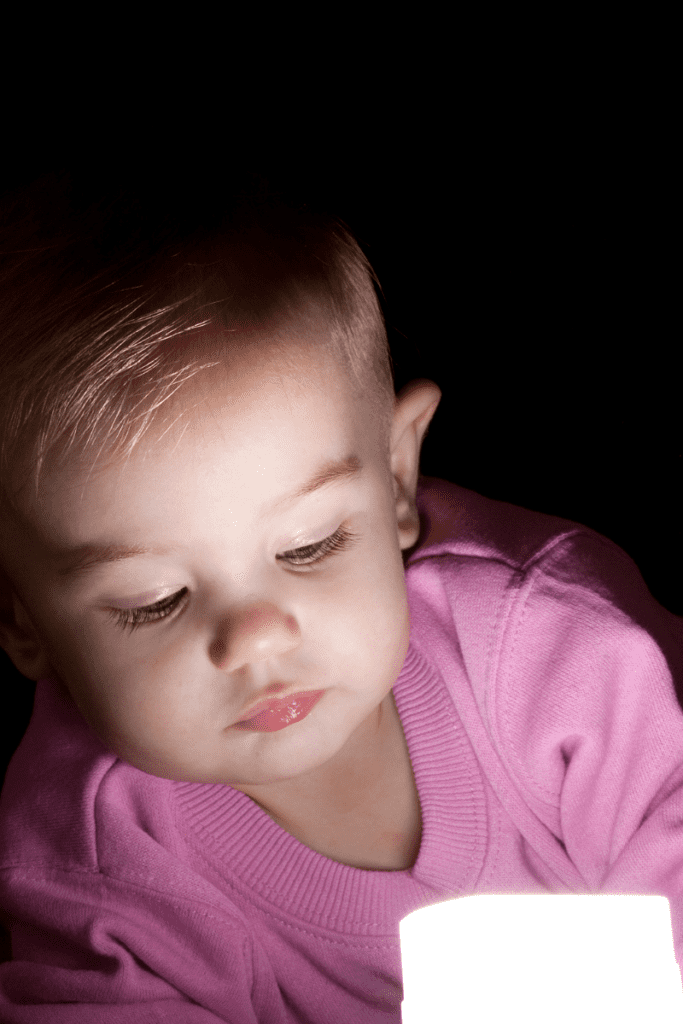
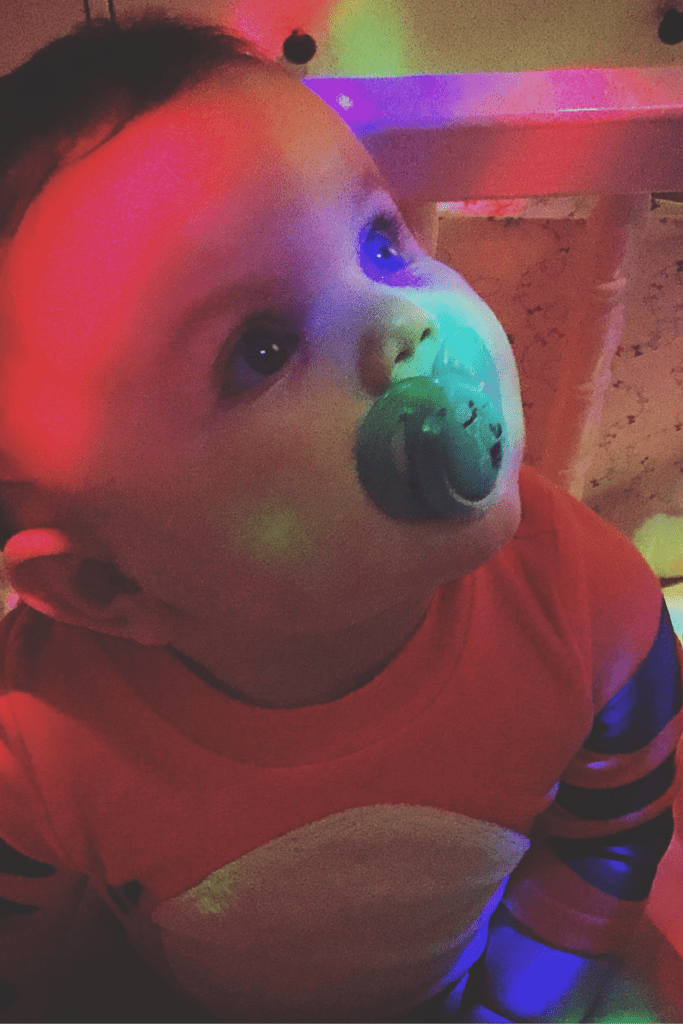
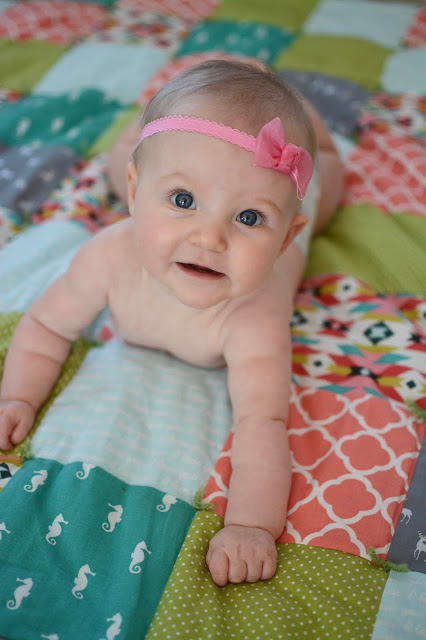
Tummy time in sun rays
Adjust window blinds
Place scarves over lamps
Turn off lights and explore shadows
Plus in nightlights
Senses: sight, vestibular
Mirrors
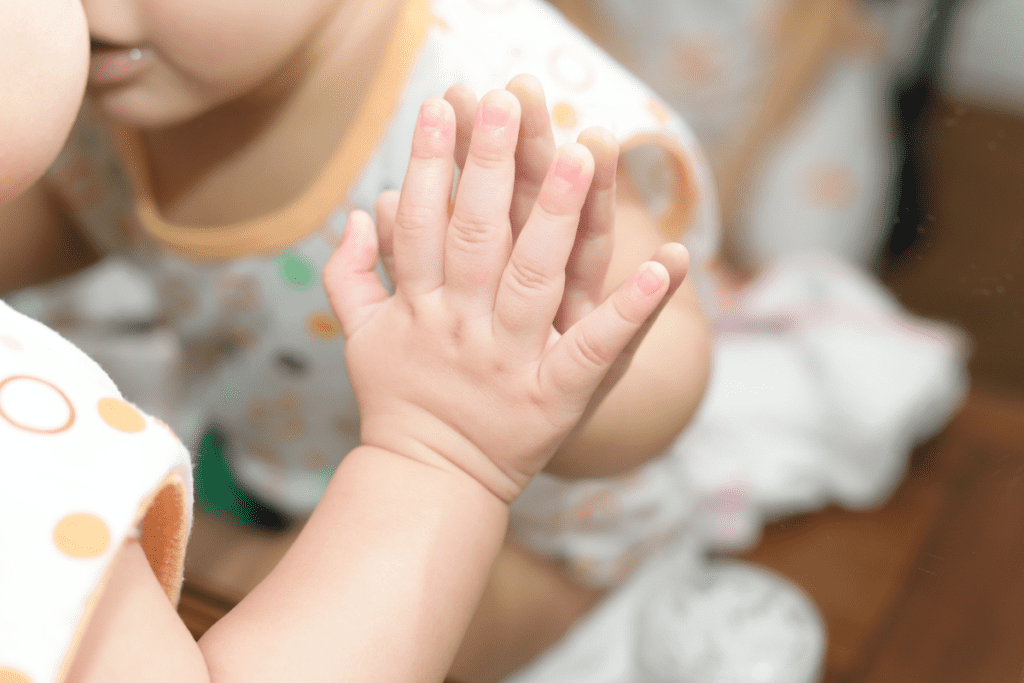
Senses: sight, proprioceptive, vestibular
Water On Trays
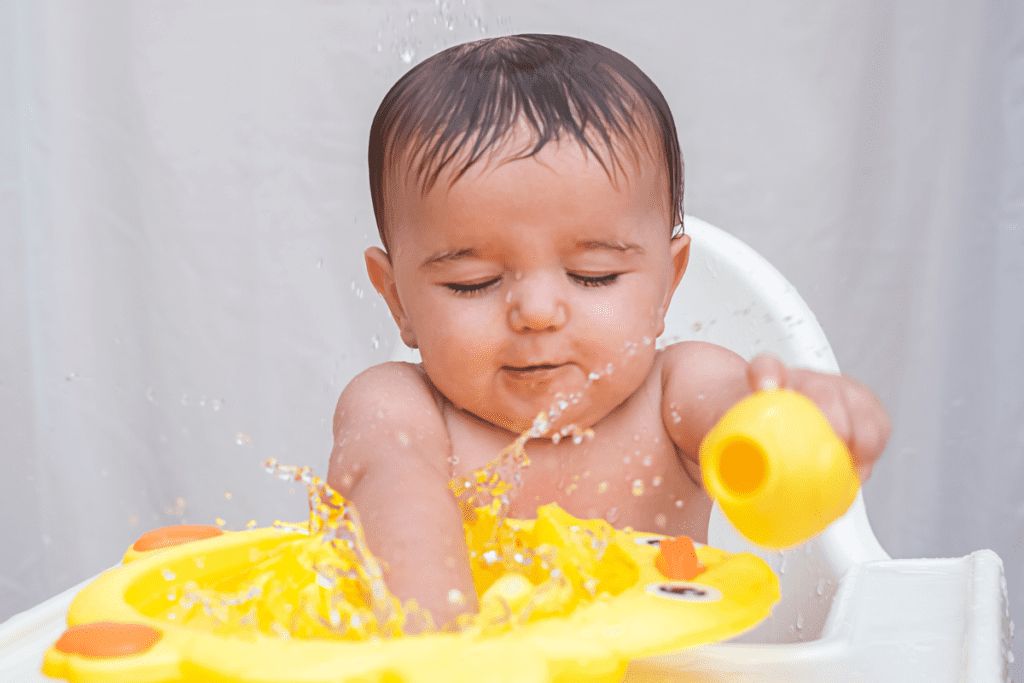
Water directly on the highchair tray
Water on a cookie sheet on the floor
Senses: touch, taste, hearing, vestibular, proprioceptive
Tummy Time Outdoors
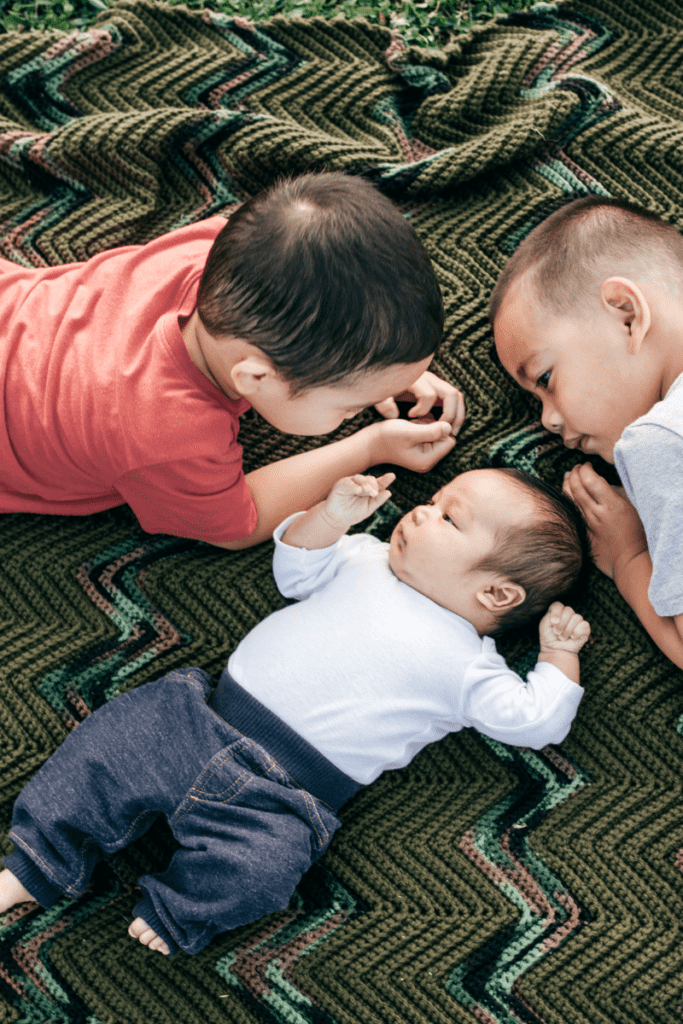
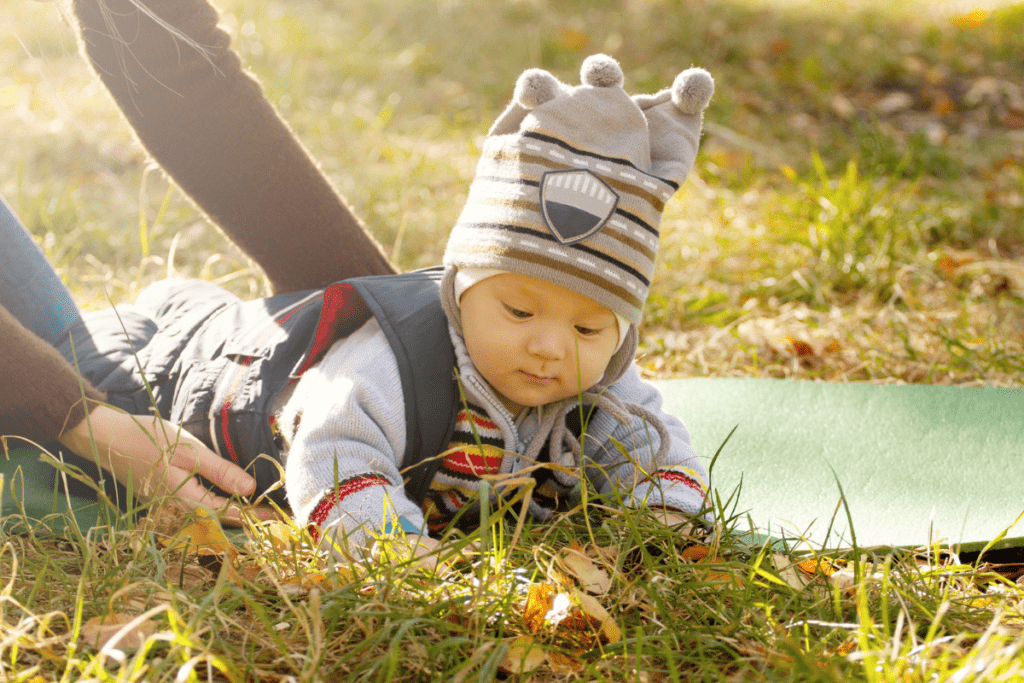
Senses: sight, touch, hearing, smell, vestibular, proprioceptive
Hang Loofahs For Kicking, Pulling, Swiping, Swinging
Hang loofahs of different sizes and colors from a baby play gym. Your baby can reach out to touch the unique textures. They can also use their legs to kick the loofahs and watch them swing.
Senses: sight, touch, vestibular, proprioceptive
Sticky, Tacky Contact Paper
Use masking tape to tape squares of contact paper to the floor, wall, or highchair tray. Let your baby explore the stickiness with their hands or with toys, pieces of fabric, felt, or ribbons.
Senses: sight, touch, hearing, vestibular, proprioceptive
Lumpy, Bumpy Blankets
Create a tummy-time space on the floor with layers of blankets and pillows. Babies can explore each item’s different colors, textures, and weight. Babies who are rolling or starting to crawl can work around the lumps of pillows. Adjust the space if your baby seems overly frustrated or tired trying to move around.
Senses: touch, sight, vestibular, proprioceptive
Exploring Weather:
Step Outdoors In The Wind, Rain, Snow, Humidity, Or Fog
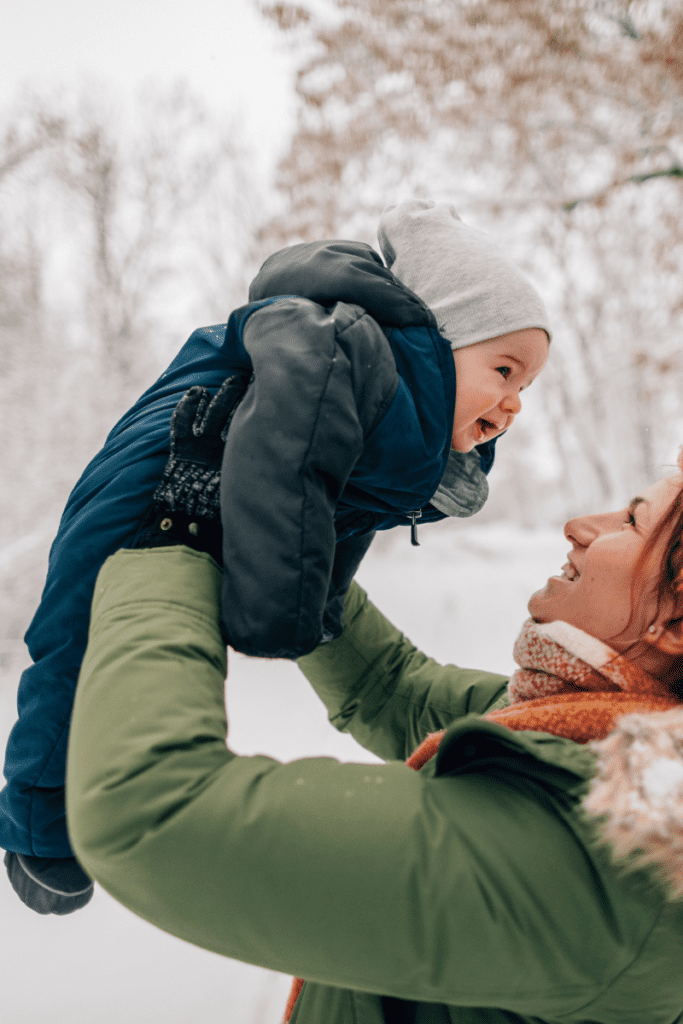
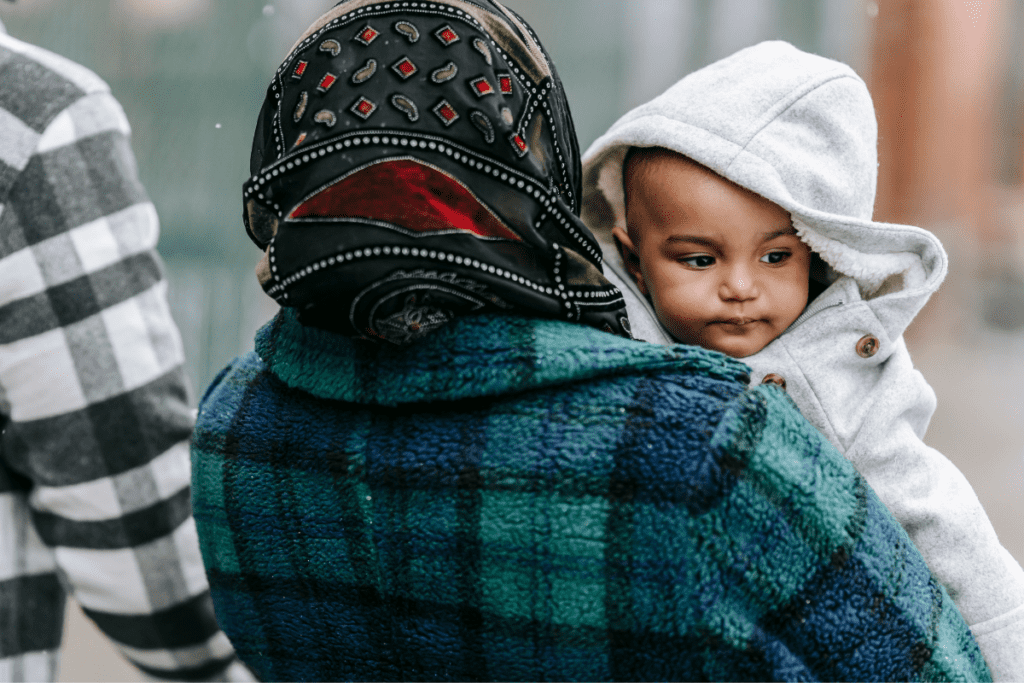
Senses: touch, smell, hearing, sight
Bubbles
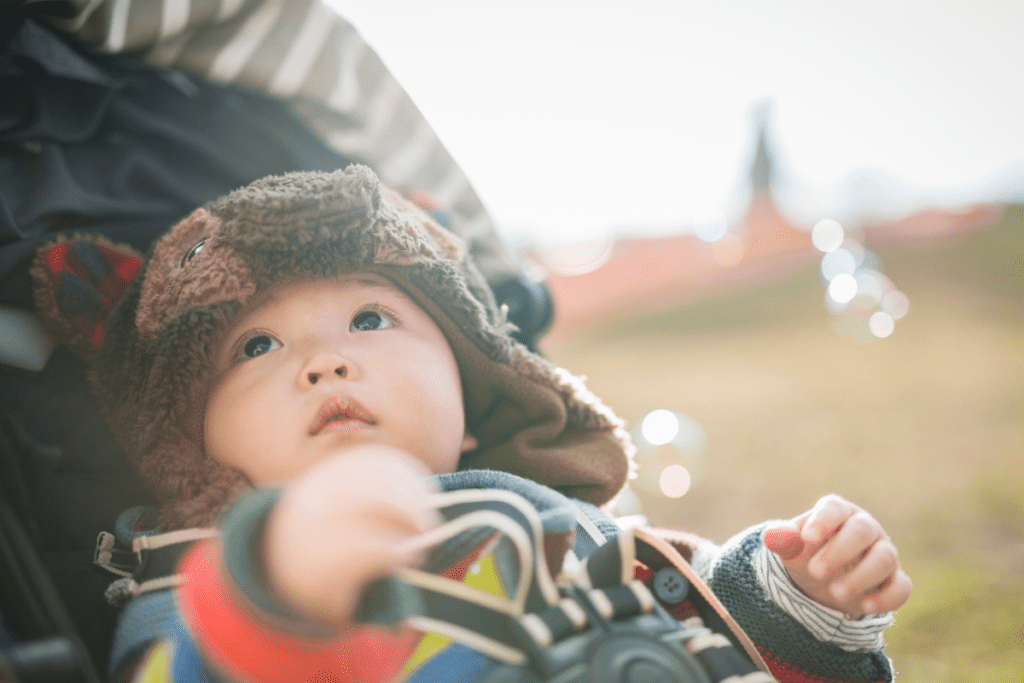
Expert Tip: You can avoid getting lightheaded, out-of-breath by investing in a bubble machine.
Senses: sight, touch
Wet + Dry Sponges
Offer your baby two or more sponges, some wet and some dry. They can explore the different sensations of wet versus dry. You can also put a small amount of water on a tray and offer your baby a dry sponge that will slowly soak up the water.
Senses: sight, touch, taste, proprioceptive
8 To 14 Months (Sitting, Crawling, Cruising, Walking)
Exploring Temperatures
Touching cold windows
2 sensory bottles – one with ice water and one with warm water
Chilling teething toys or ice packs in the fridge
Water play with two trays of different water temperatures
Offer your baby a cup of cool water to pour while they are in the bathtub
Senses: touch, taste, sight, proprioceptive, vestibular
Contact Paper + Bubble Wrap Walk
Cut out 12″ by 12″ squares of contact paper and bubble wrap. Tape each square to the floor with masking tape. Encourage your baby to crawl or walk across the different materials. For a sensory bonus, do the activity barefoot.
Senses: touch, sight, hearing, vestibular, proprioceptive
Exploring Food Flavors + Textures
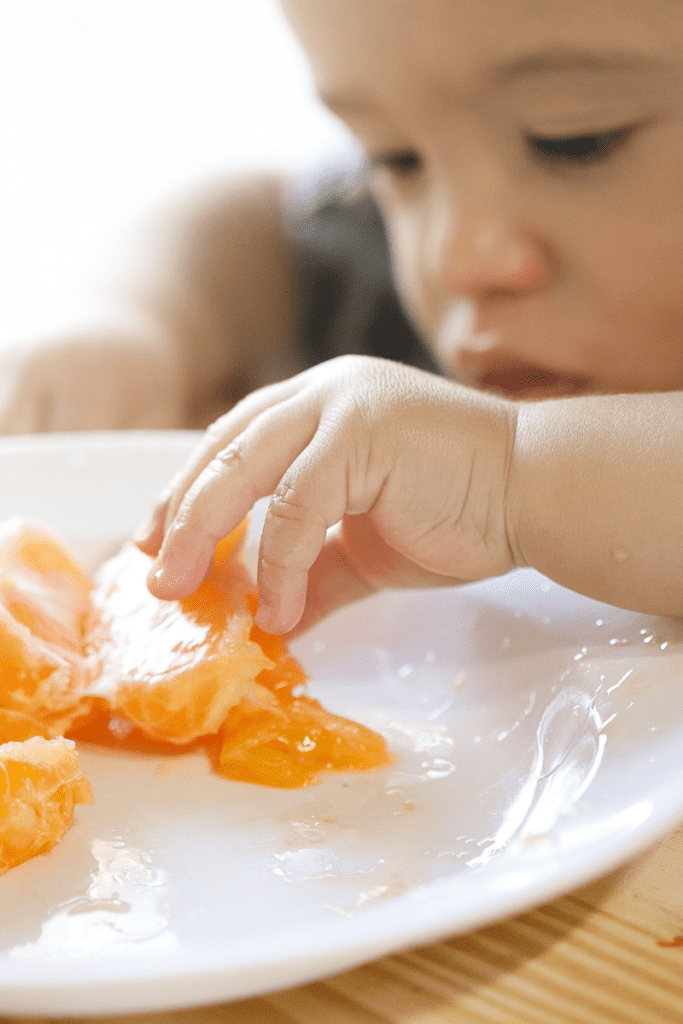
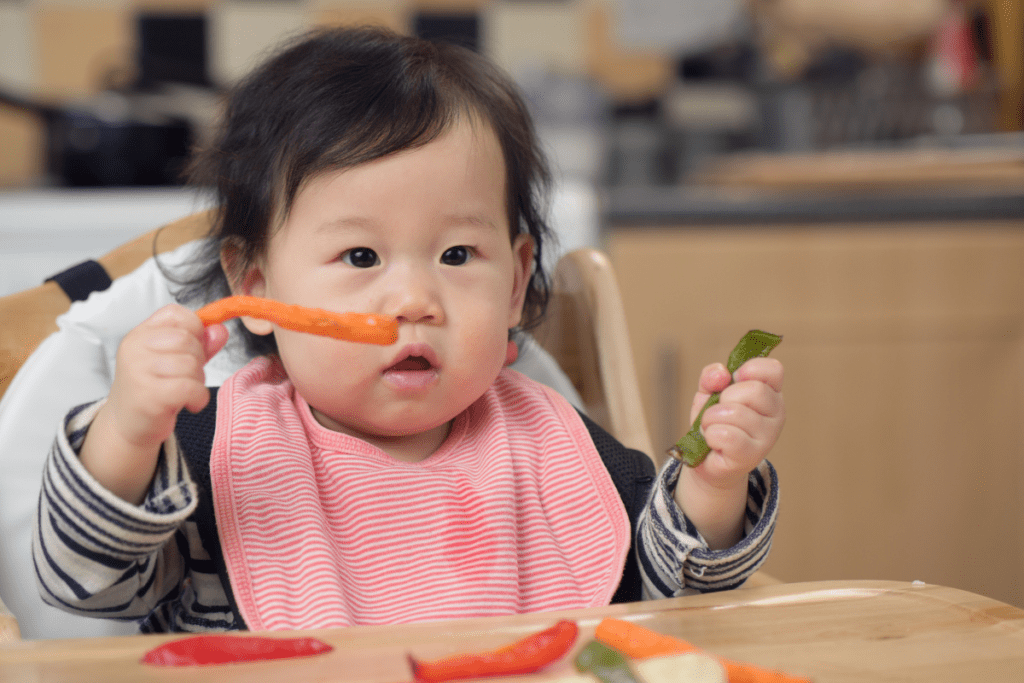
When your baby is ready, introduce foods of different flavors and textures for them to explore.
Citrus fruits
Chia seed pudding
Multiple colors of bell peppers
Variety of crackers
Senses: taste, touch, smell
Push + Pull Play
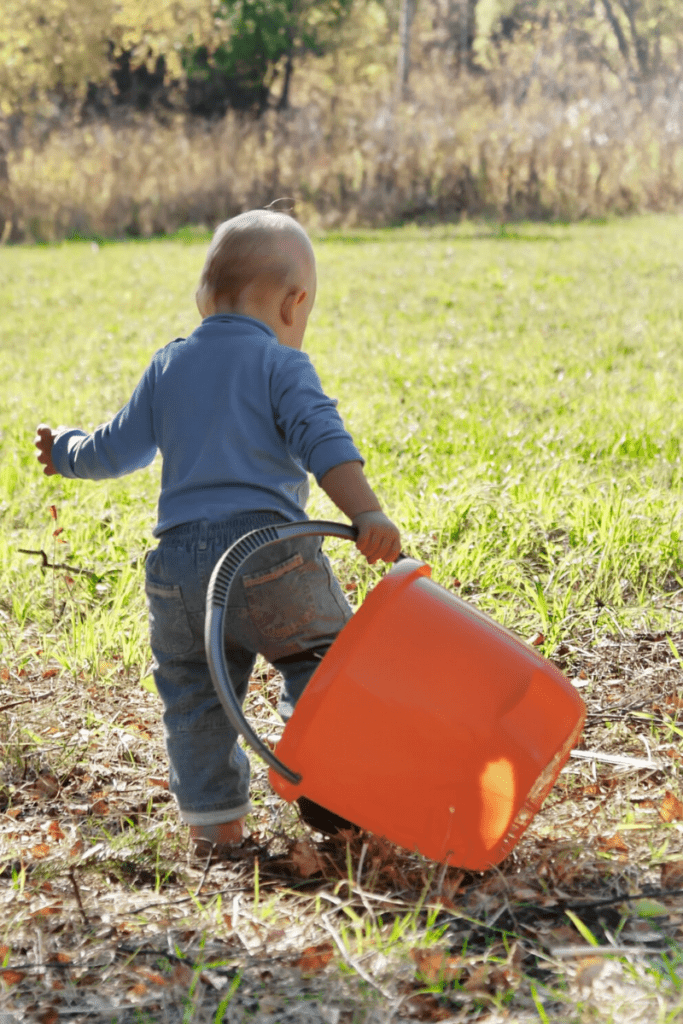
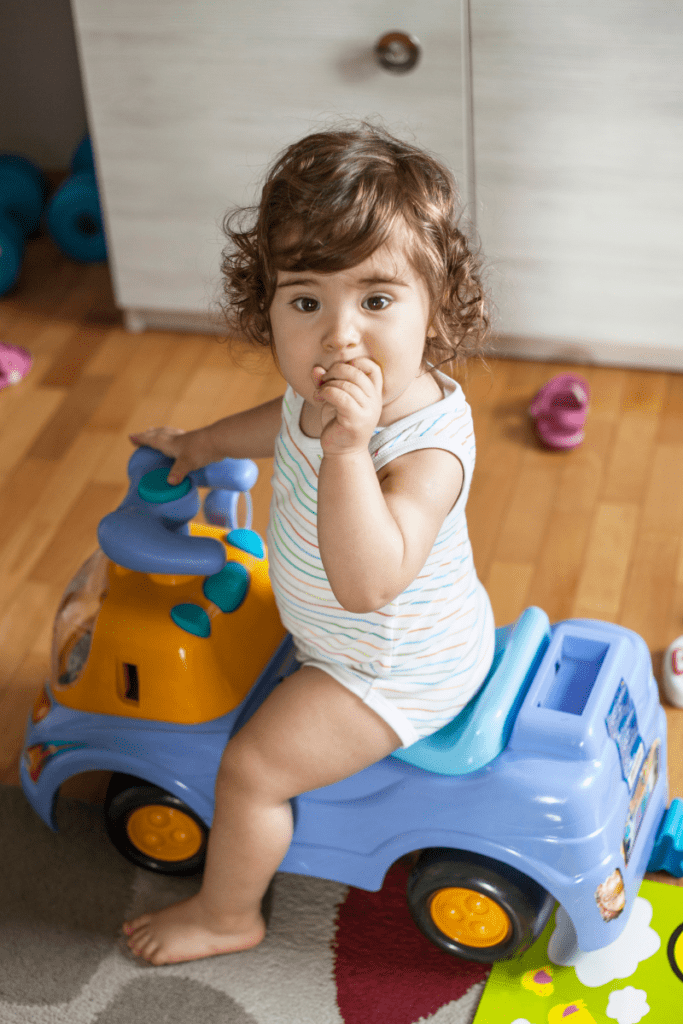
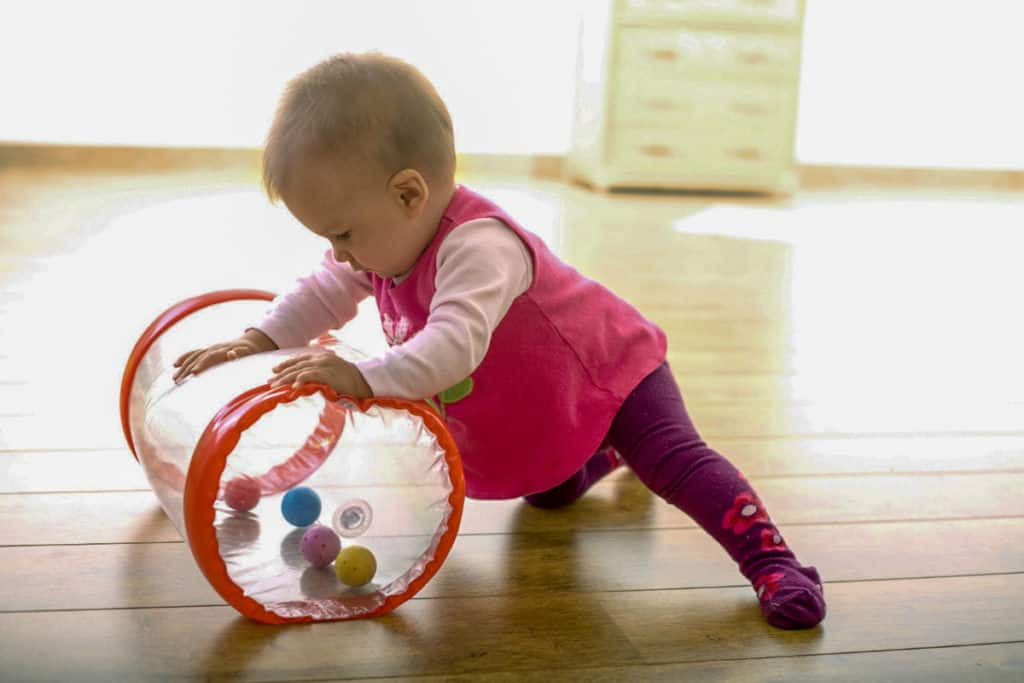
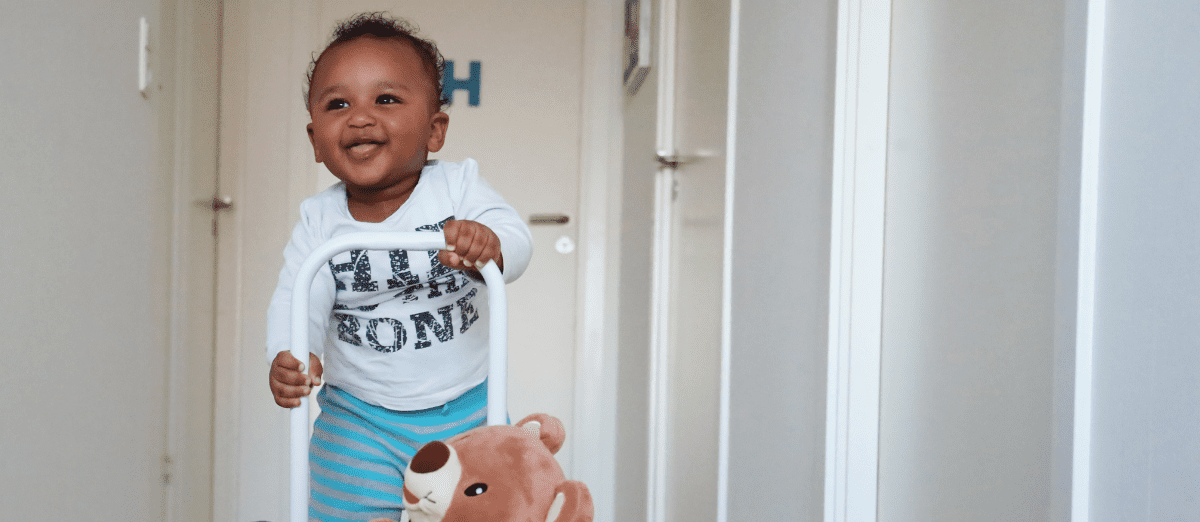
Babies love to push, slide, drag, roll, lift, and pull large or heavy (for them) objects. Look for safe ways to create this activity.
Cushions
Buckets
Baskets
Walkers
Crates
Ride-On Toys
Boxes
Totes
Large Balls
Add weight and/or ropes so your baby can use muscles pushing and pulling large or heavier objects.
Senses: touch, vestibular, proprioceptive
Nature Walks (Or Sits, Or Cruises)
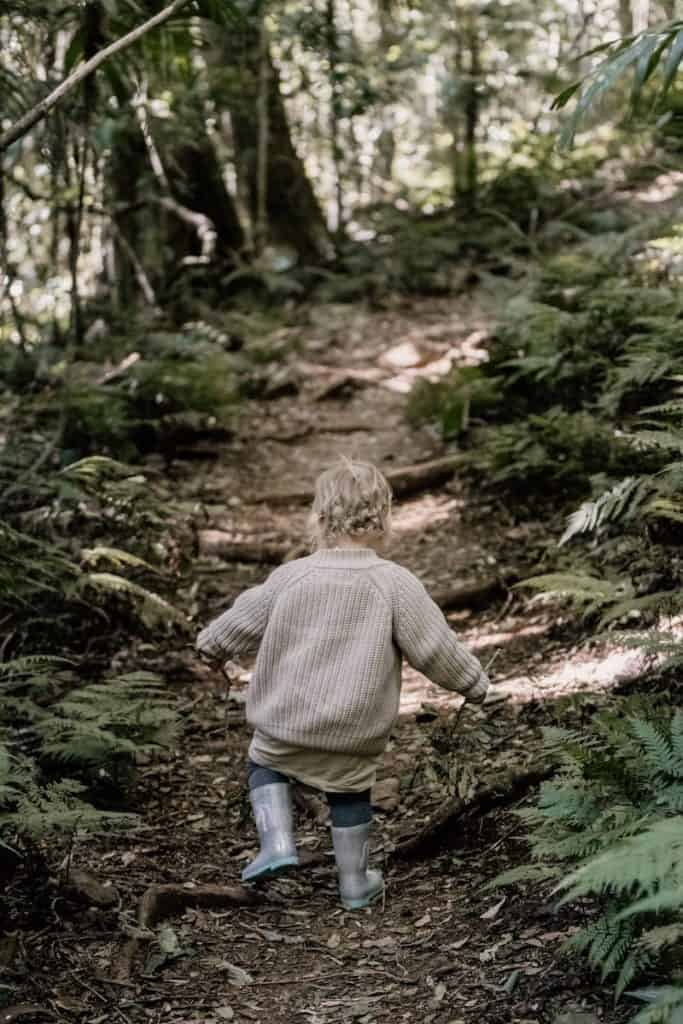
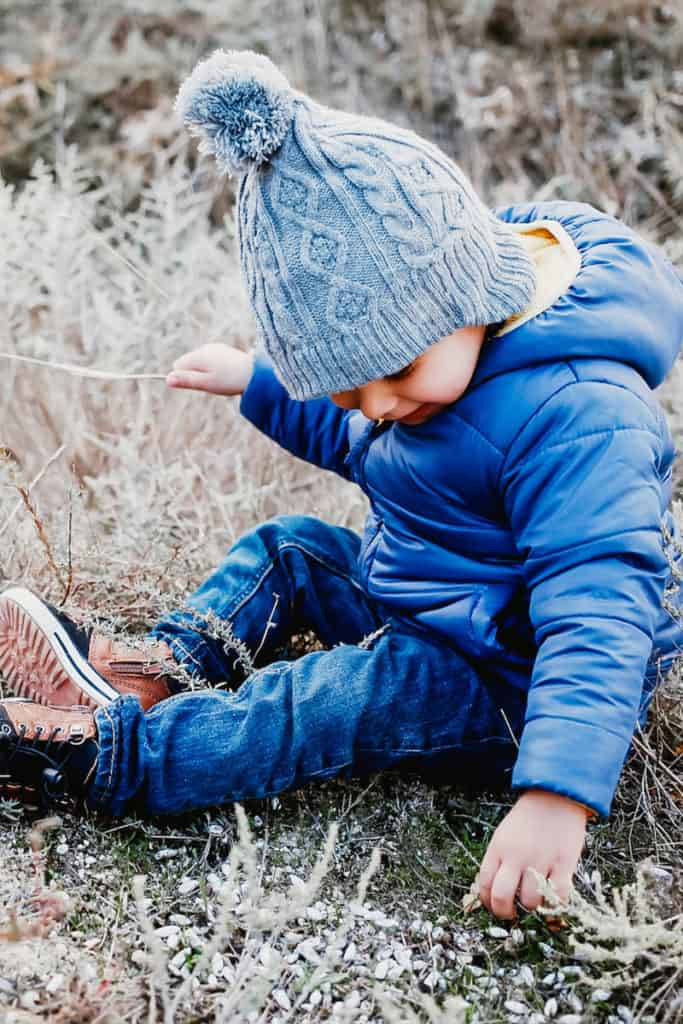
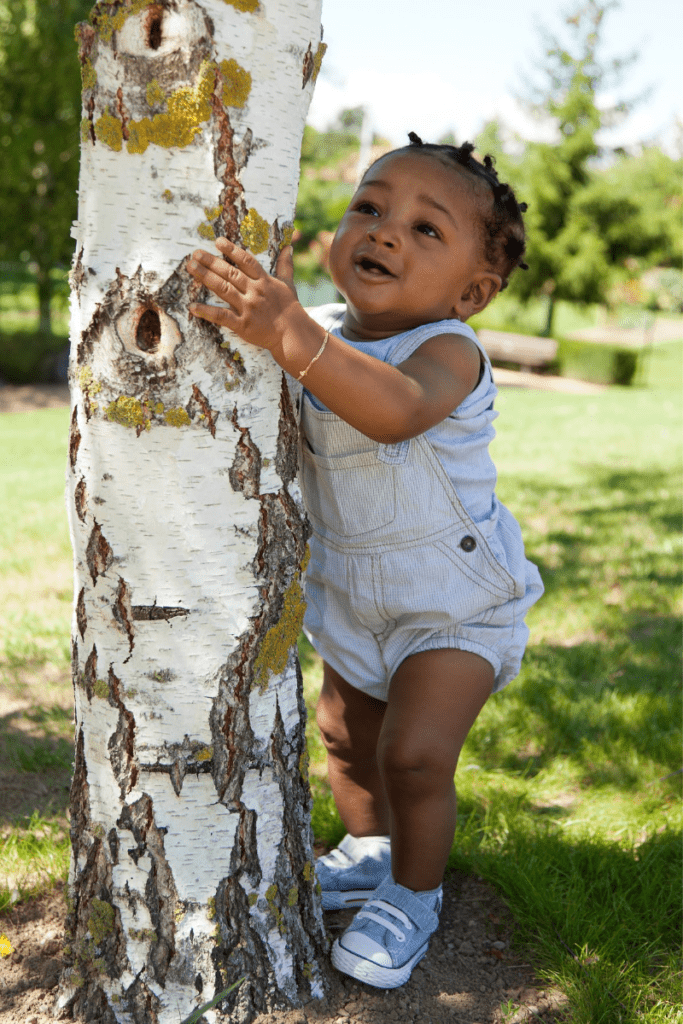
Senses: sight, touch, smell, hearing, vestibular, proprioceptive
Music
Clapping
Singing
Dancing
Instruments
DIY Rattles
Senses: hearing, touch, vestibular, proprioceptive
Drinking From An Open Cup
Once your baby can sit up, it’s safe to slowly introduce drinking from an open cup. This is a great learning experience and a sensory activity all in one. For more sensory play, give your baby a dry washcloth that they can use to start wiping up spills.
Senses: taste, touch, proprioceptive
Exploring Light + Shadow
Rope lights or string lights
Children’s flashlights
Cover lamps with scarves
Translucent objects
Reflective objects
Explore shadows outdoors during dusk or nighttime
Senses: sight, touch
Goofy Moves
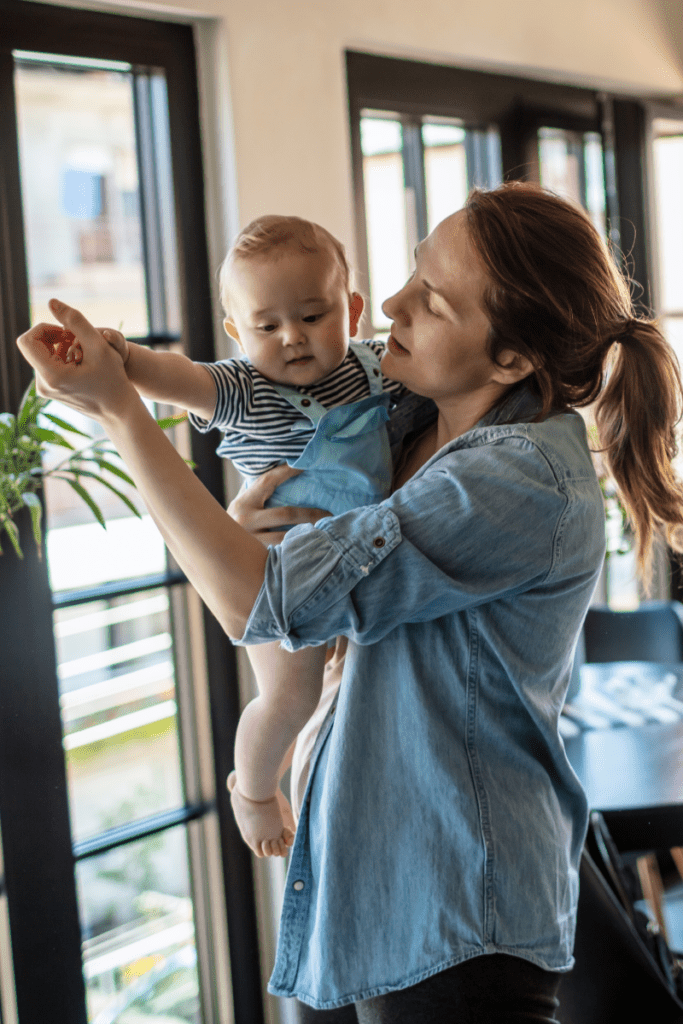
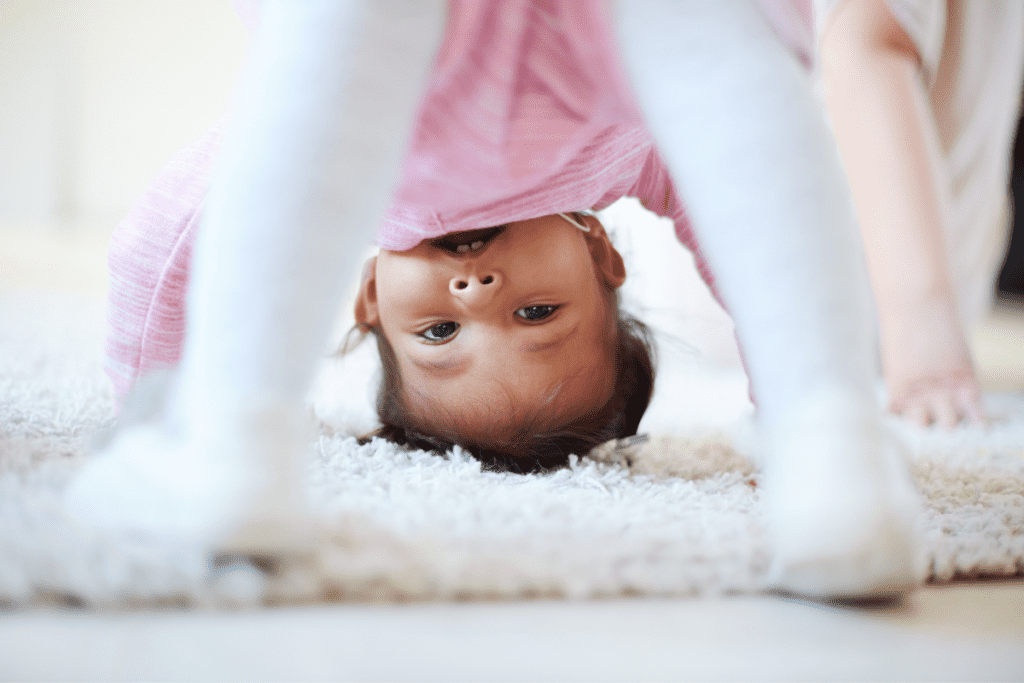
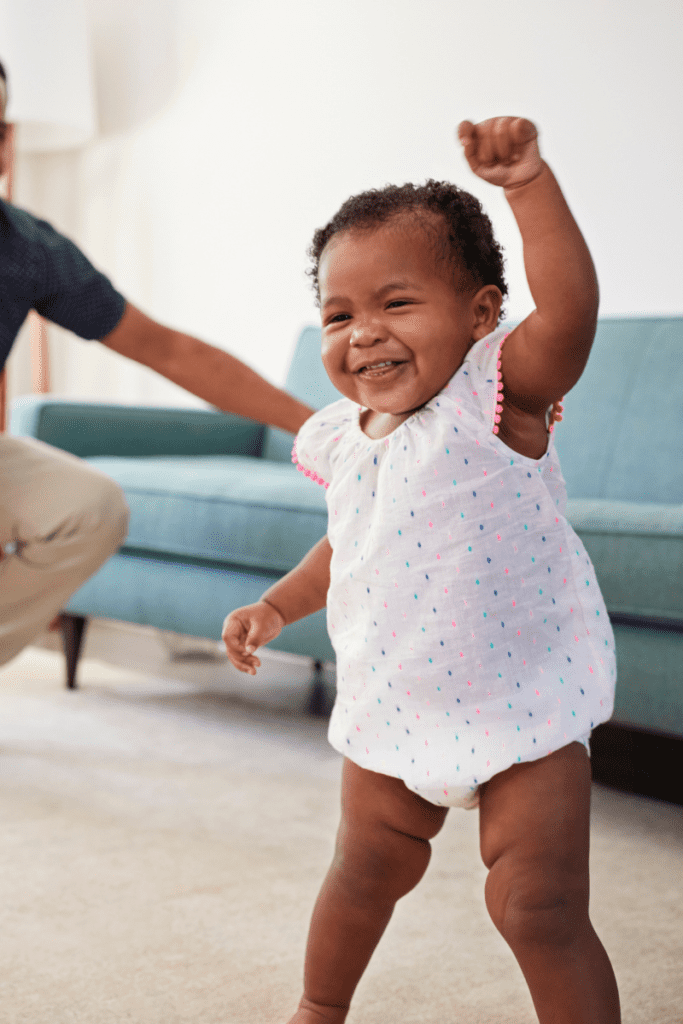
Encourage your baby to roll, dance, or turn upside down. Or you can gently perform these moves with your baby.
Spinning
Upside down
Rocking
Swinging
Rolling
Senses: vestibular, proprioceptive
Under + Through
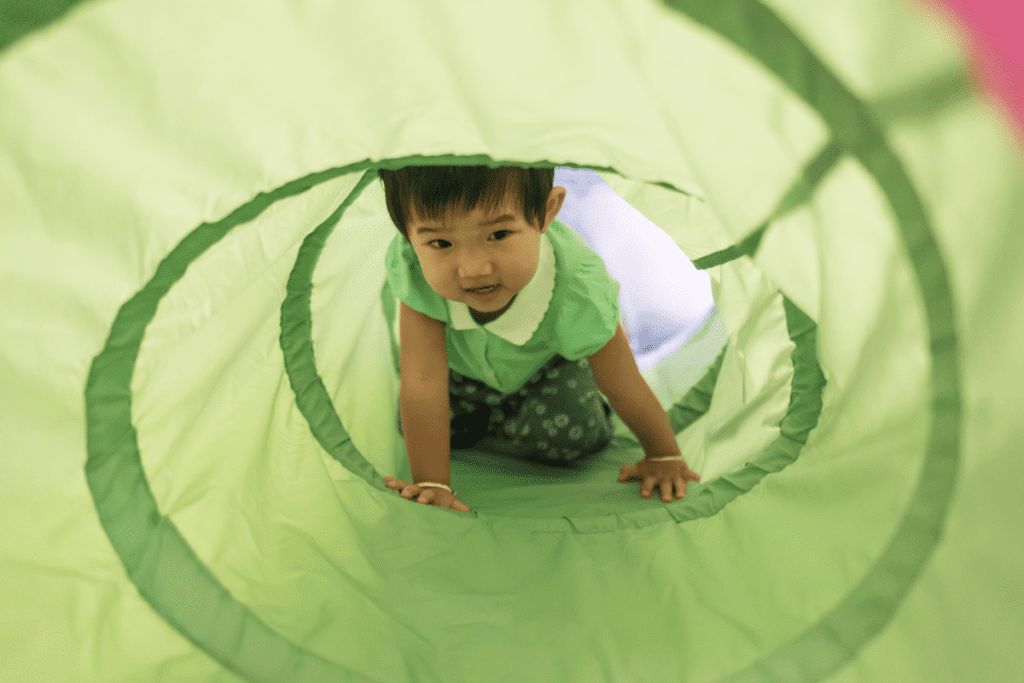
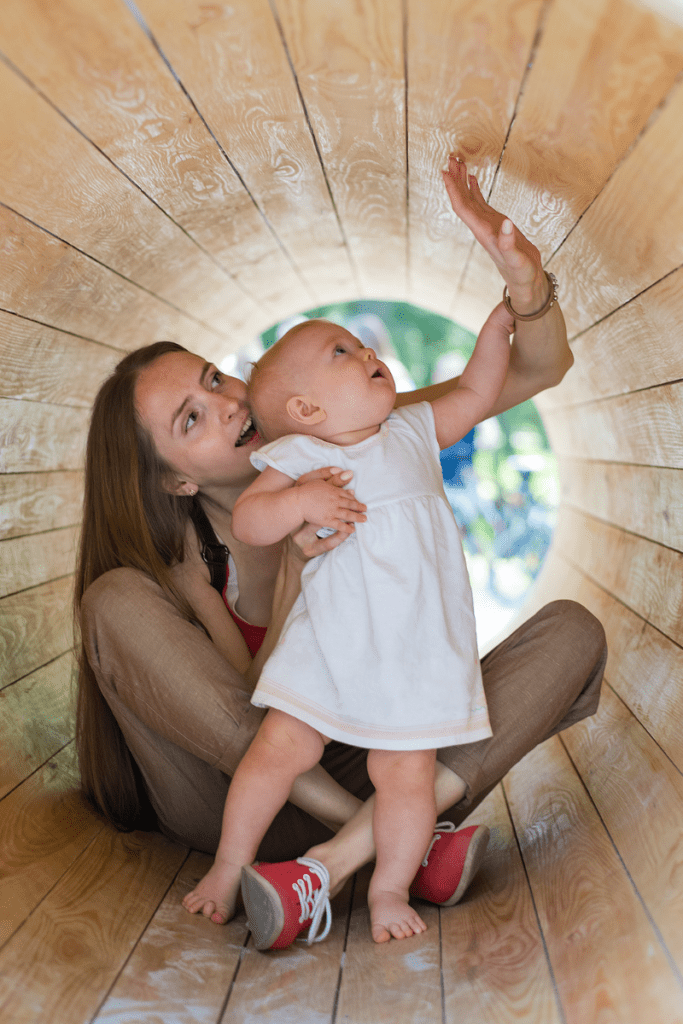
If you don’t have a pop-up tunnel, you can create your own with chairs or by draping blankets.
Senses: touch, vestibular, proprioceptive
Loose Parts Play For Babies
A great way to incorporate sensory play into your home is by using loose parts. Exploring objects is an engaging, developmentally appropriate sensory activity during a baby’s first year.
Loose parts are items that babies can safely manipulate, mouth, and explore. Objects with various textures, colors, weights, and sounds create a sensory experience.
Many of the activities above could fall into loose parts play. Still, I want to highlight some of my favorite loose parts materials for babies.
Themed Treasure Baskets (find ideas in the ultimate guide linked below)
Fabric: scarves, felt pieces, fabric squares
Shaker Bottles: made with plastic bottles or empty spice bottles
Bangle Bracelets
Cardboard + Felt Cutouts
Lids + Containers
Cookie Cutters
Cooking Utensils
Sponges + Loofahs
Coasters
Why Babies Need Sensory Play
Sensory play is an essential part of development for babies. Young children need to experience the world through the senses to develop their motor skills, sensory processing, and cognition skills. For babies, sensory activities are an introduction to emergent science skills.
Sensory Toys For Babies
Textured Sensory Cube
Adorable Wood Sensory Tumble Set
Sensory Block Set
Wood Stacking Rings
Solar Jar Nightlight
Stacking cups
Tree Blocks
Color Contrast Latex-coated Wood Blocks
Loose Parts Set: Wooden Peg People
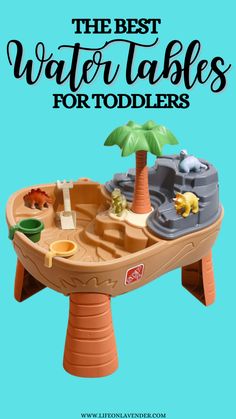
Water play is so fun for toddlers Click here for Information On Water Tables
20 Best Forms Of Water Play For Toddlers
Ivana Davies October 21, 2020

Water play for toddlers is probably the most fun you can have your little ones doing out in the hot summer sun.
That’s because when it comes to water play, it’s one of the most flexible areas for fun play ideas to develop and your kids to enjoy without ever getting bored.
You’d be surprised at the amount of fun activities that you can perform with just a garden hose, a sprinkler, or a simple tub of water.
Not to mention that swimming pools or even kiddie pools are classed as the best places for some of the most fun water play activities for toddlers – as long as your little ones are under proper supervision at all times, of course.
While the key is to have as much fun as possible, it doesn’t mean that water play can’t also be a time where your tots establish and refine some of their key developmental traits like fine motor skills, creativity, and general problem-solving skills.
But with so many possibilities to choose from, which indoor and outdoor water play ideas are the best? Well, follow along down this list I put together and see which of these best fit your child’s preferences.
Water Play Ideas For Toddlers And Preschoolers
A note before I start: If you’re planning on doing some outdoor water activities with your kiddo, make sure to cover him in the proper SPF sunscreen to protect his sensitive little body so he can enjoy his fun water time fully.
With that said, let’s delve into some easy, fun ideas involving water.
1. Make a kiddie pool into a watery ball pit
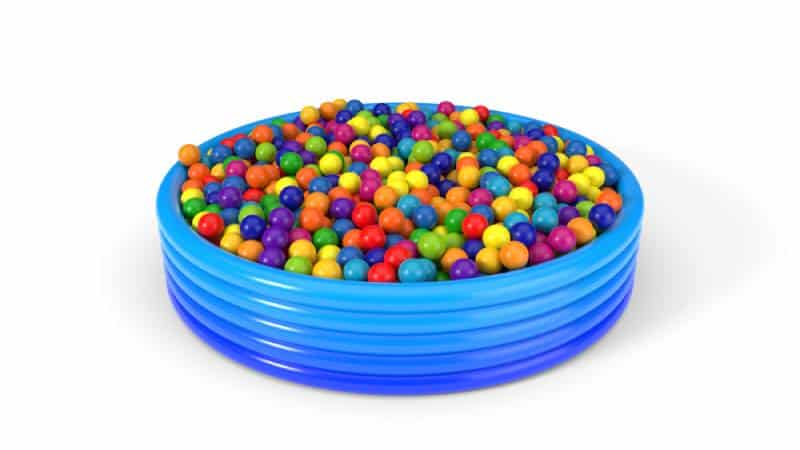
Undoubtedly one of the most entertaining activities and the simplest to set up. Just buy a bunch of plastic balls, fill the pool up with water, scatter the balls around your tot’s little pool play area, and watch him have the time of his life.
A swimming pool can also do the trick, but only if your child has learned how to swim and you’re around to watch him just in case.
2. Sensory bins
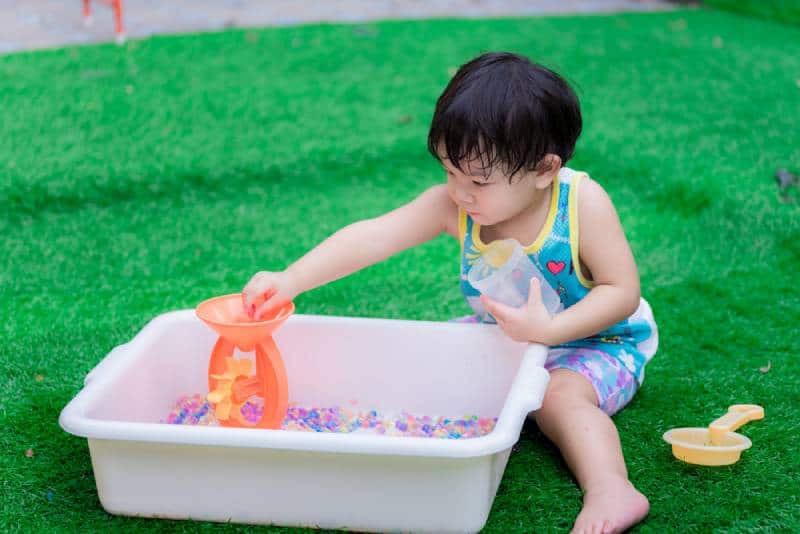
While sensory bins can be anything and everything, water generally makes for some of the most fun ones, sometimes even better than your little one squishing play dough in his hands.
Anything from fake snow and ice cubes to wet pom-poms, water beads, and similar. You can make a whole water table of sensory play with water bins alone.
It’s a cheap and effective way to make use of water in a fun way all through DIY techniques.
3. Painting the driveway
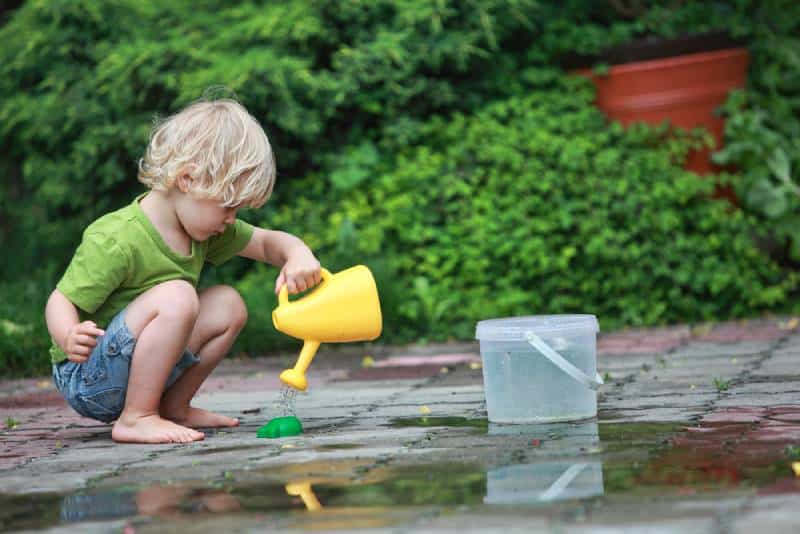
This one may seem a bit odd, but it’s super fun to do and easy to execute. All you need is a tub of water, some clean paintbrushes, and a paved or concrete area.
Soak the brushes and then drag them across the driveway to make your masterpiece. It’s a lot safer than regular paint – for one, there’s no mess to clean up, plus also there’s no issue if your child happens to lick the brush out of curiosity.
Water is a great non-permanent way to have a whole load of fantastic fun.
4. Water balloon fight
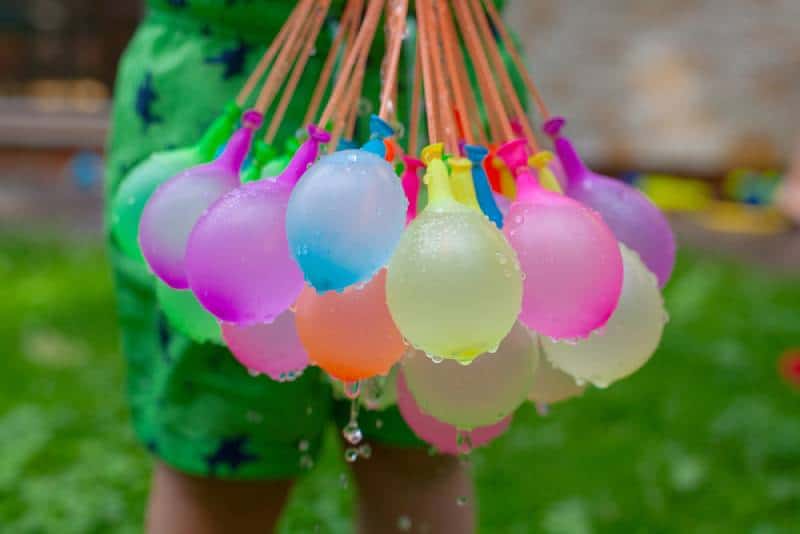
While it might be a bit unfair for you to challenge your 3-year-old kid, you can always pit him against his friends for a bit of harmless shenanigans.
Just prepare a bunch of water balloons for them to be able to use as ammo.
If you’d like to spice it up a bit more, you can go out of your way to create a whole battlefield for them and adding a few squirt guns and/or spray bottles into the mix.
You can even add water hazards in the form of a sprinkler or two and a few inflatable water toys to serve as cover.
This way you get to make it a really memorable experience. Let the water games begin!
5. Food coloring ice cubes
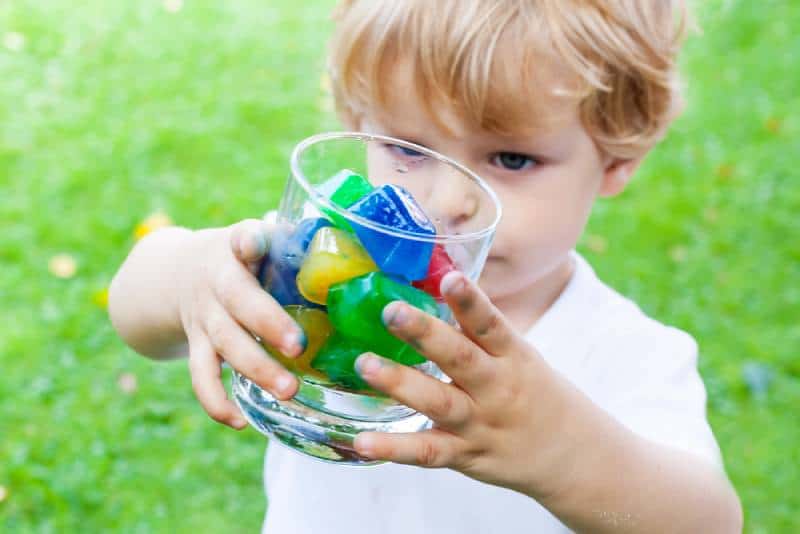
It’s as simple as a toddler water activity gets. Simply get your ice cube tray and fill it with water, then put some food coloring into each individual one and freeze for an array of color options.
Once they’re frozen, take them out and place them in a bowl of clear water. Your toddler will be fascinated by how it melts and the color spreads. The more you put in, the crazier the color combinations are going to become.
Just make sure to not overdo it and ruin the charm of it by going all out at once.
6. Paper boat sailing
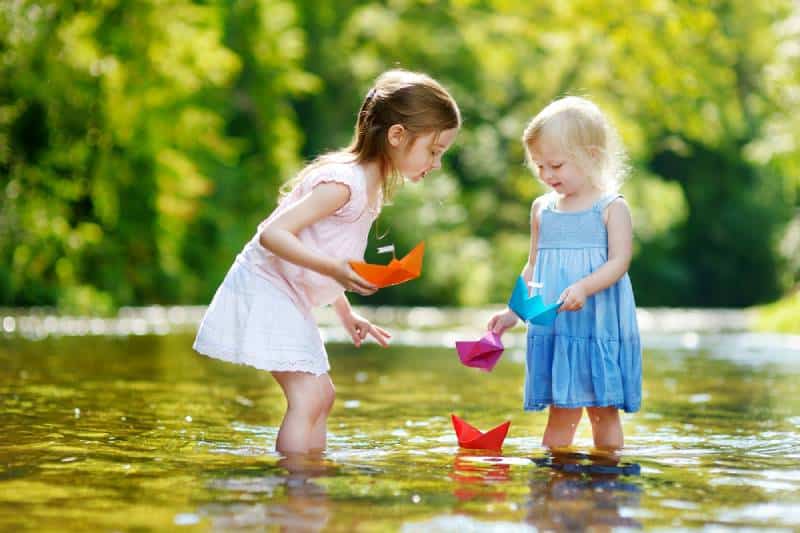
Here’s yet another fun activity for your water play table. Teach your kid how to make a sturdy paper boat out of a sheet of A4 paper or some old newspapers.
It’ll take a bit of trial and error, but it’s simple enough for preschoolers to grasp the concept.
That said, if your child is having trouble, just make the boat for him. I doubt he’ll mind.
While you’re in the process, you may as well make him a silly paper hat too.
After that’s done, head over to your swimming pool, kiddie pool, or bathtub if nothing else, fill it with water, and let the boats sail along. Your kiddo won’t be able to contain his excitement, trust me.
Even to this day, my 5-year-old son really enjoys making his own boats and seeing them sail down a creek or any body of water for that matter. It is a delight to see.
7. DIY squirt guns
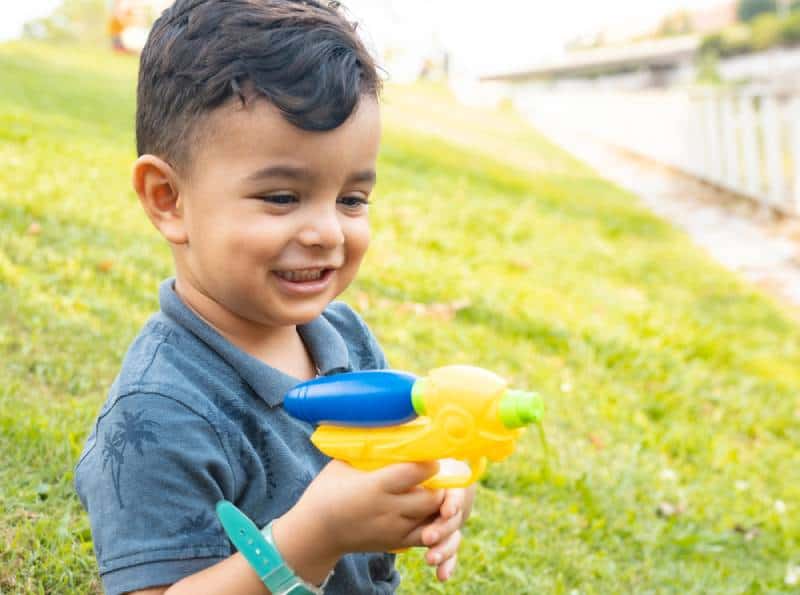
Even though I’ve touched upon them earlier in the water balloon bit, nothing is stopping you from giving your child a different version of the scenario, though this time with squirt guns alone.
Squirt guns can easily be made out of some old and empty glue or ketchup bottles that you may have lying around. Simply make sure you clean them out properly before filling them with water. Nobody likes a jammed gun, after all.
Then presto, you’ve got your very own budget squirt gun.
And it doesn’t have to be a water war against others; your child can simply use it to doodle on the wall or driveway with a bit more precision than a paintbrush.
8. Water display
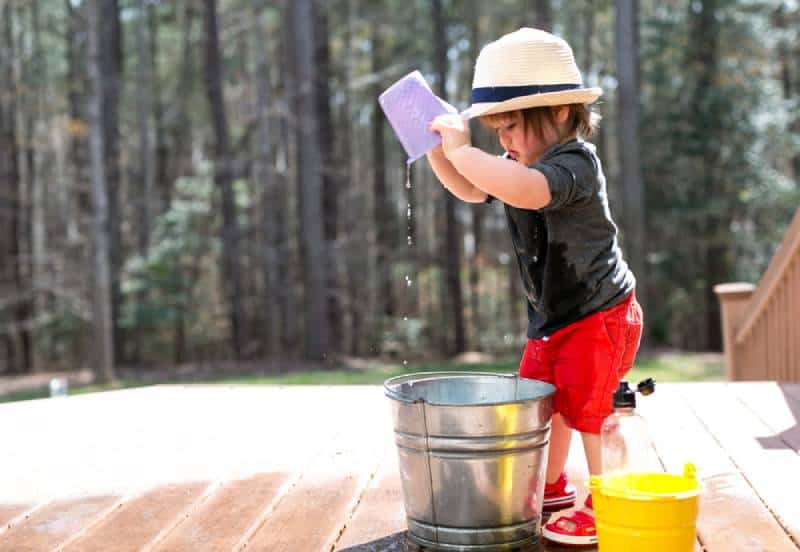
While I trust that you yourself can flex your creative juices, do let your child be the star of this neat water play for toddlers activity.
Grab some buckets, fill them with water, and arrange them as your child sees fit.
Do make sure that they’re all differently colored if you can to give your child more options in display construction.
If you want to make the display even more eye-catching, grab some bath toys or LEGOs and watch your busy toddler assemble his desired display.
This is one of those summer activities that seems bland on the surface yet both fun and educational to do, as your child learns some basic gross motor skills like scooping water in and out of specific buckets and transferring it over.
9. Foam blocks and sponges

The principle of this one is simple. Just fill up a pool and grab some foam blocks, put them in, let them soak up water, and let your tot have fun constructing his own shapes.
With the blocks wet, they’ll stick to each other a lot better, allowing for all sorts of crazy combinations.
The sponge works in a similar manner (though not as sturdy when wet), but it’s more for the satisfying sensation your little gets when squeezing the water out of it rather than building stuff with it.
10. Water slide
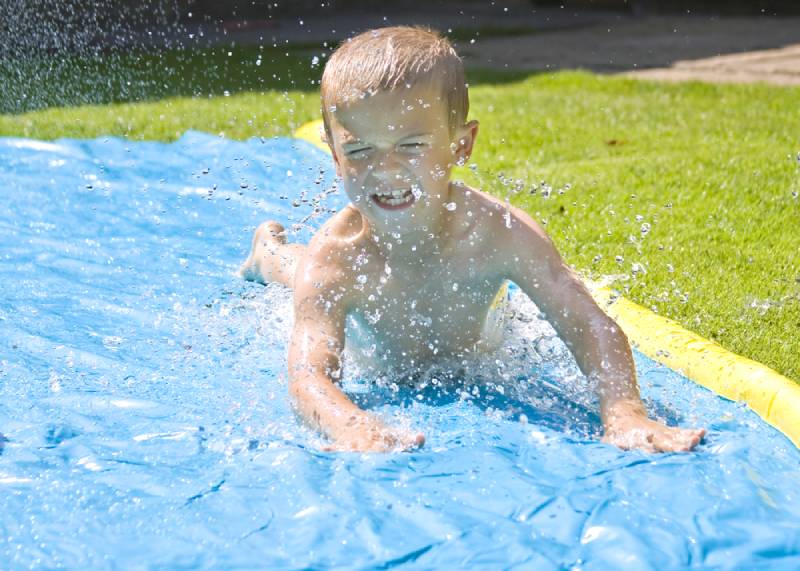
Everyone remembers the first time they ever went slip-sliding down a water slide. It’s always a fun experience and a classic way of water play for toddlers and adults alike.
Simply grab a large plastic tarp or plastic sheeting (even a couple of patched-together garbage bags will work) and set it across your lawn. Then provide a steady flow of water atop it to make sure it’s always wet.
After that, just let your kids get a nice run up and slide down the thing. It’s guaranteed to keep them busy and entertained for at least an hour or two.
11. DIY water wall
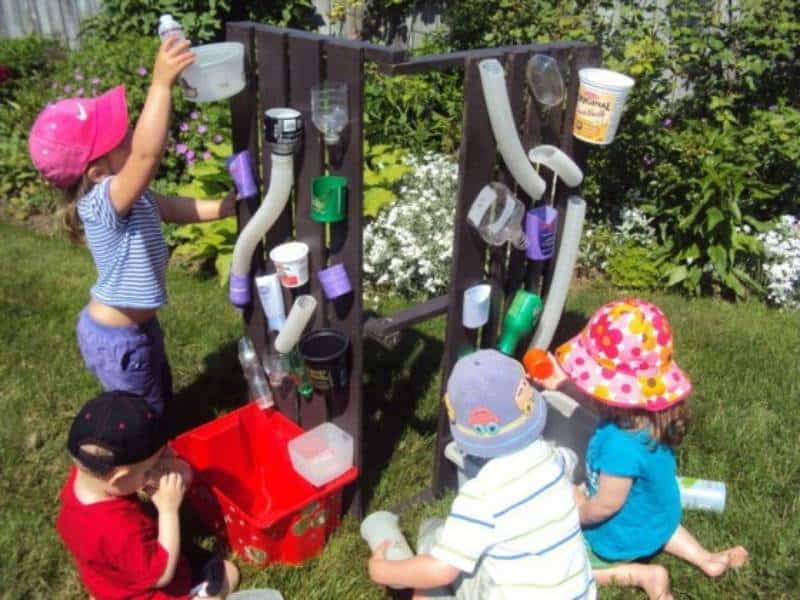
Image via happyhooligans.ca
A bit more obscure than a water slide is a water wall – a setup of various funnels, pipes, and bottles that lead the water around in potentially unexpected places.
Honestly it’s a rather simple idea, but one that kids love as they simply love seeing water in motion for some reason.
All you need to do is find a nice vertical surface to attach all these components onto and run some water through it for your kids to have a whale of a time. I’ve found that grated surfaces work the best as they have a lot of flexibility with attaching things to it.
And if you’re looking to kick it up a notch, you can even add food coloring to the water as you pour it down for a more visually spectacular event, or you could make the design more intricate and more like a little maze.
This way your kids get to learn some problem solving by figuring out which route leads the water all the way to the end.
You can also add some noise makers inside the contraption to even become a feast for both ears eyes. Heck, it might end up so awesome that you choose to make it a permanent installment in your backyard.
12. Garden soup

Do note that by no means should you have your child eat any of this “soup.”
Now that that’s clear, making garden soup is still a very entertaining activity, especially if you have a vibrant garden full of different plants and flowers that you don’t mind getting a petal or two plucked from.
The idea behind it is to get a container of water, preferably something like a bucket or similar, and have your kids fill it up with grass, flowers, berries, and the like, then have them stir and mix it to create this weirdly pleasing display in the water that vaguely resembles a form of garden soup.
While it may seem simple and cute, this activity helps your toddlers learn about the stirring motion, thus improving on their gross motor skills.
13. Little scientists
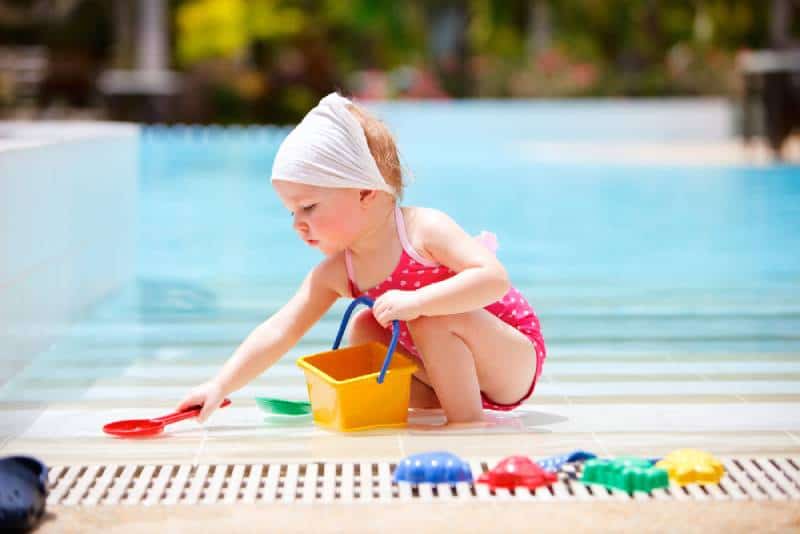
Again, a deceptively simple activity that will get lots of laughs, squeals, and giggles from your little one.
All you have to do is position your toddler in a wading pool and arm him with a bunch of different objects and toys so he can place them in the pool to see if they sink or swim. Make sure to ask him every time before he puts one in to see if he gets it right.
If he does, prepare a small reward, that’ll ensure that he tries his best and retains that knowledge in his memory.
14. Water table
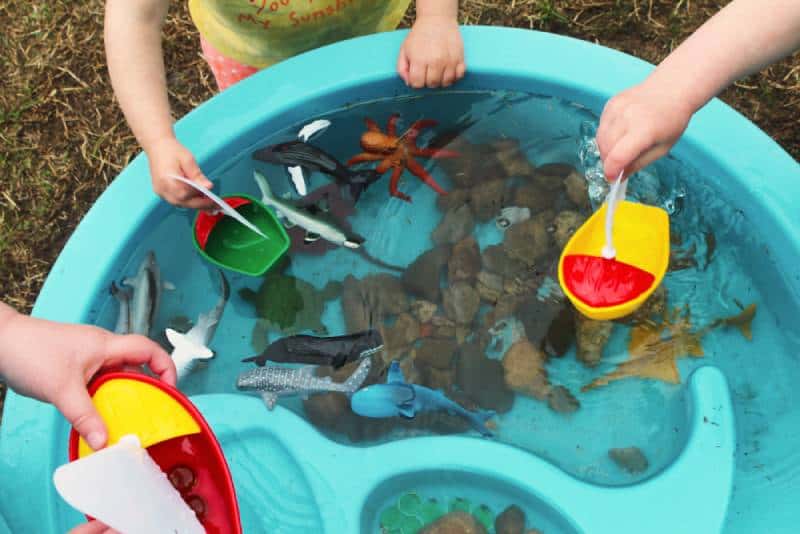
While a bit more expensive than any of the methods of water play for toddlers mentioned above, a water table is worth every penny and there are plenty to choose from on Amazon.
What a water play table for toddlers does is that it essentially combines a large number of the aforementioned activities in one place and allows your child to swap seamlessly between them.
I got this one by Step2 for my own kids and they’ve used it to great effect, though I’ve given it away to one of my fellow mamas a year ago after my youngest grew out of it.
That said, it still provided both my kids with countless hours of fun and I wholeheartedly recommend getting one if it’s within your budget to do so.
15. Mixing water and chalk
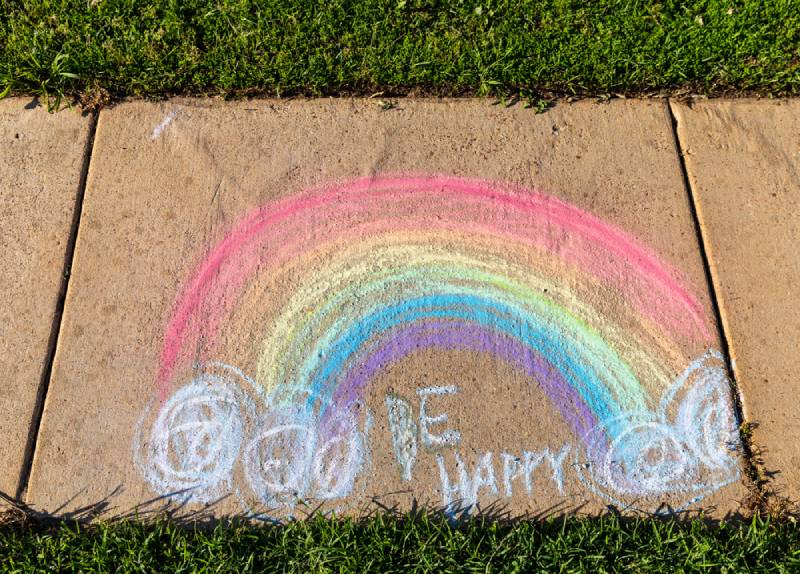
Here’s one that helps spice up the usual chalk scribbling on the driveway. The process is just as simple too.
First you have your little rascals draw what they want with chalk and afterwards you dip a paintbrush into a bucket of water before running it along the drawings.
This moistens the chalk up, making it softer and allowing it to blend with the surrounding colors, creating a more “watercolory” feel to the whole masterpiece. A rather delightful sight and a fun thing to try every now and again.
16. A good ol’ sprinkler
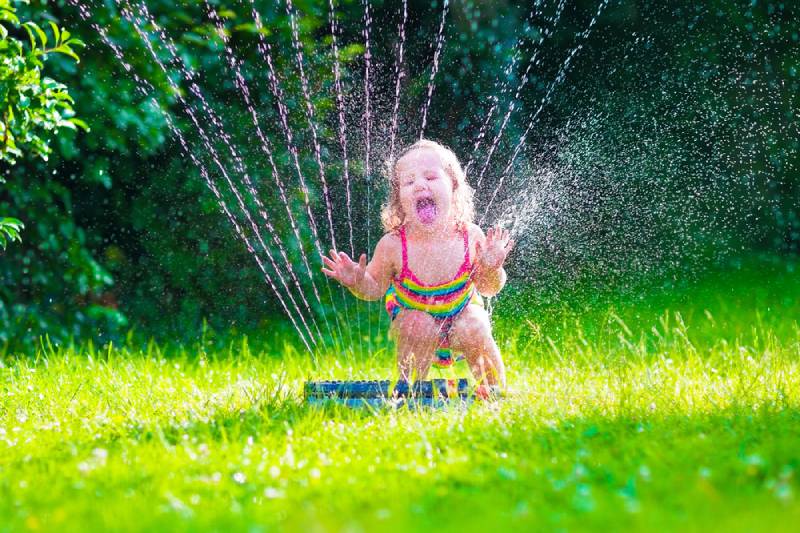
Sometimes all your kids need to have the time of their lives is for you to attach a garden quality sprinkler to the end of a hose, stick it in the ground, and supply the water.
The rest is on them to make their own fun by jumping over it or trying to avoid the water curtains.
17. Make a rainbow
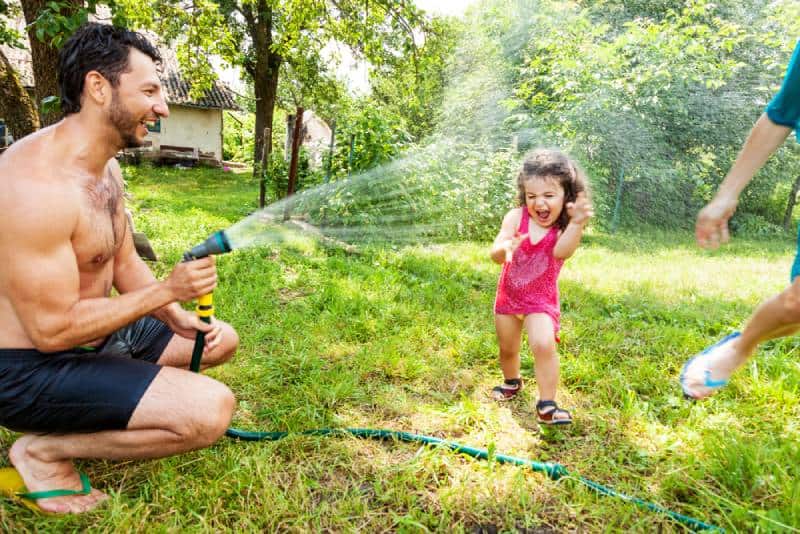
This one is a rather simple trick – you don’t really need any of those special sprayer attachments for your hose (though they help a lot).
You can simply put your thumb over the end of the hose to make a spray and point it toward direct sunlight to manifest a neat little rainbow effect that your kids are sure to love.
18. Coloring water
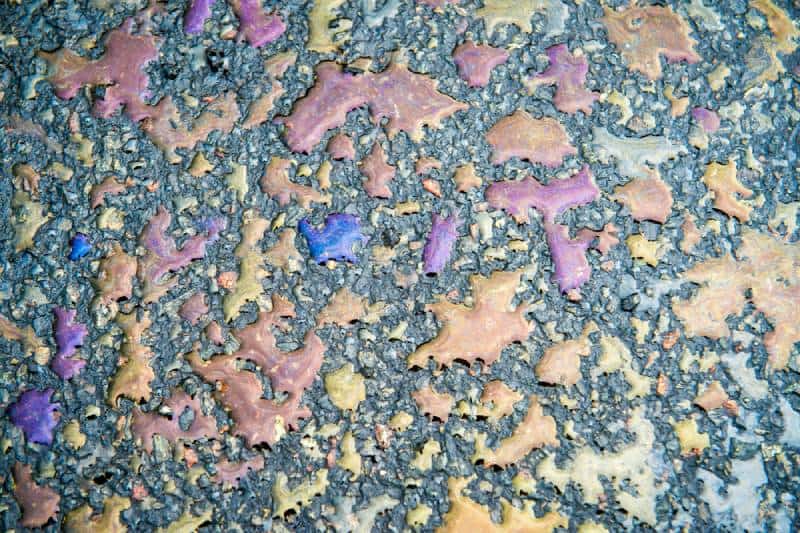
While watching those colored cubes melt in water is fun, coloring a big tub of water directly is entertaining on its own. Simply get some harmless food coloring or an inkwell and dab a few drops onto the water’s surface.
Your preschooler will be captivated by the way it spreads through the liquid environment and is sure to experiment with it on his own.
19. Clean-up crew
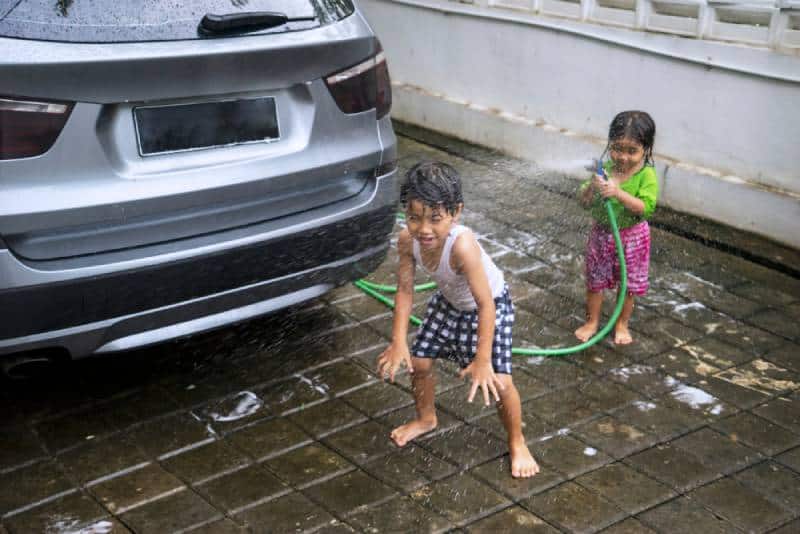
It may sound silly that kids would find cleaning dirty items fun, but there’s an odd sense of satisfaction when you blast dirt off with a hose and your children are likely to think so too.
Just make sure it’s on a low pressure setting if you have a powerful extension, else the hose is gonna go wild.
20. Blow some bubbles
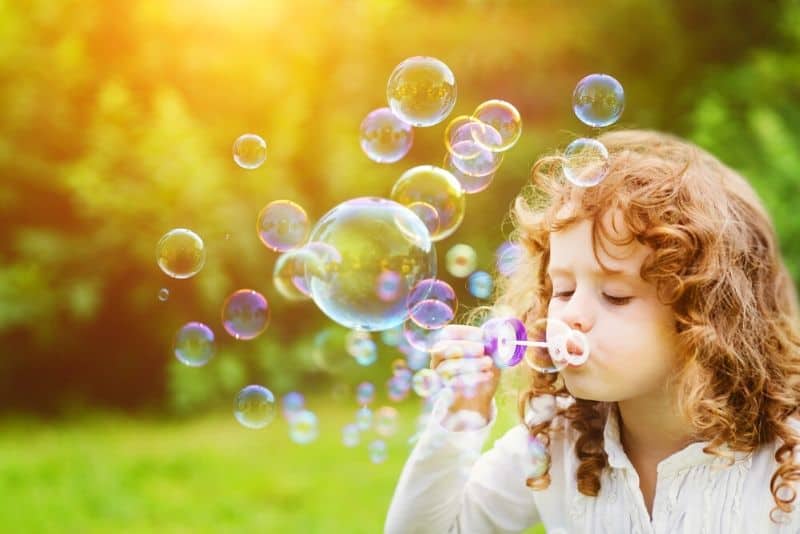
And finally, one of the activities I remember fondly from my own childhood days is grabbing some dish soap, mixing it with water, and making giant soap sud bubbles.
While not a form of water play with toddlers that will get him entirely soaked, it’ll still keep him running around the place full of energy and trying his best to make and pop the biggest balloon he can.
Make sure to have the camera ready for when he does though as those bubbles pop real fast.
The Importance Of Water Safety
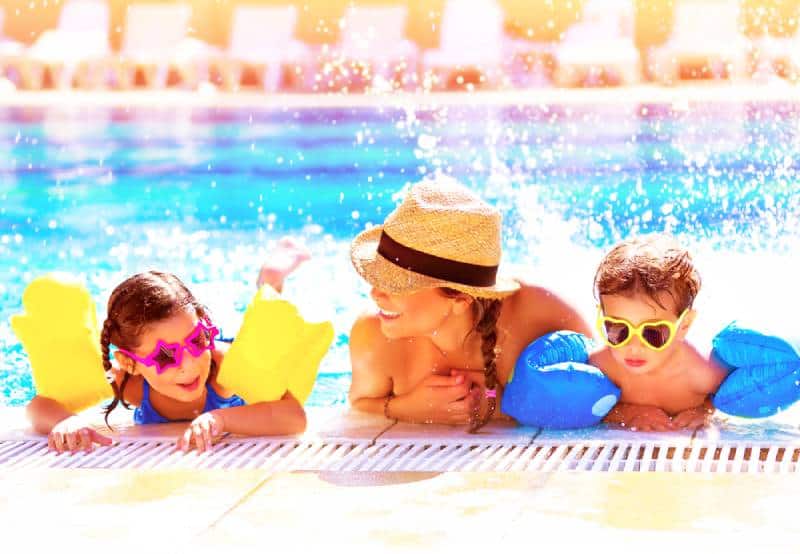
Now, all of these activities may be fun and all, but there’s one aspect they share that each and every parent must adopt and follow, and that’s to keep your kids under constant supervision when they participate in water-based activities.
While most of the stuff I’m describing here is non-toxic for consumption, the water itself can cause problems, with potential drowning on the list of the most horrible.
To avoid this, make sure you have your kids within eyesight at all times and be attentive to any cries for help.
RELATED: Best Safety Tips And Advice On When Can Baby Go In Pool
In Conclusion
There are many forms of water play for toddlers – some simple, some a little more intricate – but all are effective at keeping your kid cooled down and entertained during a hot summers’ day.
If you’re having trouble deciding on which new water play activity to do with your kids, simply make a printable copy of all the activities that they like, place it on your fridge, and cycle through them.
Encouraging Early Learning for Babies
How to Engage with Your Baby
How we connect with our children is just as important as how they connect to their environment. There are several Montessori principles that can guide our interactions – ensuring we are not authoritatively overriding but also not permissively overlooking.
Observation
By pausing intentionally to notice our babies in different moments throughout the day, we will better understand where they are in their development. When do they seem ready to sleep? When do they seem most eager to move? Are they more interested in kicking their legs or batting their arms? What seems to frustrate them? What catches their interest? This kind of curiosity is the crux of following the child, as opposed to building your days together in a top-down, adult-led manner.
Observation: “I noticed you started opening and closing your hand this week, and so I’m going to offer you this rattle now that I know you can grasp.”
Encouragement
Montessori emphasizes encouragement in place of praise. Praise is an external motivator, where the child grows accustomed to seeking outside approval on work that they’ve done. Re-phrasing our excitement over their work in a way that focuses on their effort fosters self-motivation. We can encourage our babies even if they aren’t able to talk yet.
Praise: “Good job crawling!”
Encouragement: “I saw how determined you were to move across the room! You must feel strong!”
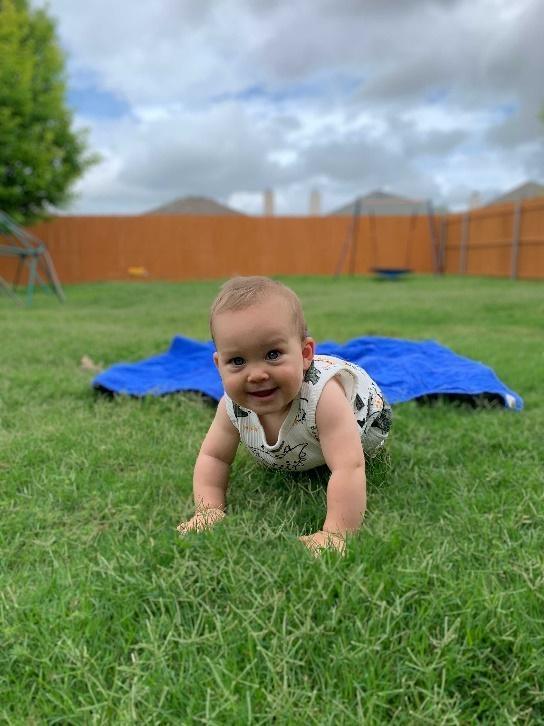
Cooperation and Consent
Montessori invites us to emphasize our baby’s capabilities by treating caregiving needs as something we do with them, not as something that happens to them. When your baby is a newborn, this starts with slowing down and saying out loud what you are doing. As they get older, you can invite their participation and seek consent in what happens to their body.
“I see you are crying, and I noticed that your diaper is wet. Let’s go to your changing mat. I’m going to take off your dirty diaper. Now, let’s put a clean, dry diaper back on.”
“Would you like to help get dressed by pulling up your own pants?
“May I pick you up?”
“Would you like to try more sweet potatoes?”
Honest and Factual
Since we know our babies and young children are working overtime to analyze how the world works, we do not communicate with explanations that seek to distract, redirect, or “dumb down” the information available.
“We are going to the doctor. Today, you will be getting a shot. It will feel like a poke on your skin. I will be next to you and can hold you when the nurse is done.”
Real, rich language
Since they are in a sensitive window for language, we intentionally use clear pronunciation and do not shy away from big words or rich descriptions. We would also avoid nicknames for body parts and everyday vocabulary, which only serves to confuse them.
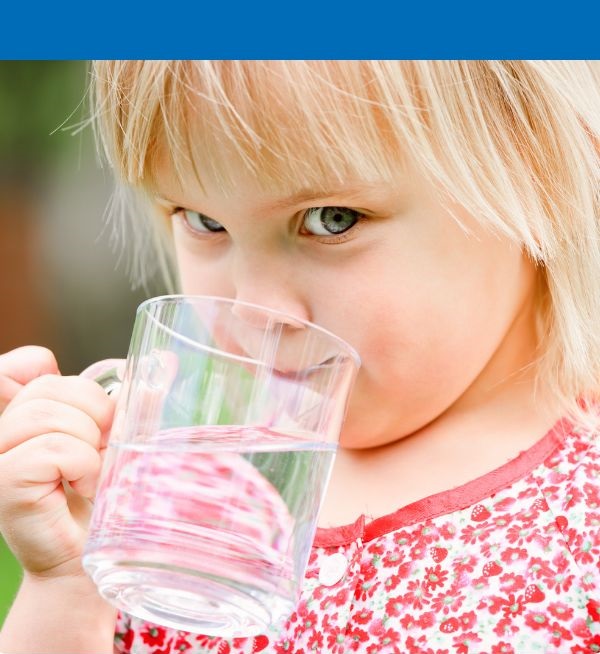
When all of these elements come together, Montessori from birth becomes less of an external thing we “add” and simply an intrinsic level of life emerges. It fuses our love and adoration for our children with a deep respect and understanding for who they are as individuals. It gives us as new parents the means to keep learning, while giving our children trust to discover for themselves.
“To understand the child as a creative power, to realize that he is psychologically different from us, to perceive that his need is different from ours is a step forward for all human aspirations and prepares a loftier level for social life.” – Maria Montessori”
Get Out Of Your Child’s Way
(So That The Magic Can Happen!)
Let’s start at the beginning: a simple definition.
One, single word can be packed with so much power and meaning...Magic.
The power of apparently influencing the course of events by using mysterious or supernatural forces. "suddenly, as if by magic, the doors start to open"
adjective
1.used in magic or working by magic; having or apparently having supernatural powers. "a magic wand"
2. wonderful; exciting. "what a magic moment"
verb
move, change, or create by or as if by magic "he must have been magicked out of the car at the precise second it exploded"
(Source: Oxford Dictionary)
To me, alllll of these things define so well the magic of childhood, which is: the development that occurs naturally within the child, completely unseen and uncontrolled by us. You can’t look at the muscles and watch them growing… you just wake up one morning and realize it’s happened.
This is true with brain development, too! We cannot know the child has learned something by looking at them. We can’t see them transition from one developmental phase to another.
But we CAN observe it.
We can look for the outside signs of the inner work… we can bear witness to the course of their becoming real. Providing supportive experiences that allows sensory development to become a catalyst for learning.
Babies learn differently than we do. There are so many possible sensory experiences to use in order to introduce your baby to the world around them. My youngest child, Hope, was really good about adding layers of sensory enjoyment to everything new. Adults all desperately seek to create moments that we can contribute their smiles, their laughter, and joy in their lives and on their faces. We learn their preferences by providing moments and experiences in their day that contibute to their understanding of our world and enlighten us as to how they learn and enjoy life.
The Amish families near me use the second year of life to enhance their understanding of langauge and focus on what they need to learn for everyday life. They raise genuises in science and their children excell in practical lifeskills. Research shows that their nurturing attention in this year is most valuable to their development.
So take time to sing, read, teach colors, names of their favorite snacks and things to do, names for the people in their lives, etc. in a way that they enjoy. It doesn't have to be always Montessori, sensory experiences, nature play, Reggio, Charlotte Mason or even open ended play. In fact mixing them up is great for learning to be a well rounded person. It also allows us to experiment to find out how your child learns best and how knowing their personal interests gives us an huge tactical advantage in guiding their learning experiences.
The wisdom to use that information in everything that you do with your baby can be taught.
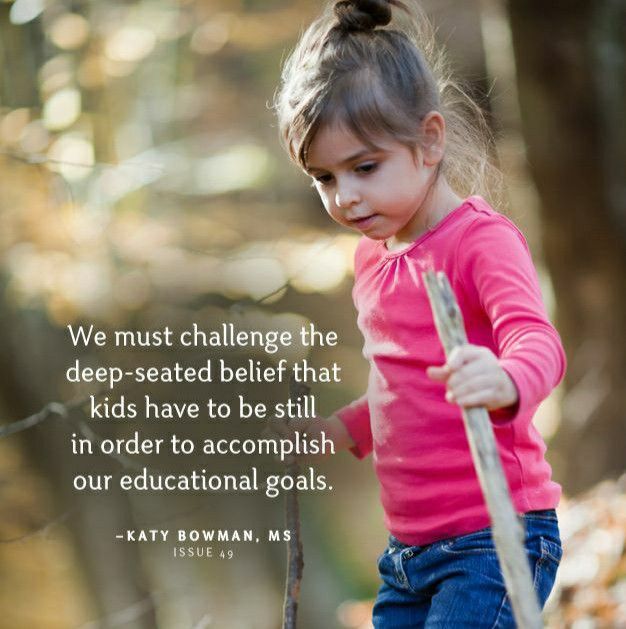
Maria Montessori saw magic happening via the child’s sensitive periods, and she was on target even before neuroscience was a dinnertable topic. The only way the inner needs of a child are filled is by the child going to seek out an activity that fulfills that need. There is not some external sign other than the way the child is engaging with the world around them.
Montessori Principles for Babies:
A Complete Beginner’s Guide
This guide provides a comprehensive overview of which Montessori principles can be applied from birth and why they're beneficial
Infants function on instinct. They are driven from within to develop and grow.
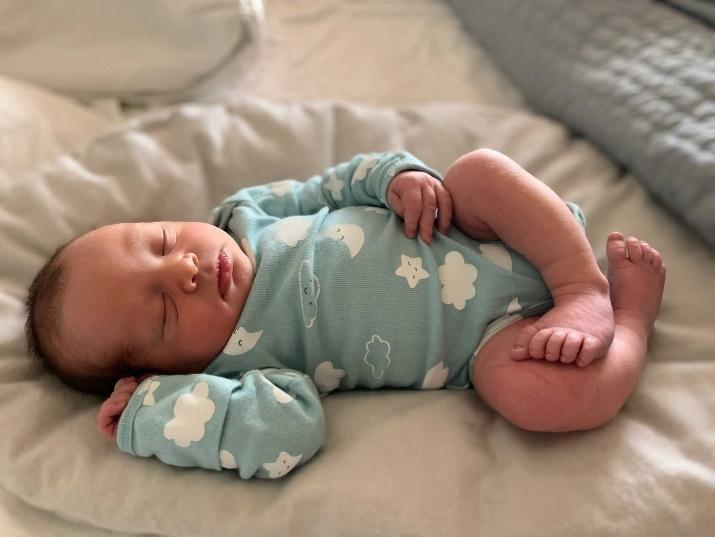
Today, more families are discovering Montessori as a means to support children’s development with an evidence-based lens, adopting principles that prioritize respectful communication, meaningful engagement, and independence. In this guide, we will give a comprehensive overview of which Montessori principles can be applied from birth and why these principles bring both immediate and long-term benefits.
Why Try Montessori from Birth
This is a model that honors learning as it intersects with living, where the goal is to help each child realize their full potential.
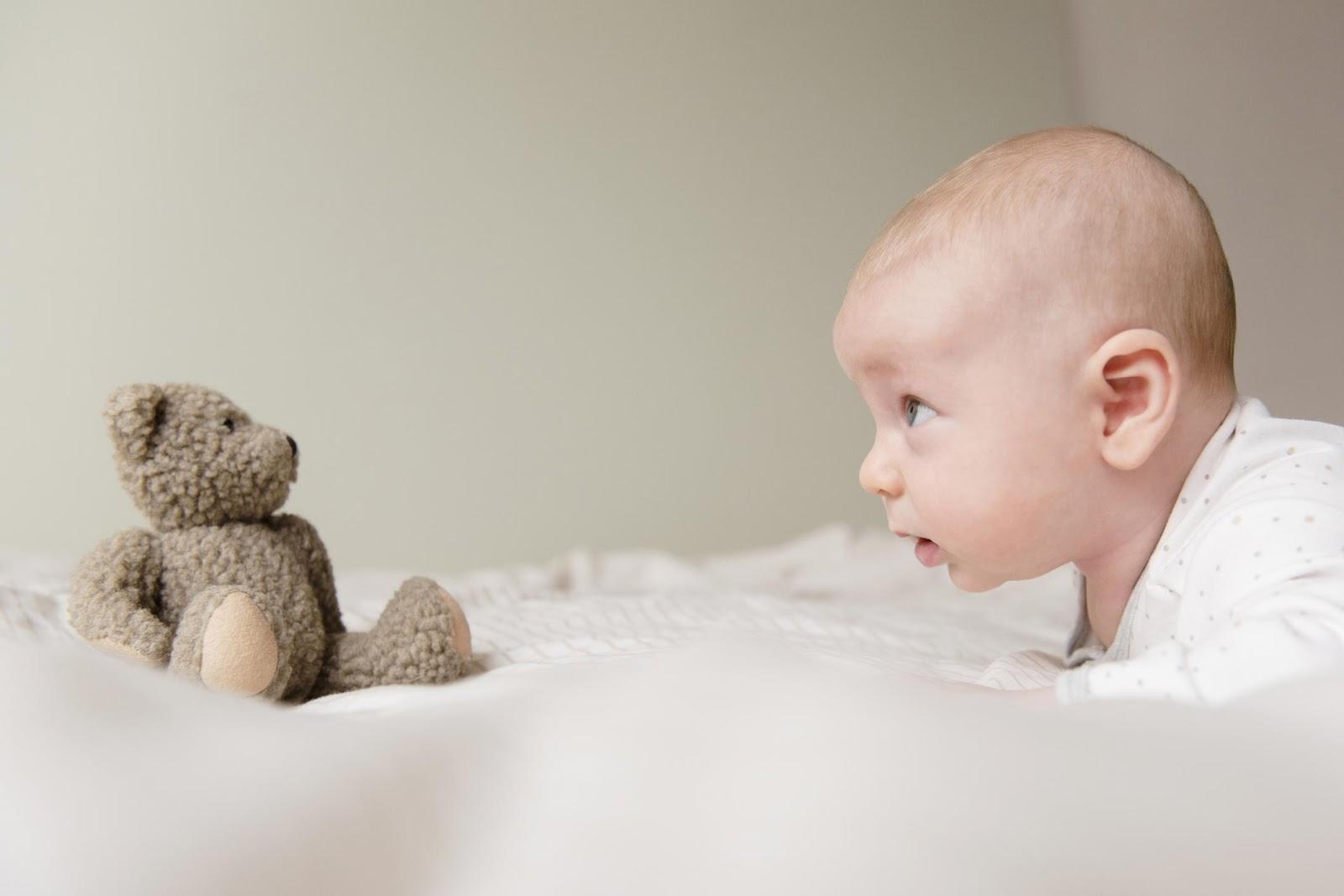
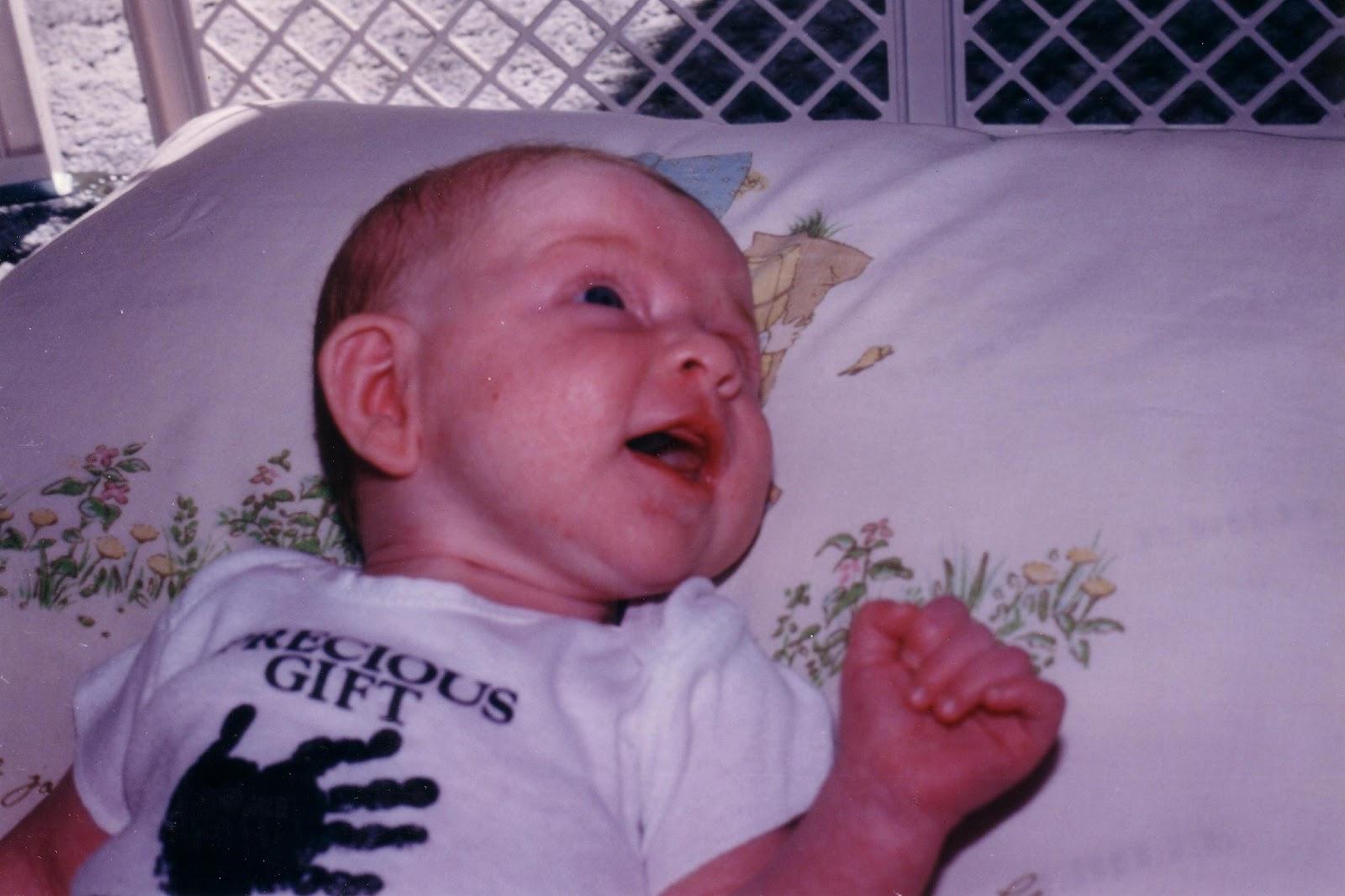
“The education of even a small child, therefore, does not aim at preparing him for school, but for life. – Maria Montessori ”
The “why” is simply the acknowledgment that we as parents have a crucial role in our baby’s development – one that supports their capabilities, not just their dependencies. It’s not just our children who stand to gain; we do too. By learning how our children learn, we empower ourselves to move away from reactive overwhelm to proactive connection – achieving a state of peace, love, purpose, and respect.
The Role of a Montessori Parent
Montessori addressed parents during the 1930s when her method grew in popularity.
“It is tremendously important that we should understand the spontaneous way in which the child develops himself. We are so anxious to help, to us it seems the burden of growth and development is so great that we must do all we can to make the pathway easy. And so, our love may easily overreach itself, and by providing too many urges, too many cautions and corrections, turn the child from the natural path of his development and cause his energy to be diverted. – From the article collection Maria Montessori Speaks to Parents”
This still resonates. Offering our support with respect to a child’s agency is a timeless balancing act.

Applying Montessori Principles at Birth
To better understand how babies are capable, we must acknowledge the human tendencies that Montessori wrote about. These are natural drives we all have, such as our most basic need for safety. But there are more that we experience from birth: orientation, association with others, communication, exploration. Our babies are biologically wired to adapt to their surroundings by acting on these drives that help them make sense of the world.
A prepared Montessori space facilitates:
Freedom within limits : the room is safe and accessible so that the child can be independent. Structure and order: the room is uncluttered, logical and age-appropriate so that they can orient themselves to their surroundings and concentrate. Reality, nature, and beauty: the room is interesting, and it does not relegate the child to “pretend only,” but showcases elements of the real world.
Freedom of Movement is a Priority
We also need to prepare for the baby's wakeful space. While baby gear is the default today, it is too restrictive for their developing mobility. From birth, the desire to move is purposeful and is one of the sensitive learning periods. Motor milestones progress from head to toe as part of the body’s development with the nervous system. Though this process occurs naturally, cultivating opportunities for babies to move helps them gain related strength and coordination.
There are benefits to free movement beyond motor skills. Instead of placing the baby into something that offers the same experience every time, like a jumper, you place the baby in an open, but defined space called a movement area. Here, the baby gets to choose how to move and what to explore, all within the safe limits of what you’ve made available. Baby Fitness
This voluntary exploration means the baby is an active participant – not just a passive observer. This builds their confidence and ability to concentrate, planting the seeds for independent play, thus, better supporting a parent’s need to be “hands free” in the long run. They internalize the message, “I can do this,” when we respect their first moments of play as their own.Toddler Movement
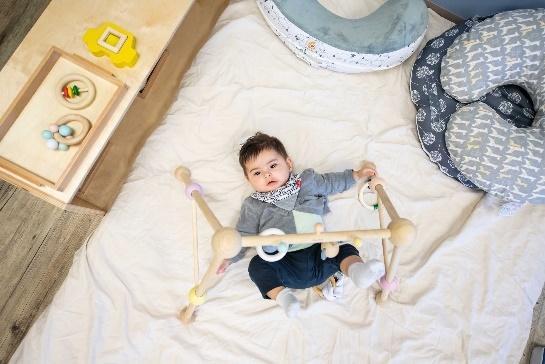
Maria Montessori believed that art was a natural creation universal to the human species — each culture developed its own art as a means of expression. Because art serves as a way of expressing oneself, Montessori developed a method for teaching it that would not get in the way of the child’s expressive tendencies. She taught the means for expression step by step, but encouraged children to combine them by themselves in order to express themselves. Montessori also noted that while her exercises in art permitted the hand to become more flexible, they also enhanced the way the child’s eyes perceived the beauties of nature, feeding the child’s soul.
How to Identify Children's Likes & Dislikes
No two children are completely alike. Even though two or more children of the same age may have similar interests, identifying your child's likes and dislikes helps you understand what makes her an individual. Let your child know her personal preferences are important to you. This validation may encourage her to make life decisions that more closely align with what makes her happy.Language Development
One of the things you can do with a very young infant is very simple, yet may feel awkward at first — talk to her! About anything — your day, your hopes and dreams for her, what you’re picking up at the grocery store — the possibilities are endless. This provides the social interaction your young infant yearns for and begins an introduction to language before she can even engage in it. It may make you feel silly — walking through a store and talking to somebody who can’t respond feels strange at first. However, the more you do it, the more natural it will become.
One of the best things you can do for your youngest infant is read to her. In addition to helping with her language development, this can instill a love for books that can last a whole lifetime.
Many children’s books incorporate rhyming and have a certain rhythm to the words, which infants love to hear! Choose books with simple pictures for your youngest infants, and books with more complex pictures and words for older children.
You can also sing to your young infant — any song you know! Many children’s songs incorporate body parts or movements into them, which introduce your child to the names of things. However, your baby loves just hearing your voice, so you could sing anything to her and she will stare at you in awe as if you are the greatest opera singer. Singing grows your bond with your infant at the same time as introducing vocabulary, music, and rhythm.
Respect
Young infants have no independence or control over their own actions. They are constantly being picked up and put down, often with no warning of the change to come. One of the ways you can begin to prepare your infant for developing independence with her body is to talk to her about what you are doing. When you are going to pick her up, say, “I’m going to pick you up now!” Even the youngest infant can begin to understand that there is about to be a change, but the warning helps them to feel safe. When your infant is a little older, she can lift her arms up to you when you say you are about to pick her up, beginning to take an active part in the process. One of the things I learned in my Montessori training that really stuck with me is that you never approach a young child from behind and pick them up when they can’t see you. Imagine how scary that would be if it were to happen to you as an adult! It is no less jarring for a young infant, so show them the same respect you would expect for yourself — move to where they can see you approaching, and use your words to tell them what is about to happen.
Telling a young infant what you are about to do also lays an important foundation in language development, as you are exposing your child to new words along with the concrete representation of what they mean. When you are changing your child’s diaper, rather than giving her a toy to occupy herself with, talk to her about the process of diaper changing. Tell her exactly what you are doing. Name her body parts as you are dressing her. This involves her in the care process, leading to greater interest in self-care when she has the motor skills that are necessary to take part.
Activities
While most of your Montessori infant’s “activities” are simply participation in regular daily life, you may also want to prepare some Montessori-inspired activities for her. Click the pictures below to find out more about how to put together each of the following activities. Keep in mind that those age guidelines are simply that — guidelines.
OBSERVING YOUR BABY'S PREFERENCES
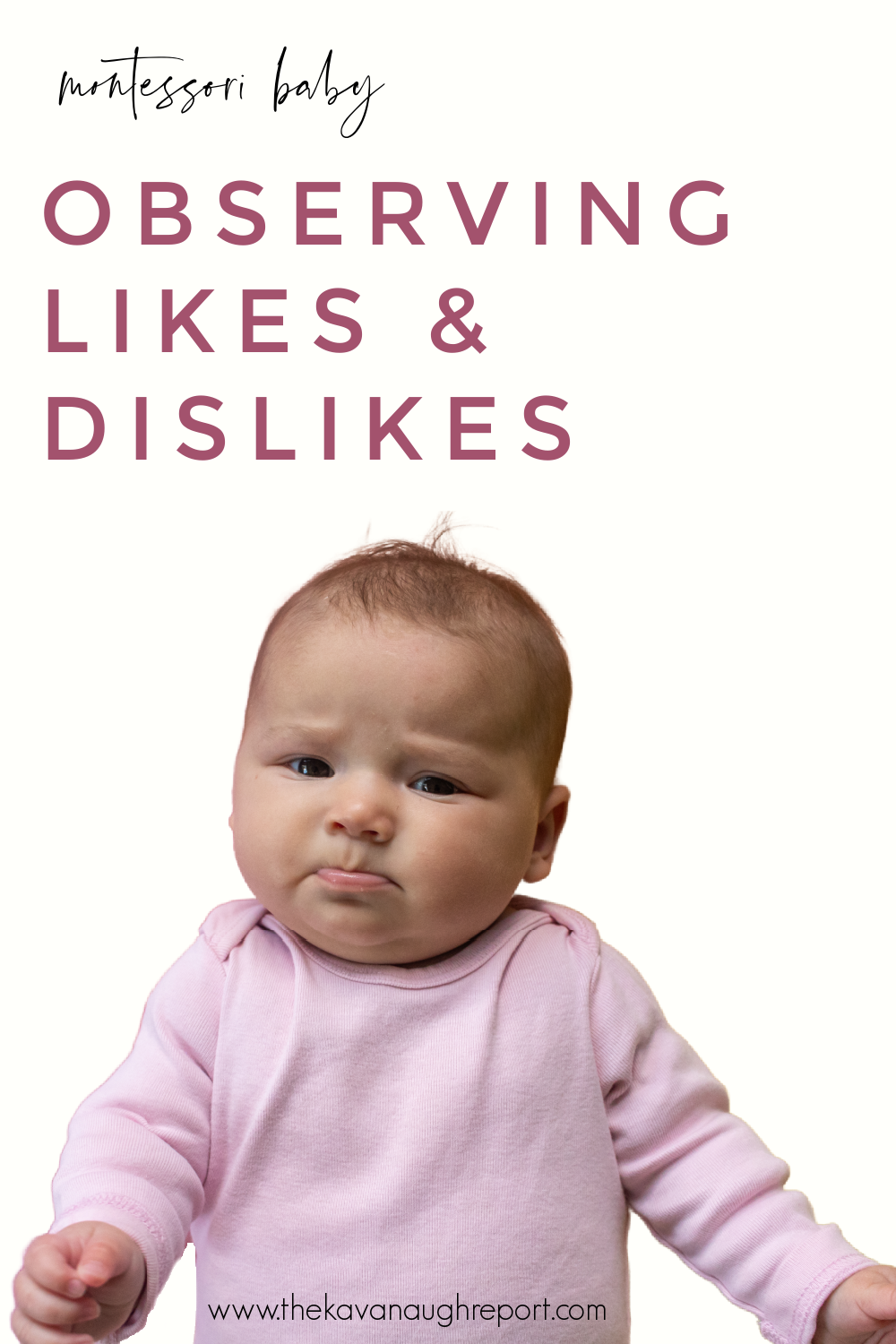
It's been amazing to me each time that we add a new baby to our family how perfect each baby is from birth. Before having children, I kinda assumed babies were just babies and they "grew" their personalities somewhere along the way. But, that really hasn't been my experience. They have personalities, they have likes, they have dislikes right from the womb. That's been part of the fun of a new baby, discovering that personality and seeing the world through their eyes.
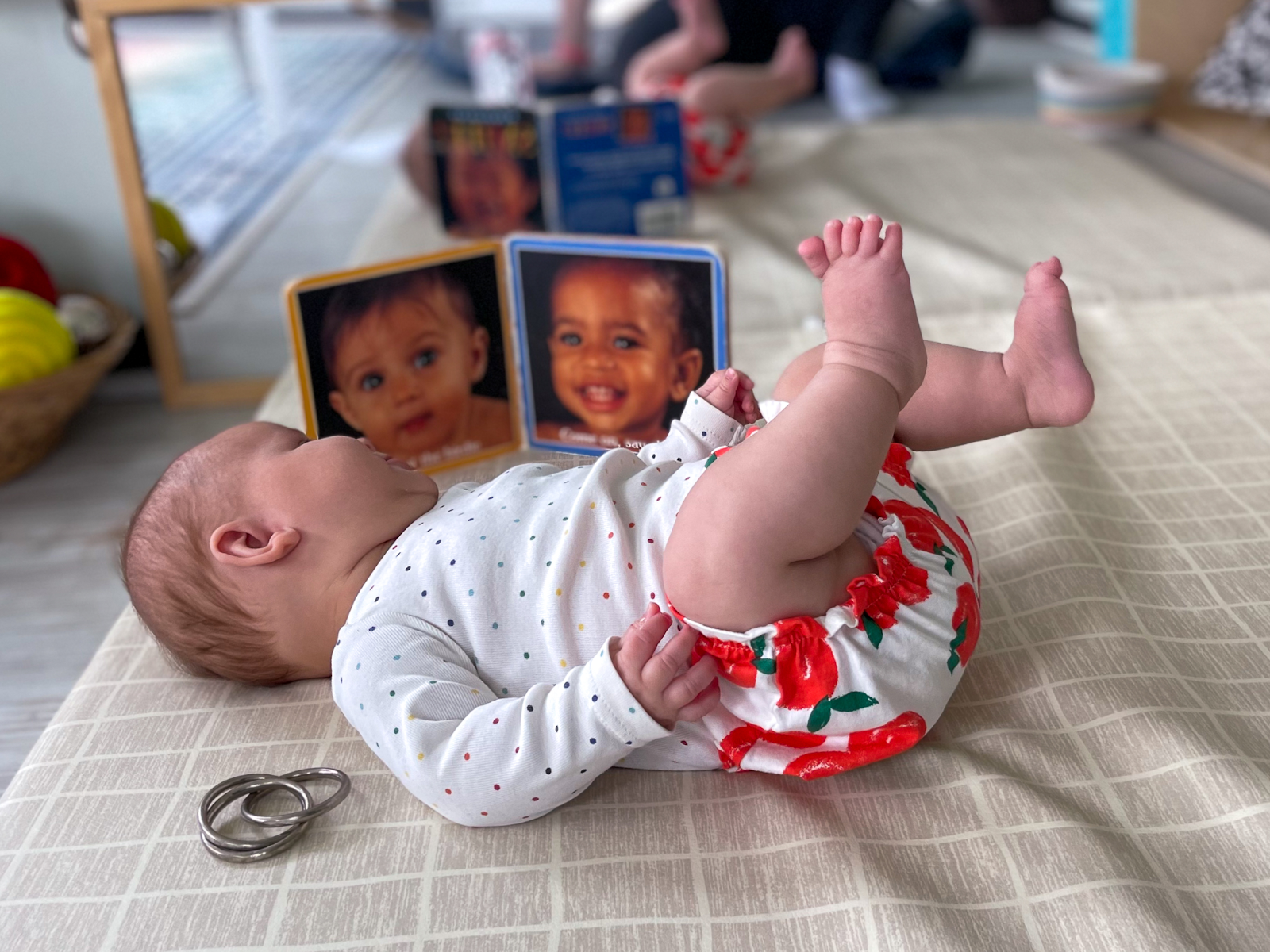
FLOOR TIME AND MONTESSORI NEWBORNS
It's incredible that newborns are just amazing little people right from birth. It's hard to believe but from the moment they are born, they have the power to develop themselves into the adult humans they were meant to become. This work happens from birth, but doesn't always look the way we assume it does. Remember, the most important work of the newborn is to adjust to their environment and integrate into their family. And, that's exactly what Brooke has been spending the majority of her days doing.
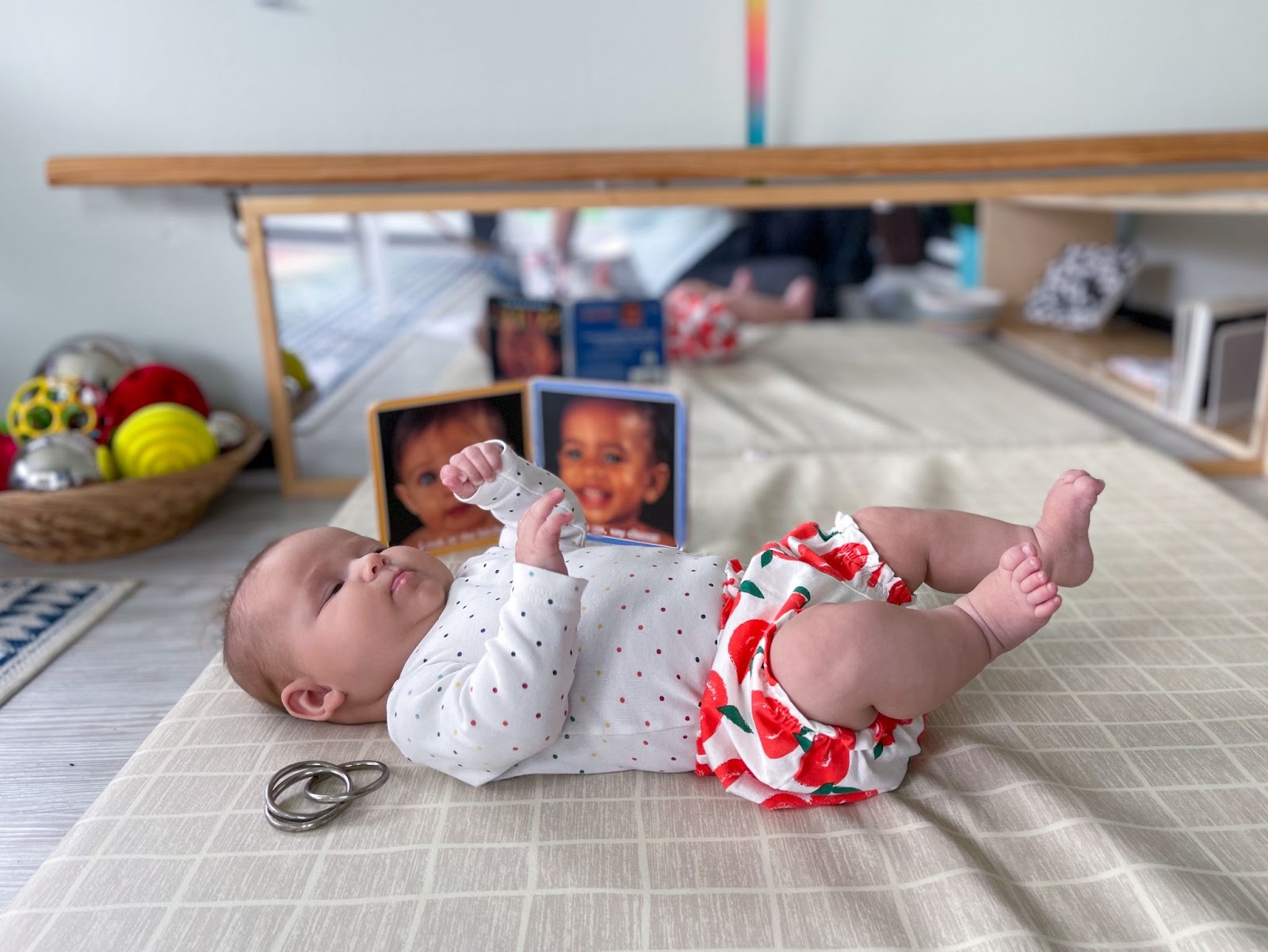
At 3-weeks old, she still is spending the bulk of her days slowly learning to be in the world, establishing new points of reference, and getting to know just how much we love her. But, we are intentionally introducing something else to Brooke's days - floor time. This is the time of day that Brooke is placed on the floor to move freely, and enjoy her surroundings. This is when we are giving her an opportunity to look at a mirror, to look at her Montessori mobiles, or other high contrast images.
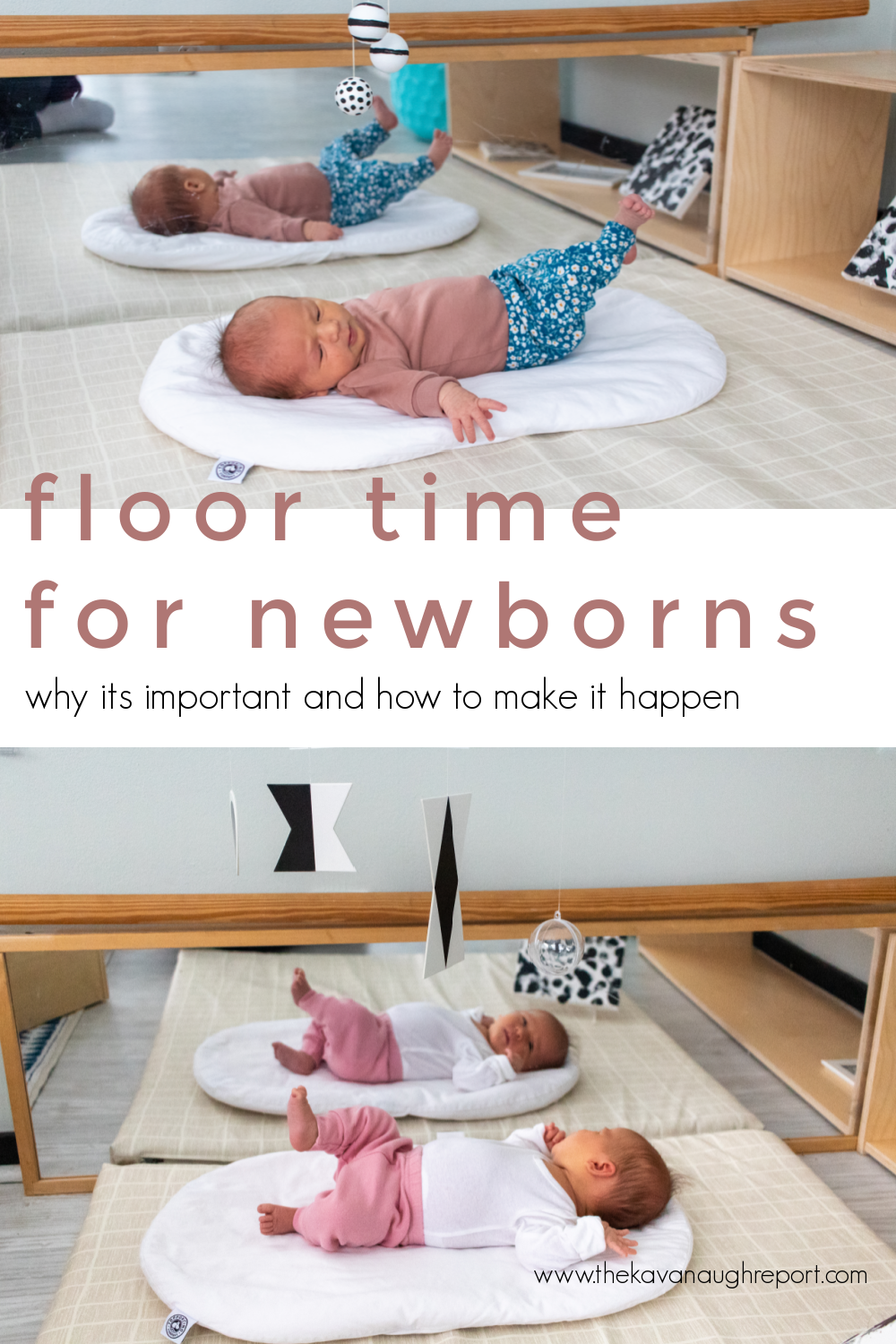
INCORPORATING FLOOR TIME FROM BIRTH
Sometimes when looking at blog posts or social media, it can seem like Brooke is on the floor all the time, or for huge parts of her day. This just really isn't true. We have no specific aim for how much time Brooke is on the floor during the day. Instead, we just intentionally offer this time to Brooke when her other needs have been met.
In RIE we call this wants-nothing or needs-nothing time. This is the time of day when all of your baby's other needs have been met. So floortime happens when your baby has a fresh diaper, is fed, doesn't need a bath or has gas. If their needs are met and they are calm, that's a good time to try placing them on the floor.


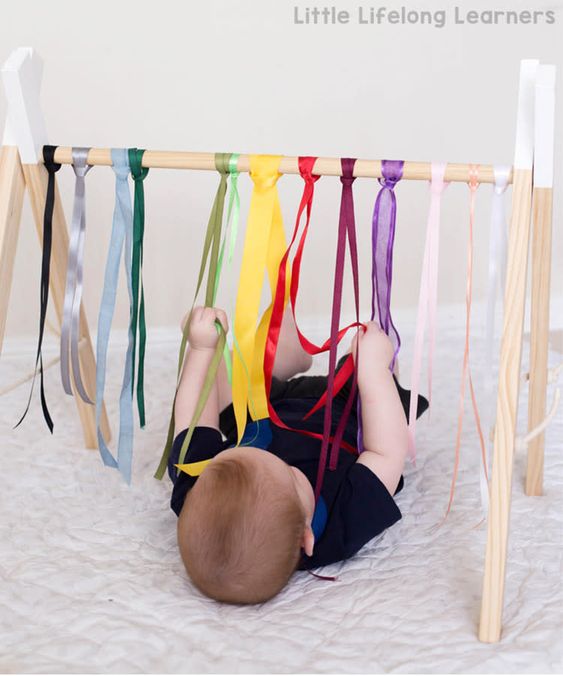
For Brooke, the last couple of weeks she has this wants-nothing time a few times a day usually following a longer nap and feed. But, it's lasting 5 to 10 minutes most of the time. A few times she has gone longer but mostly not. After those few minutes, she might be ready to nurse again, fall asleep, need a diaper, whatever. The priority is always to meet her needs, not force time on the floor.
WHY IS FLOOR TIME IMPORTANT FOR BABIES
There are two main reasons we really value floor time, even for newborns. One, floor time is the perfect opportunity for babies to have freedom of movement. It's through this movement that babies grow and develop. They need this movement to integrate their reflexes, to learn about their body and to explore their world.
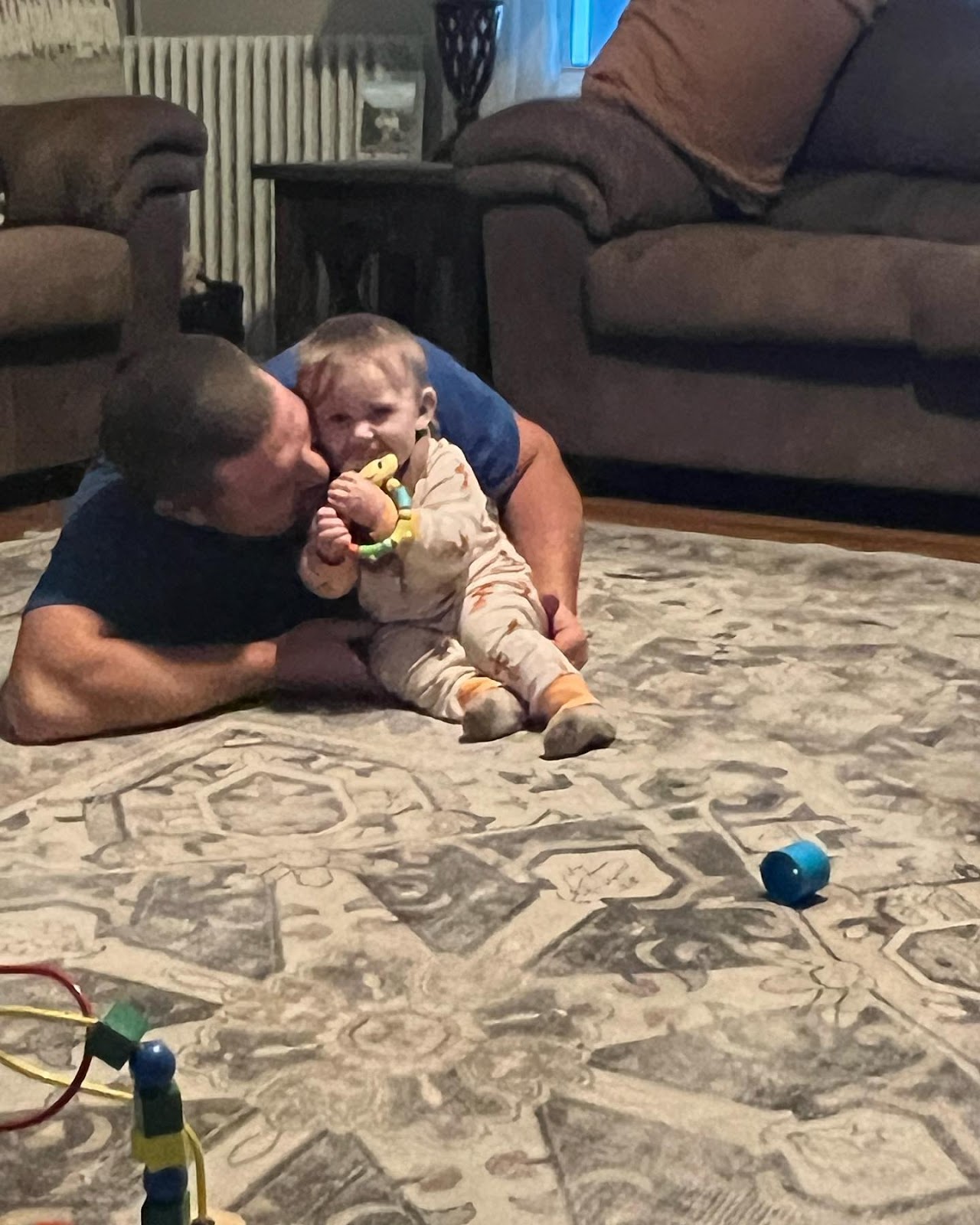
Two, this time on the floor is the initial building block to independent play as they get older. By offering Brooke opportunities to play independently from birth, it just slowly becomes part of her routine. Over time the amount of time that she is able to tolerate time on the floor will grow and grow. She will become confident in her ability to explore her environment and her body.
There is no specific floor time amount that you need to get. The amount of independent play time that a newborn can tolerate will vary a lot depending on a lot of factors including a child's temperament, mood, medical needs, and natural rhythm. We, as the prepared adult, need to observe our own children to determine when and how much they need. Even Brooke's needs will change and adapt over time. Following our own child will help make this a relaxing, and enjoyable experience for you and for your baby.
INTRODUCING PLAYTHINGS WITH YOUR BABY
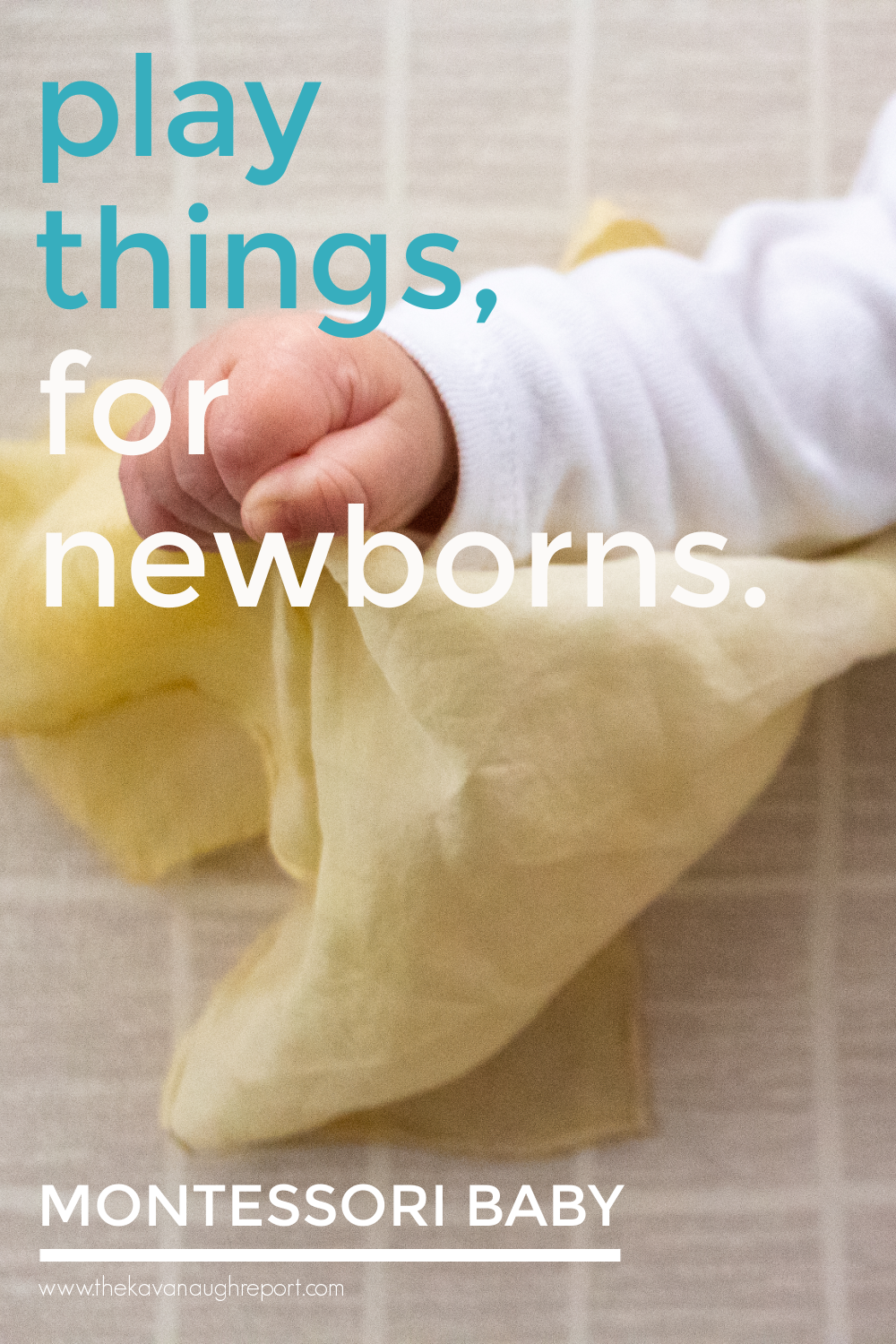
At around 7.5-weeks-old I was carrying Sara around the house when I noticed something - she had grabbed onto my shirt. The next day, she was laying on the floor in our bathroom and grabbed our shower curtain. While these seem like little moments, it's actually a really big deal to me! Through this observation, I can see that Sara is getting ready for more active work for her hands.
And what is the work of the hands for a baby? Toys and playthings! See up until this point, Sara's prepared work has been visual or auditory only. She's had her Montessori mobiles and black and white images or we listen to music (and all the other kids.) But I haven't specifically given her other toys/rattles/etc.
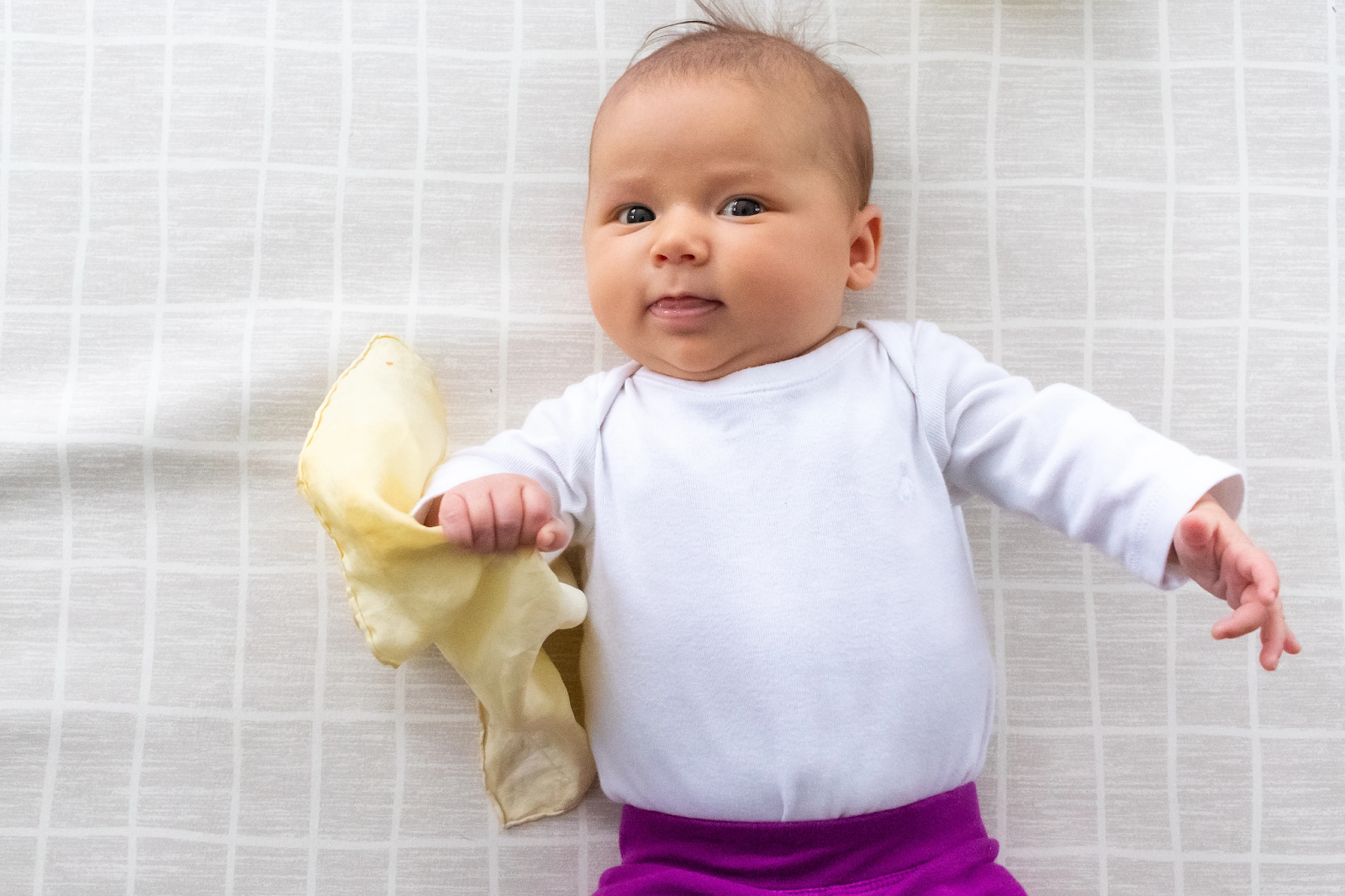
Brand new babies are born with a reflexive grip, called the palmer reflex. Their hand is not closing around items specifically of their own will. Sometimes the palmer reflex is mistaken for an intentional interest in holding onto playthings for early babies - I know I definitely have made this mistake in the past. But, we don't really know if they want to hold on to those items or not. Slowly over the months following birth, the baby's reflex will weaken and more intentional grasping will take over.
One of the first signs for me that some intentional grasping is happening is when babies, like Sara, start grabbing things that aren't purposefully placed into their hand - especially cloth around them.
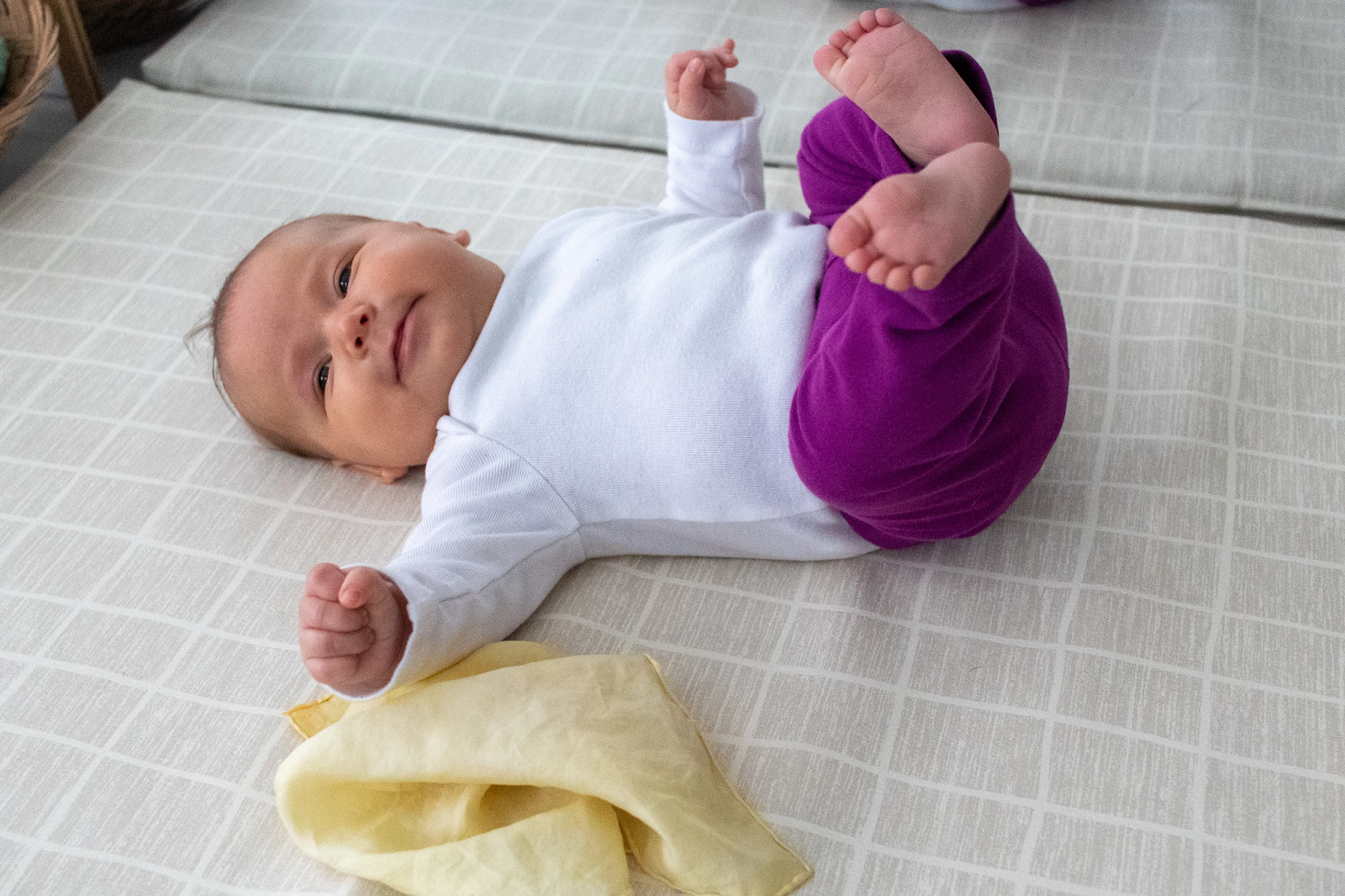
20+ Montessori-Inspired Art Activities for Infants and Toddlers
Forest School and Nature Experiences for Babies
Forest school activities for babies – Why they’re so beneficial
Join us as we explore how forest school activities for babies can ignite their natural curiosity and foster essential early development…Babies are sensory-motor learners. When newly born, they have a well-developed sense of touch overall, but limited finger pad sensitivity.
Due to nature’s programmed survival instinct the majority of their senses are concentrated around certain areas on their bodies, for example, their lips. To aid babies’ development, we need to provide a sensory-rich environment with many textures, temperatures, colors, smells and sounds. Consequently, the great outdoors is an ideal learning environment for even tiny infants because it engages all of their senses. They advance their physical development to new levels in response to the many different sources of stimuli. For example. varied environmental effects motivate them to move their bodies in many different ways, encouraging them to:
pull themselves up
reach
grasp
sit
crawl
walk
In order to take advantage of the body’s ability to improve through sensory-motor learning, we need to give the brain ample opportunity to recognize and understand productive and counterproductive information, based on basic movements. Neurophysiologists have observed that conventional exercises, with their focus on muscular effort, force and speed, inhibit the brain’s ability to function properly on the body’s behalf. It becomes impossible for the brain to make the clear sensory distinctions needed to improve the body’s organization. However, when movements are slow and easy, they activate the brain’s movement center's and generate a flow of valuable information between the brain cells. During forest school activities we can give time and space to allow babies to make slow and concentrated movements. This leaves the brain free to make important sensory distinctions.
Stimulating the senses
Unlike all the activities you usually need to carefully plan and organize indoors in order to offer a rich, nurturing and appropriately challenging environment for very young children, the magic of forest school activities for babies is that they occur mostly naturally. Here are some of the ways in which the natural environment can engage infants’ senses:
Hearing
Sound moves in a different way outside due to the lack of physical limits and the effects of natural forces. For example, it may change naturally with the wind or variations in air pressure. In the very early stages of their development, up until the age of six months, babies are able to differentiate sounds much more effectively than adults. Therefore, they’re significantly more receptive to air movement and animal sounds. Young babies are also naturally programmed to be curious and alert, and as a result they love being outdoors.
Forest school environments, as opposed to conventional early years outdoor settings, offer a large variety of unusual sounds.
Vision
Light is more varied in natural environments. It sometimes changes very rapidly with the weather – even over the course of 15 minutes. It is filtered by trees and bushes and appears differently in different parts of a site. Natural puddles of light act as a great source of fascination for young babies. The changes in illumination stimulate their eyes to adapt, which in turn stimulates their brains.
Smell
Young children’s sense of smell is greatly stimulated outdoors, particularly in the diverse surroundings common to forest school. Scents (like grass, earth, flowers, rain, mud, tree bark, etc.) that babies are unlikely to encounter in a conventional outdoor setting encourage them to pull themselves up to standing and investigate the source of the smell. These sources occur naturally at different levels, so babies need to work out how to access them, for example, how to smell the grass without falling forwards.
Touch
At birth, babies move rapidly from the warm, soft, protective environment of the womb to a different world with many different sensations. All of a sudden they are able to feel the air, surfaces and clothes on their skin. These feelings take time to get used to and babies are learning about life with each touch. Touch is the key sense when it comes to them exploring the world.
Outdoors, they can lie on or sit in the grass; they can feel textural differences tickling their skin. Babies’ mouths and tongues are their most touch-sensitive areas, and once they are able to intentionally grasp objects – usually by three months of age – they will begin to mouth them. Whilst mouthing objects can cause particular health and safety issues during forest school activities, careful supervision of babies can open up an environment that offers a sensory wonderland like no other.
Spatial awareness
Children appreciate liveliness and colors but not necessarily the stereotypical choices. Warmer, natural tones are more nurturing in general, whereas harsher colors can be emotionally frigid for a growing infant. Softer tones, rather than brash, bold colors, can help babies develop a sense of refined appreciation, and they may be able to spot splashes of brighter tones in nature.
Children are very sensitive to energy flow and the communication of external objects, which helps the growing brain to understand placement and integration in a larger sense. This is something forest school activities for babies can naturally provide. Children like natural places as they are creative, active, reflective, emotional and social.
Planning forest school activities for babies
The main principle of the forest school ethos does not change for babies. The learning that takes place should be based on play and exploration, and built upon week-on-week. However, as babies perceive the world around them differently we need to adapt forest school activities to suit their needs. While a typical forest school session will run for one-and-a-half hours, for babies a mere 20 minutes can be very valuable, although you can extend this. Start your sessions with the same routine: getting ready to go outside – dressing in appropriate clothing, wellies (or shoe covers) and waterproofs. Next, gather at a seating circle of logs to catch up with what happened at the last session. Show babies objects and draw their attention by pointing and talking to them. You can also discuss the weather. You can offer a wide range of forest school activities for babies, including bug hunting, mud painting, collecting and touching.
Make sure to follow any child-initiated activities.
Introduce the basics of building and tool use via the use of natural objects as building blocks and handling sticks. At the end of the session, repeat the gathering.
Health & safety
One of the main worries that comes when planning forest school activities for babies is the issue of mouthing small objects. However, with appropriate ratios and adult attention you can minimize this risk. You will of course need to do a risk assessment and carefully assess the weather (especially sun, wind and frost) prior to and during sessions. Don’t forget to offer drinks regularly too.
Why Babies Learn in the Natural World
Conventional wisdom in the U.S. is to bundle babies up and keep them indoors. But research and long held wisdom around the world tells us that infants and toddlers in well designed outdoor spaces benefit from access to a wide variety of sensory stimuli the likes of which they just can’t experience indoors.
“Babies thrive out-of-doors. They sleep better, eat better, look better, play better, and learn better.” – Magda Gerber
The first months and years of life are a “critical period” in which the brain develops more than any other time—when the foundation for a life’s worth of learning is laid. To the parent and educator in me, this can feel like both an incredible opportunity and an overwhelming responsibility. Adults, especially parents, are born ready to support their babies as they grow. But, it can feel hard to see that, especially as we are trying to learn to parent a brand new human, and there is so much advice and expertise tugging at us.
"Genetically, infants are wired to learn and their parents are wired to help them." —Ann Lewin-Benham
One easy way to play your role as #1 supporter of baby’s development is to provide an ideal learning environment. Since babies are born with the instinct to explore and learn how the world of people and objects works, a natural setting is a wonderfully stimulating environment for them to grow. The benefits of nature to babies abound, and to follow are a few of our favorites:
Because of the variety and richness of the sights, sounds, textures and smells in nature, the outdoors offers increased chances to expand a baby’s understanding of the world.
The more we learn about the brain, the more it makes sense that greater sensory opportunities like those in natural settings also support synaptic development in the brain—the defining work of baby’s brain during this period. On average, the human brain grows synapses from around 2,500 to 15,000 total in the first two to three years of life.
As babies grow, the outdoors offers surfaces and objects that are ready-made for baby to use to challenge him or herself on the next gross motor achievement and that give feedback to help baby increase strength and balance. This means enhanced physical and motor development.
Exposure to the microbes that live in natural environments boosts immune system development, leading to a healthier childhood and even adulthood. Whether or not you agree with the hygiene hypothesis, research from around the world and dating back to the 1900s shows that young children who spend more time outdoors are less likely to get sick.
Reduced stress and anxiety for both baby and treasured adult and increase in positive emotions and limit the stress that we know can deter healthy development across domains.
According to research, knowledge of the natural world gained by young children through direct experience leads to greater respect for and love of nature. If we want our children to connect to nature for a lifetime, infancy is a prime time to foster that connection. Infants and toddlers have not yet formed a fear of nature—a fear which, according to experts including Richard Louv and David Sobel, is increasingly present among older children and adults and is associated with lack of experience and/or knowledge of the natural world. Because the adults in an infant or toddler’s life have a tremendous influence over that child’s experience of the world, we can offer them this direct connection and set them on a path of stewardship from the start.
Nearly all pediatricians recommend spending increased time outdoors with infants, for the many health and wellness benefits to both baby and parent.
Perhaps best of all, research from the Journal of Sleep Research shows that time in nature even helps babies establish healthy sleep patterns. The more babies can rest, the more resources they have to learn and the better they can solidify their cognitive, emotional and physical development. Plus, as any parent of an infant knows, getting baby sleeping regularly is worth gold!
Here are a few simple things to try to help provide the benefits of nature to our babies:
Spend even more time together outdoors. It sounds simple, but there are barriers that keep us indoors—weather, gear, nap schedules and, worst of all fear. But, there are ways around it all. Babies have so much to learn, and the sensory stimulation that natural settings provide supports so much learning.
Walks are a super starting place: If you are just getting started, focus on taking longer and longer walks outdoors with your baby. Whether you are wearing your baby or pushing them in a stroller, your baby will benefit from the sunlight, the fresh air and the myriad sounds, smells and sights that come with being outdoors.
Get on the ground with baby:
If you are already getting around outdoors with your baby, try getting down and giving your baby lots of direct contact with the earth. If going right onto the dirt or grass feels like a stretch for you or baby, start out on a blanket and watch your baby play with her hands and feet or with a few objects from home or nature that support exploration. Just moving the play you might do indoors outdoors offers baby the benefit of the sensations, sights and sounds of being outdoors.
If you’re ready, start to have daily tummy, seated exploration or crawling time right on the grass or dirt. Watch your baby interact with and manipulate the grass, moss or whatever covers the ground. There so much to discover as baby feels and tugs at the ground cover. Place natural objects like smooth stones or safe herbs within reach and see how baby explores them.
If your baby is already crawling around or walking, get a low box or bin and fill it with nature treasures. Some of our favorite treasures for babies include pine cones, smooth stones (greater than 2” in any direction), edible herbs like basil, edible flowers like violets, and bunches of grasses tied with twine. Watch how your baby explores these objects, and enjoy exploring them yourself right alongside. Definitely, enjoy how silly a tickle from those grasses can be.
Gear up: Read more about how to dress baby for when the weather is wet or cold. Remember, you’ll be on the ground too, so you may want gear that will keep you comfortable too. Polarn O. Pyret has high-quality outerwear for infants and babies. Polarn O. Pyret is pleased to support Tinkergarten Leaders and families with a standing 20% off outerwear. Sign up here.
Join a community! We love organizations like Hike It Baby that help get parents and babies spending more time together out in nature. Visit tinkergarten.com/babies to find a class near you, or to request one if Babies classes are not in your area yet!
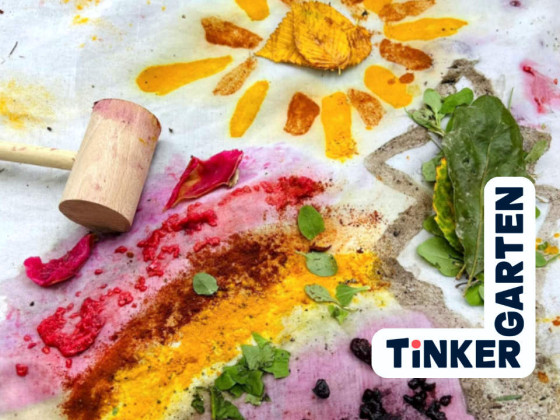
Arts & CraftsMake Nature Paint
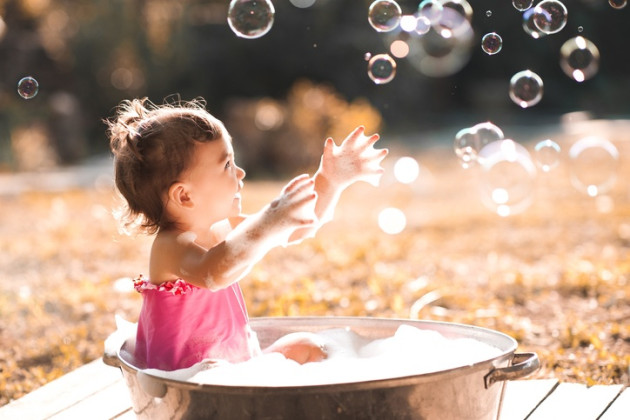
Family Games5 Water Play Ideas and Games for Babies
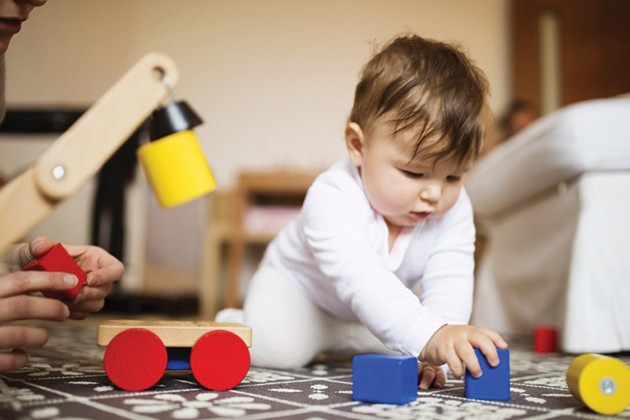
Family Game- Easy Math Games to Boost Your Baby’s Math Skills
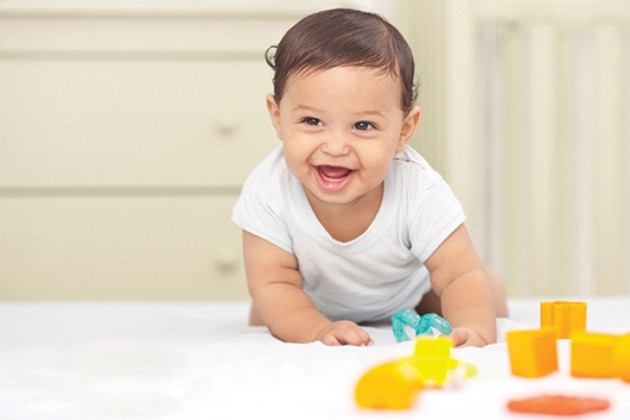
Family Games -5 DIY Toys Your Baby Will Love
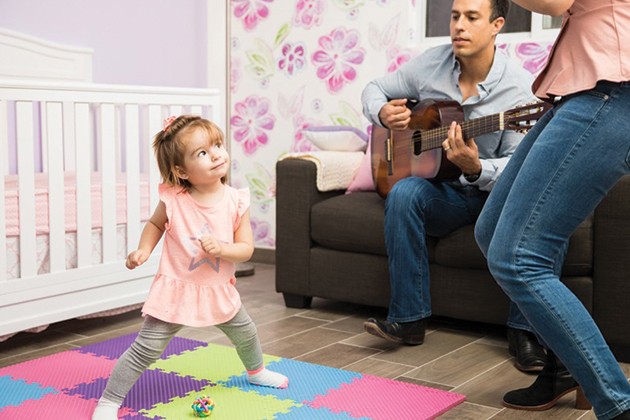
Family Games -Adorable 5-Minute Games for Babies and Toddlers
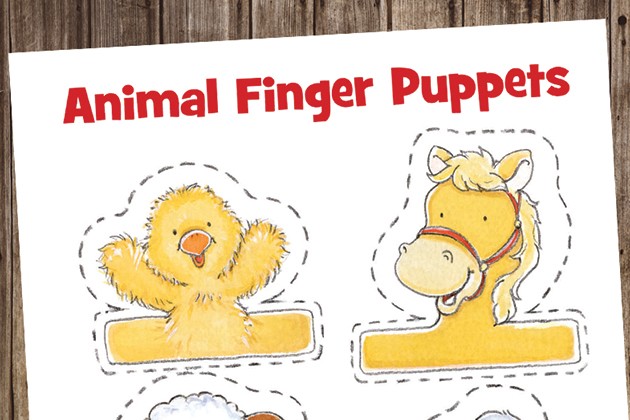
Recipes-Printable Animal Finger Puppets-
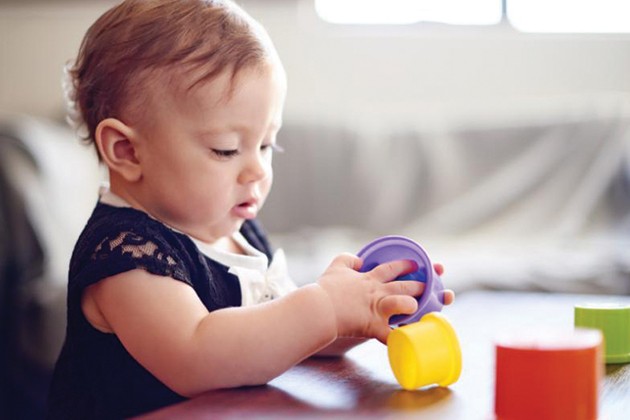
Family Games -5 Cause-and-Effect Activities and Games for Babies
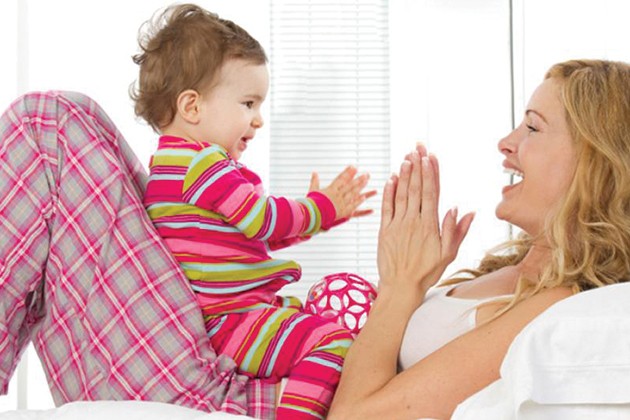
Family Games-Hand and Finger Games to Play with Your Baby- --
